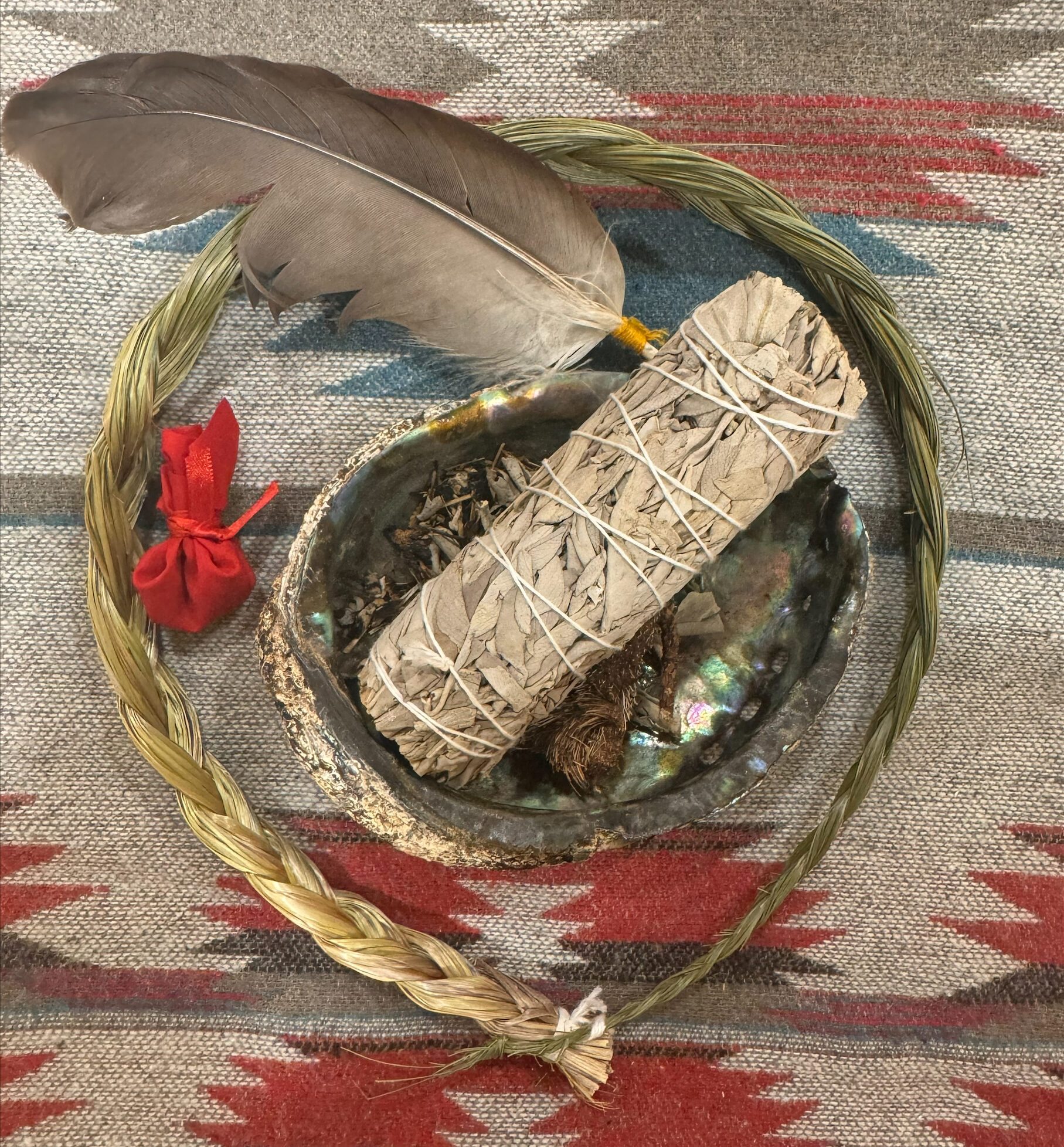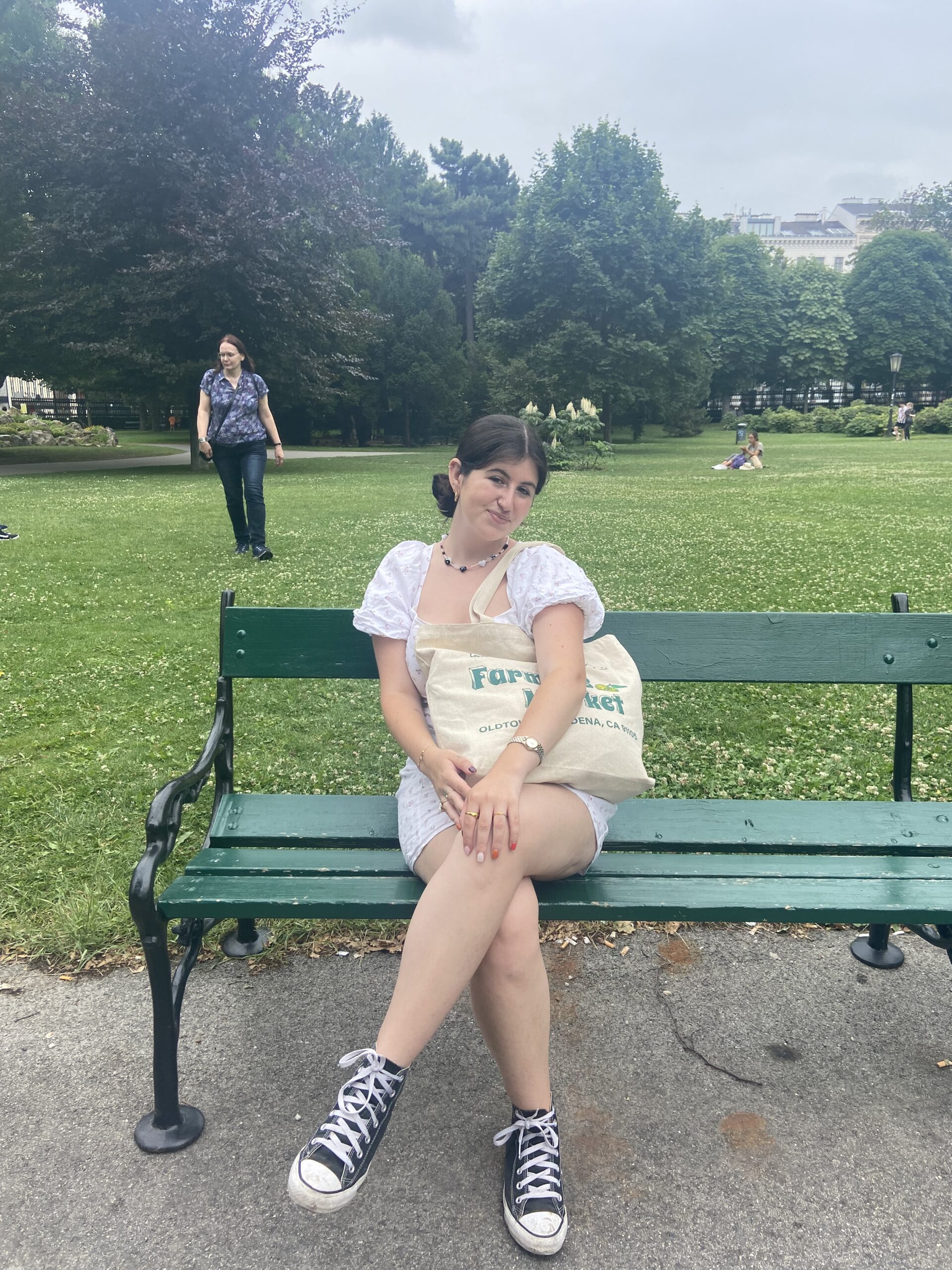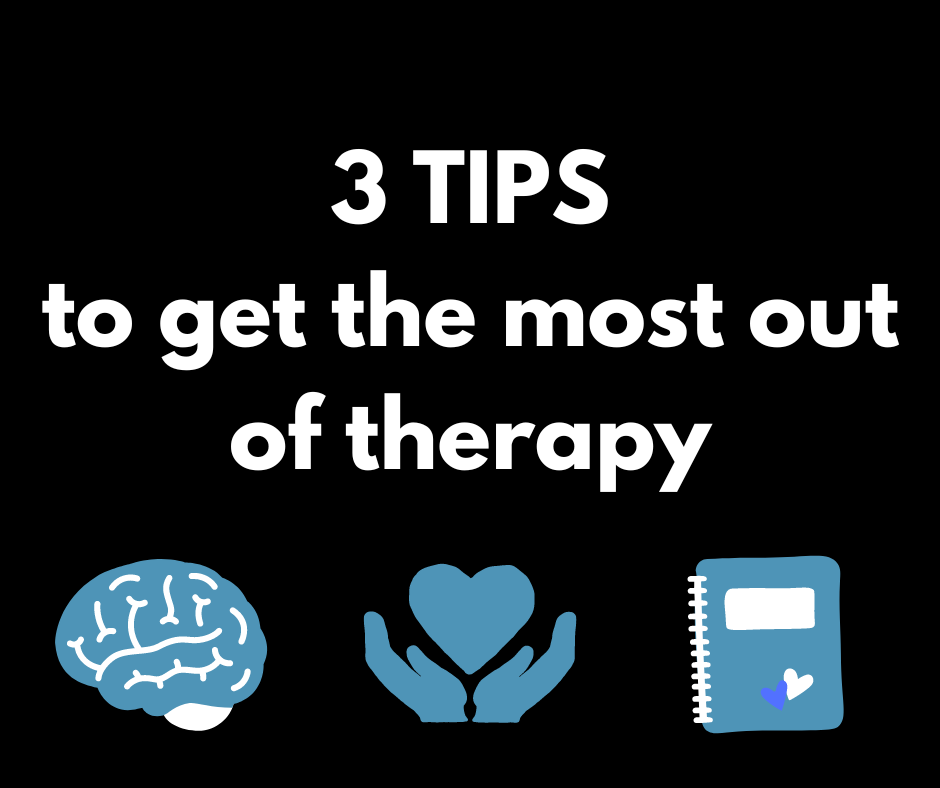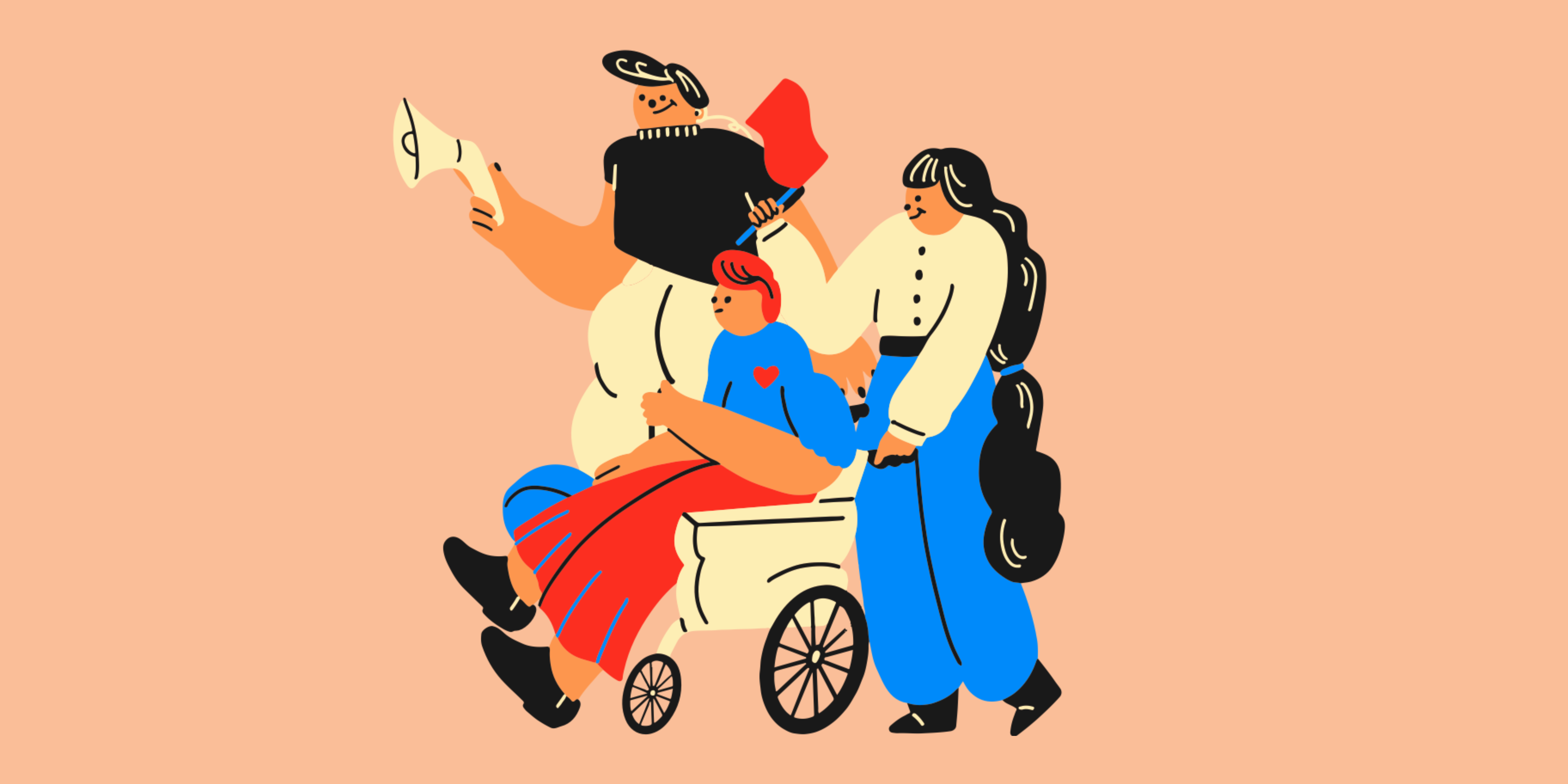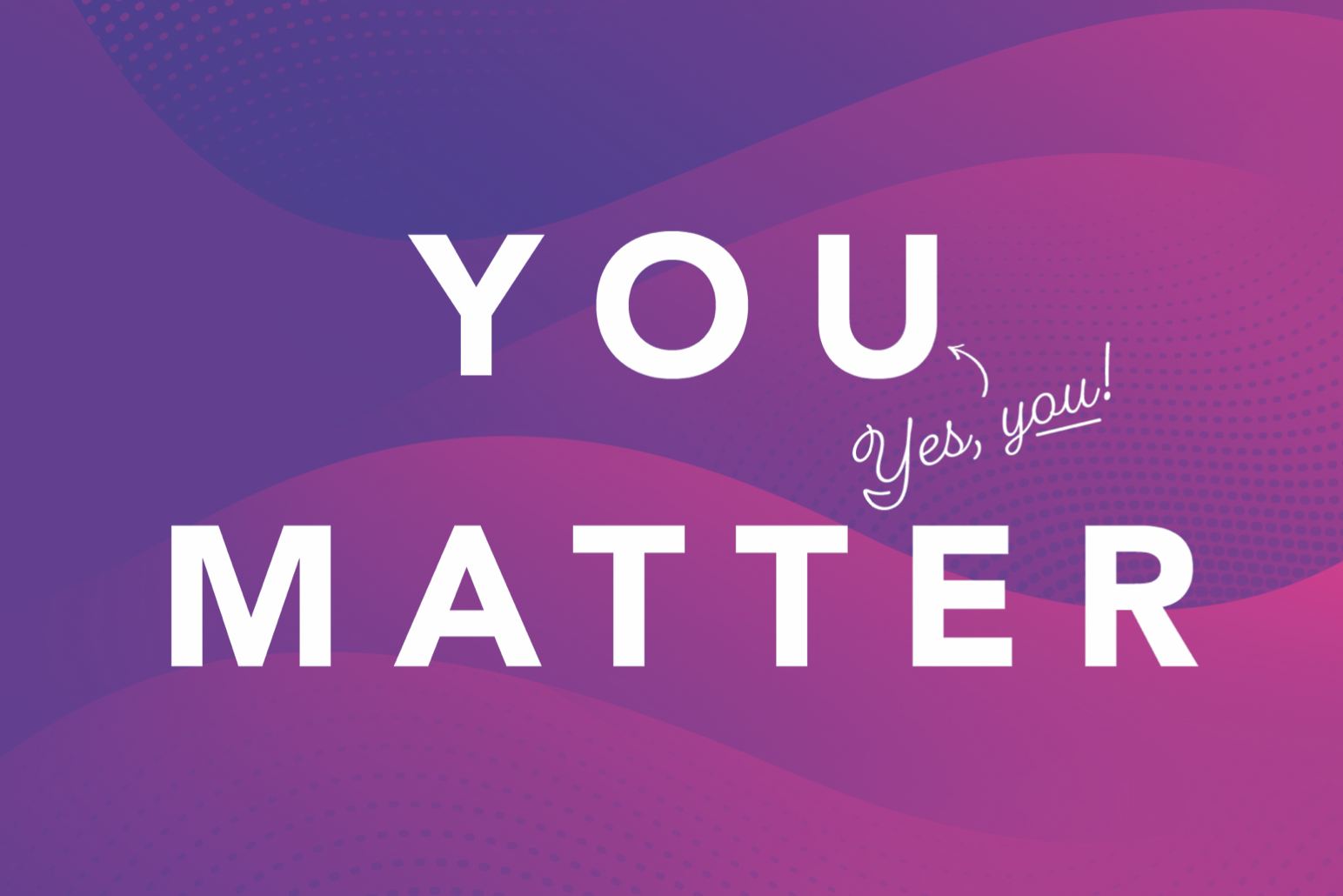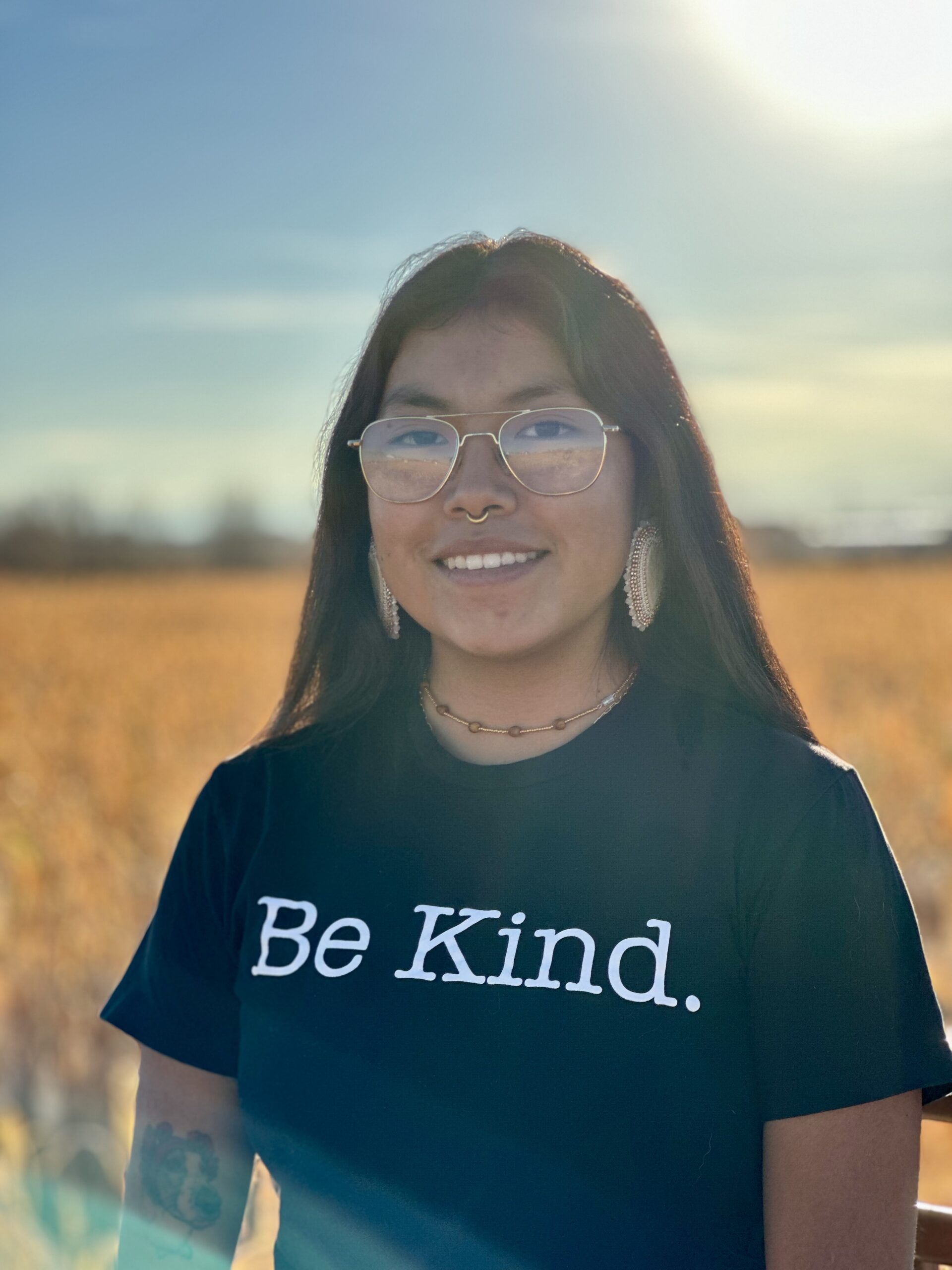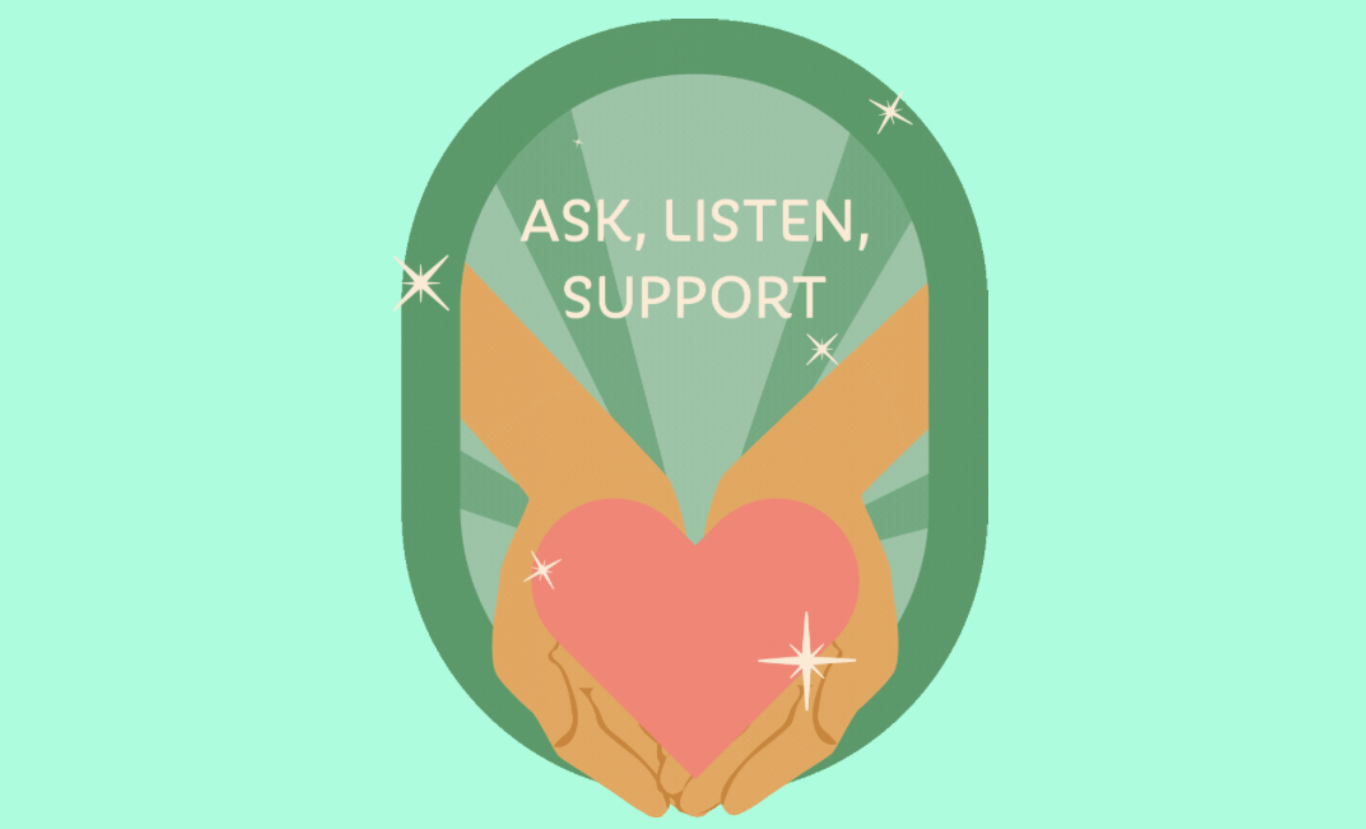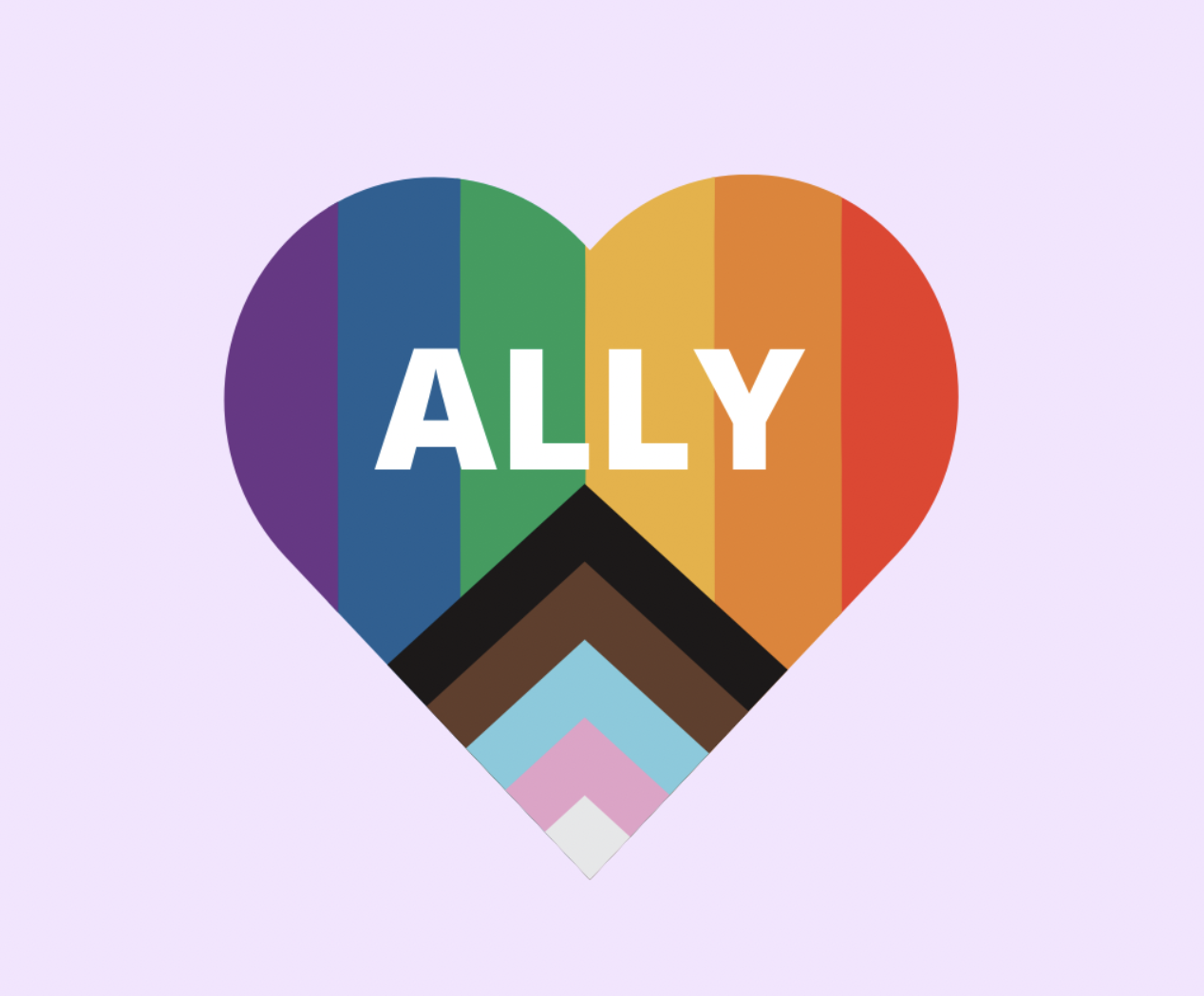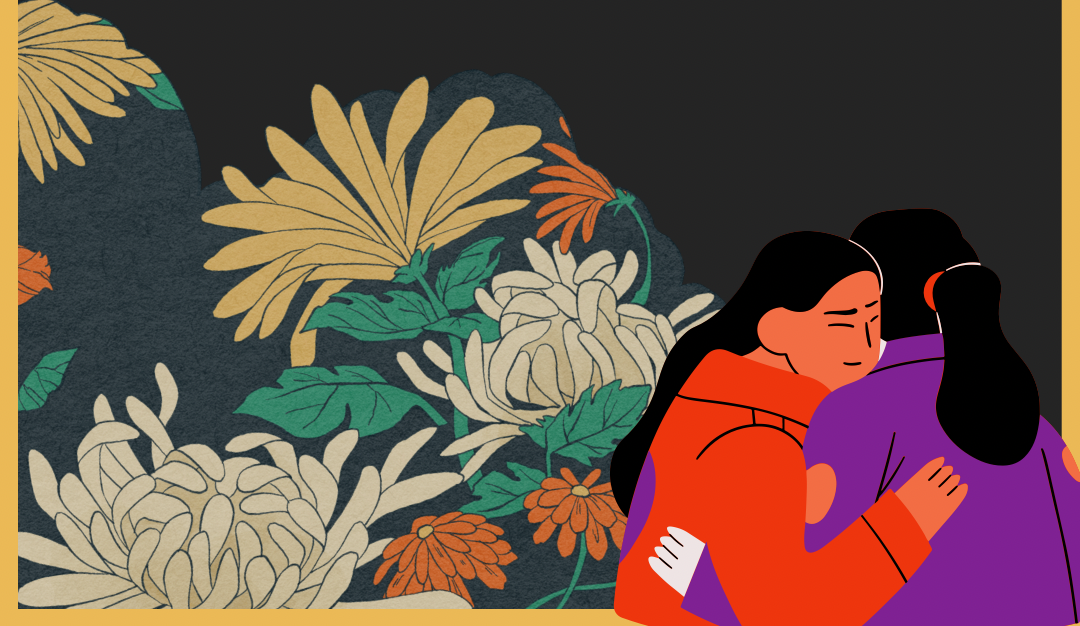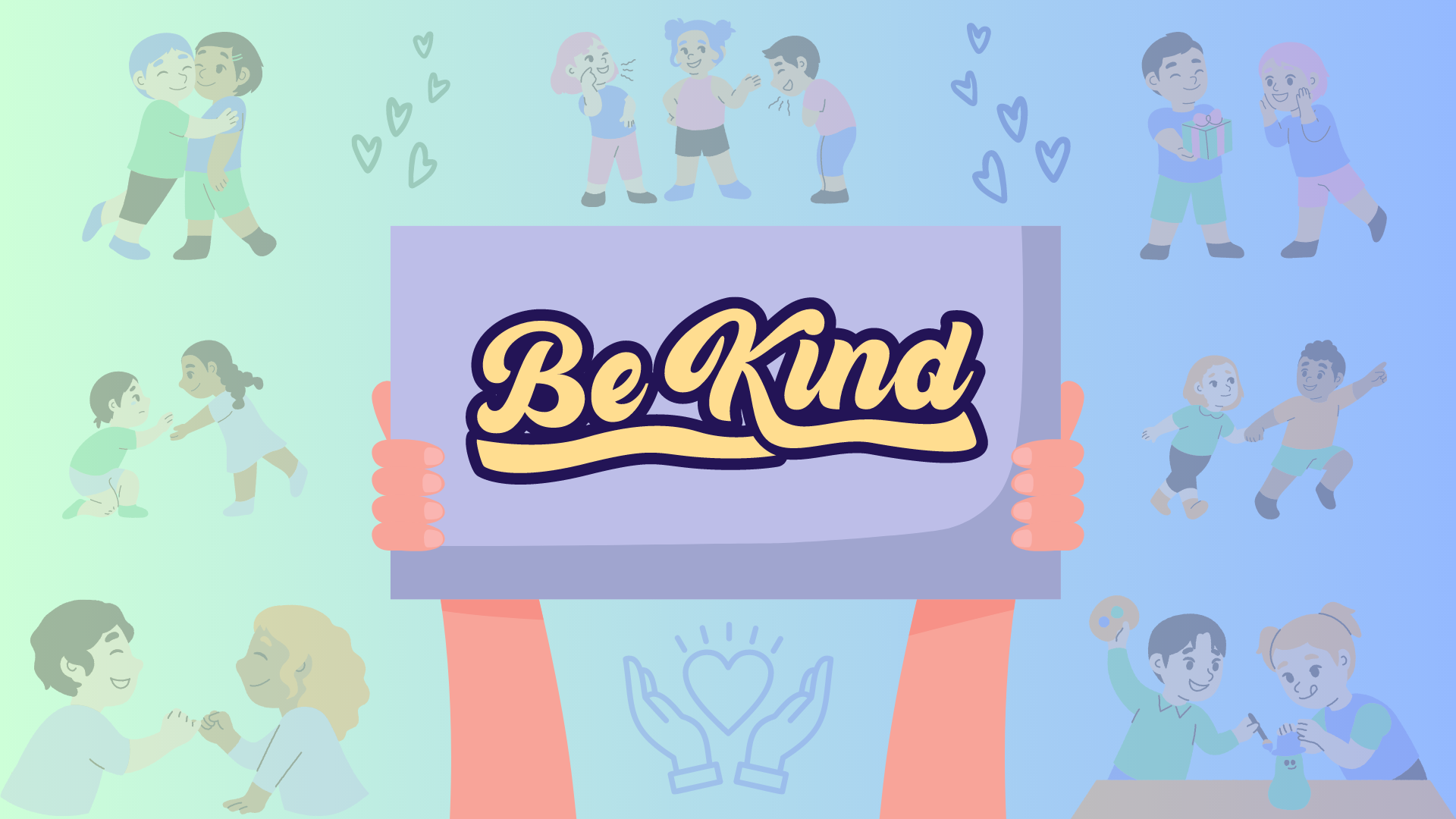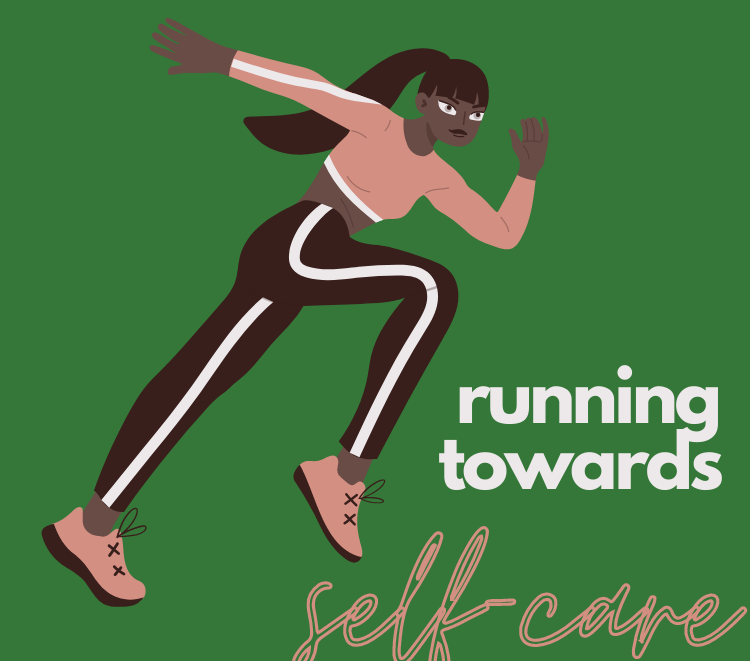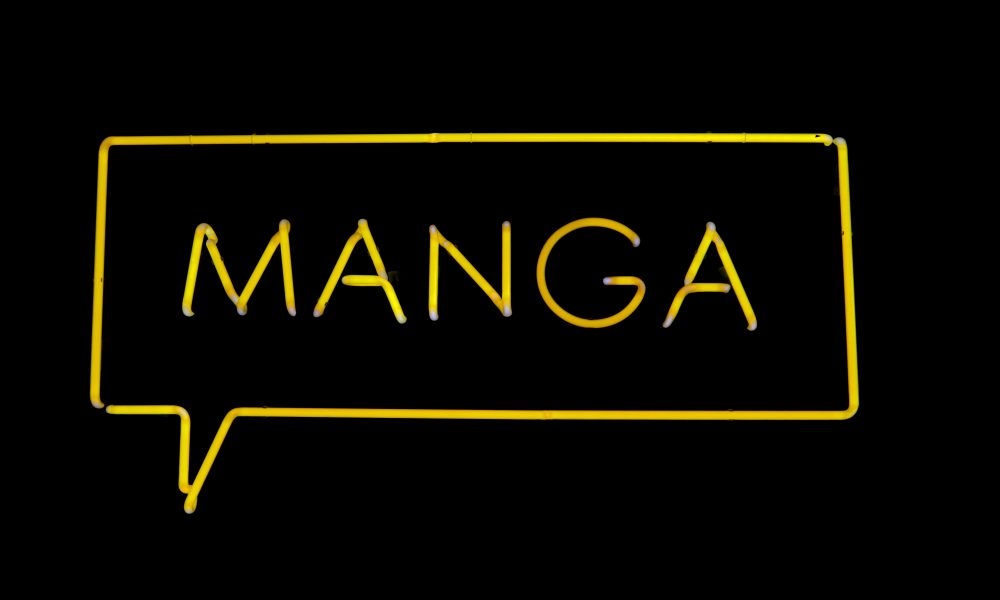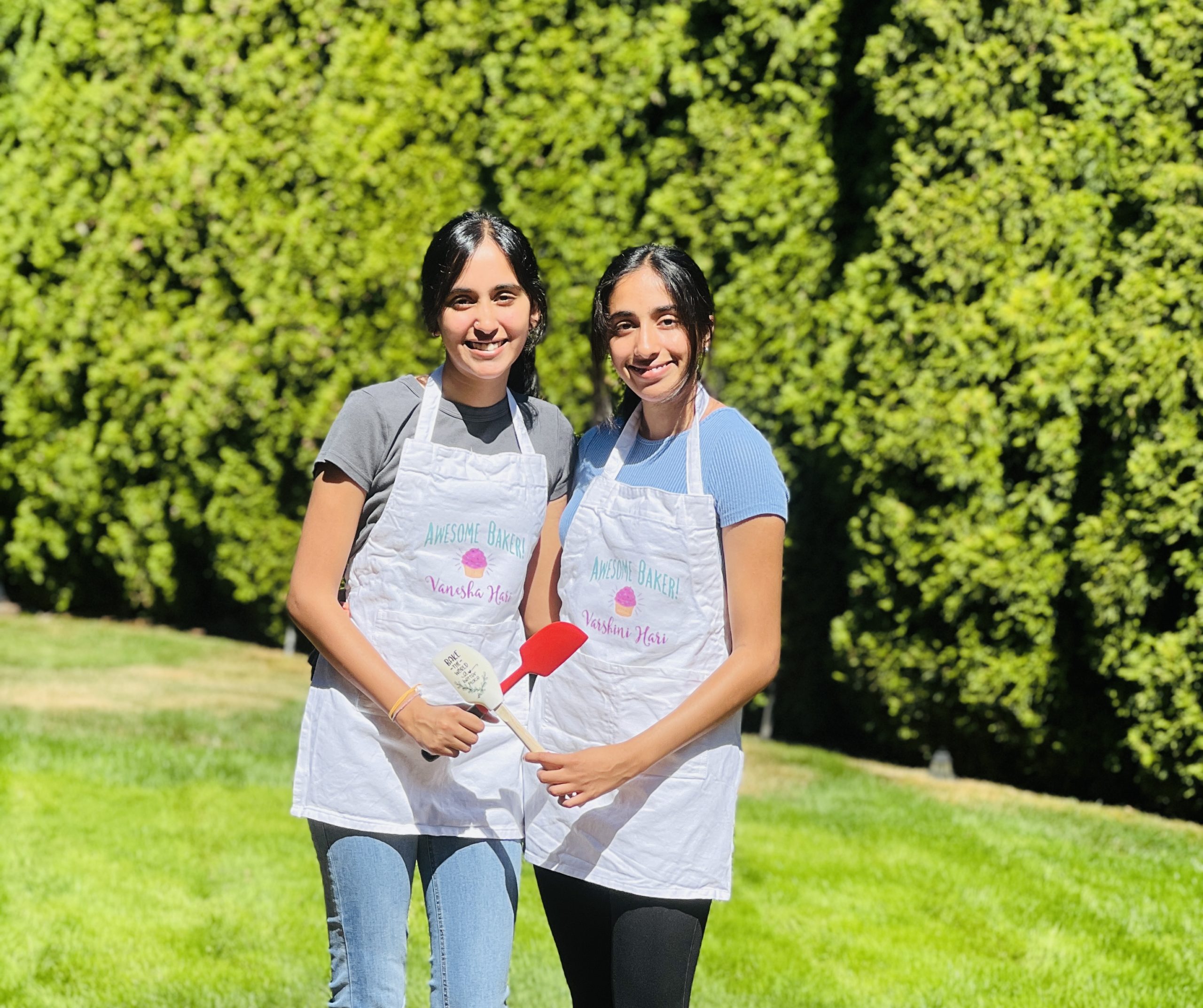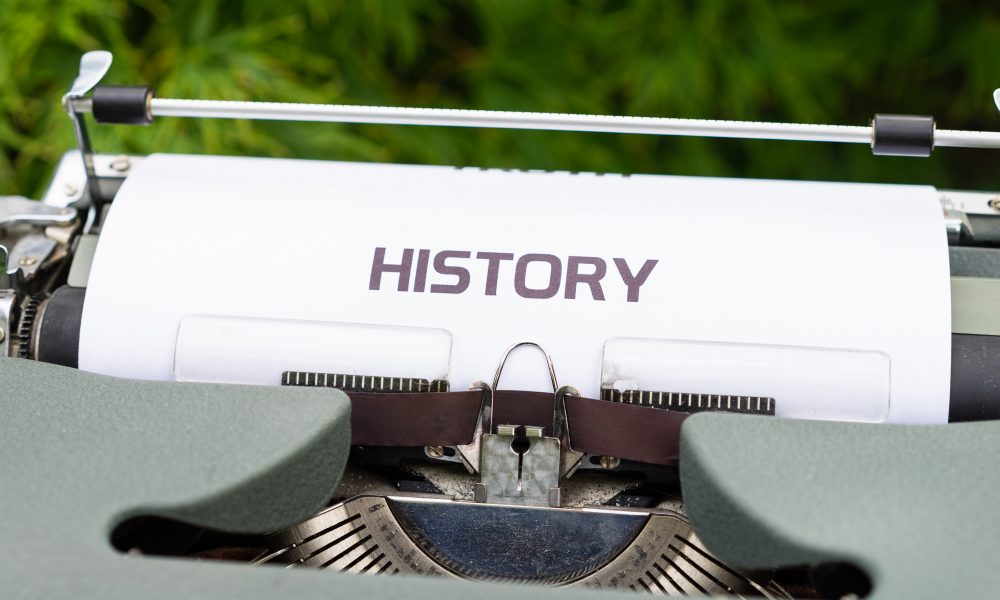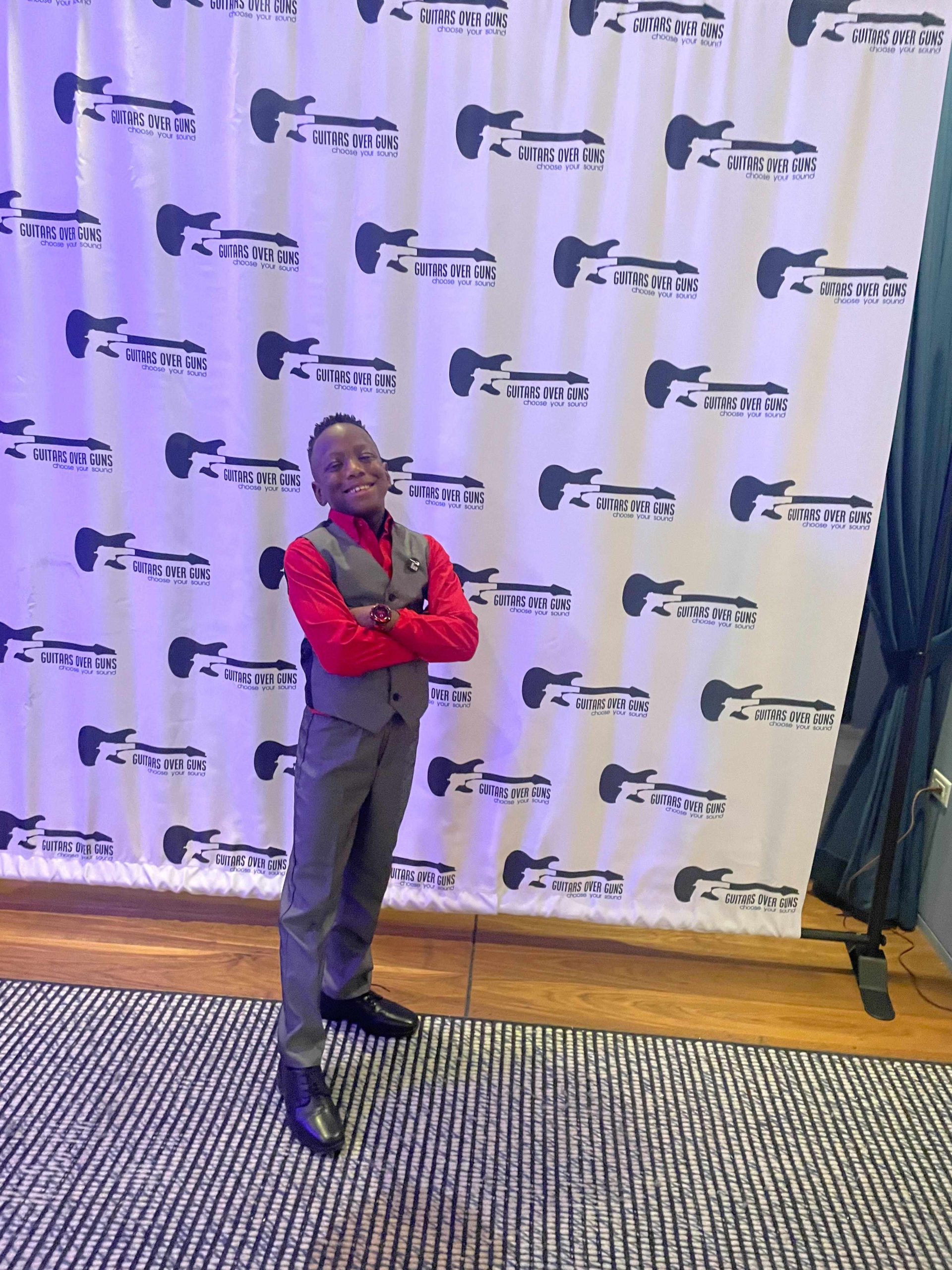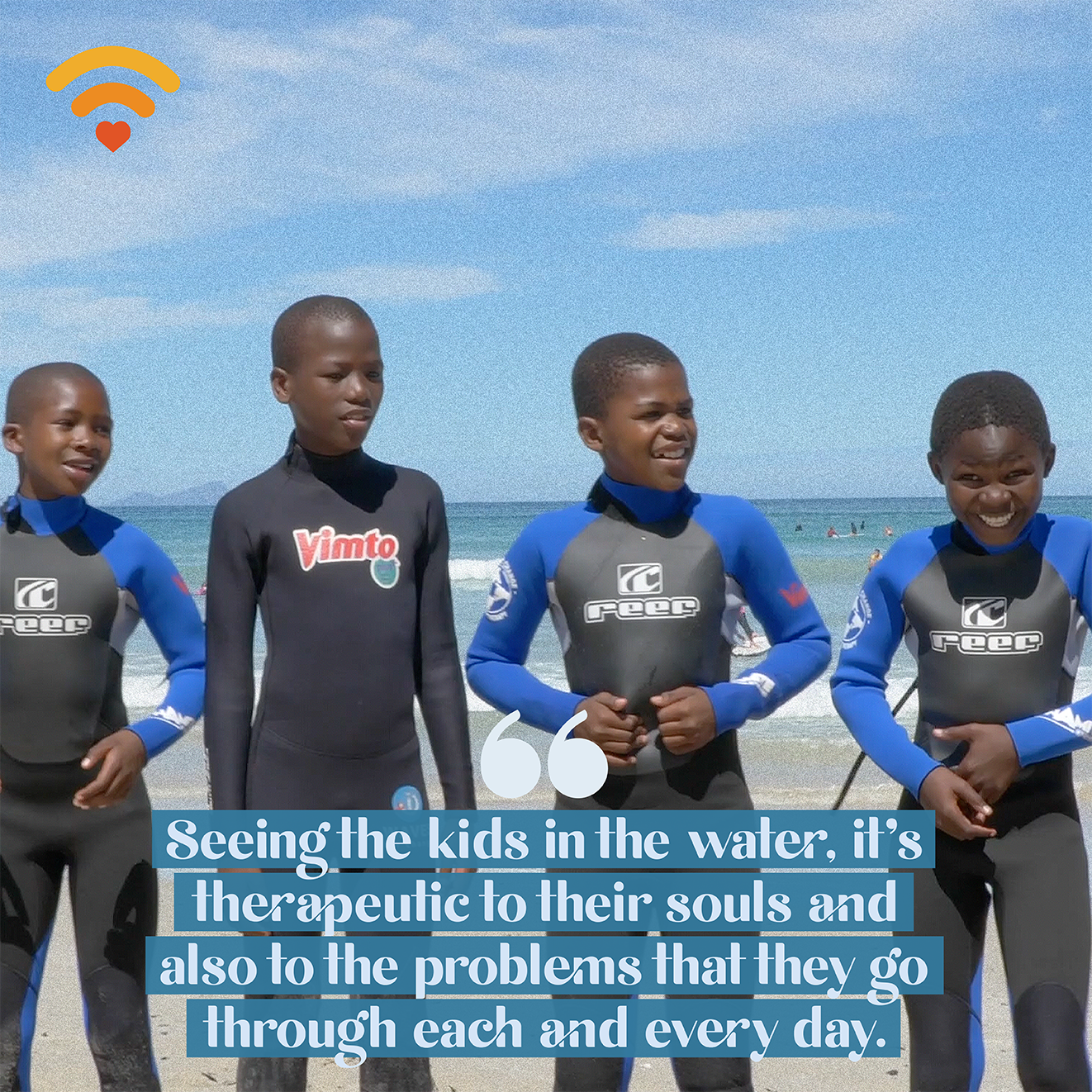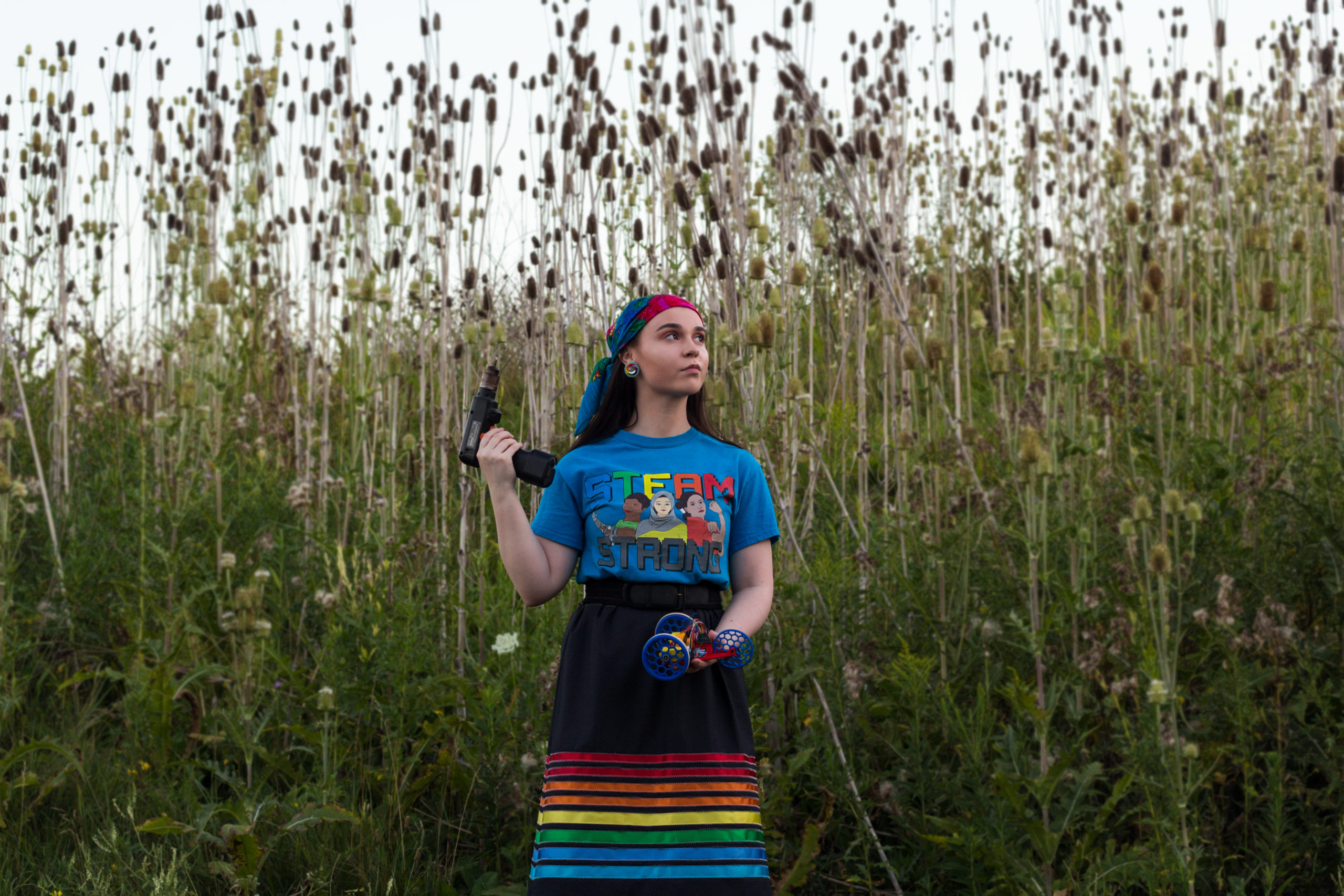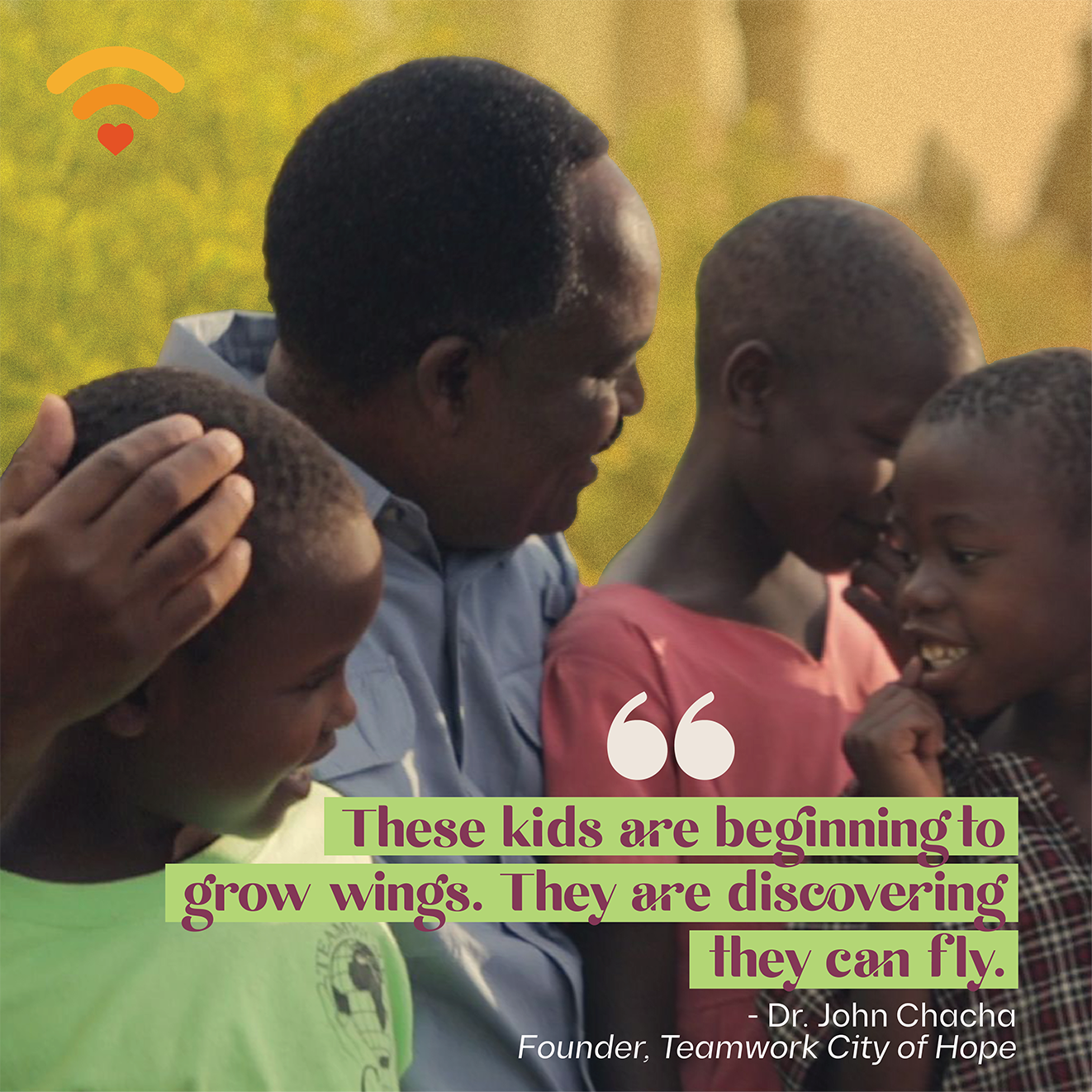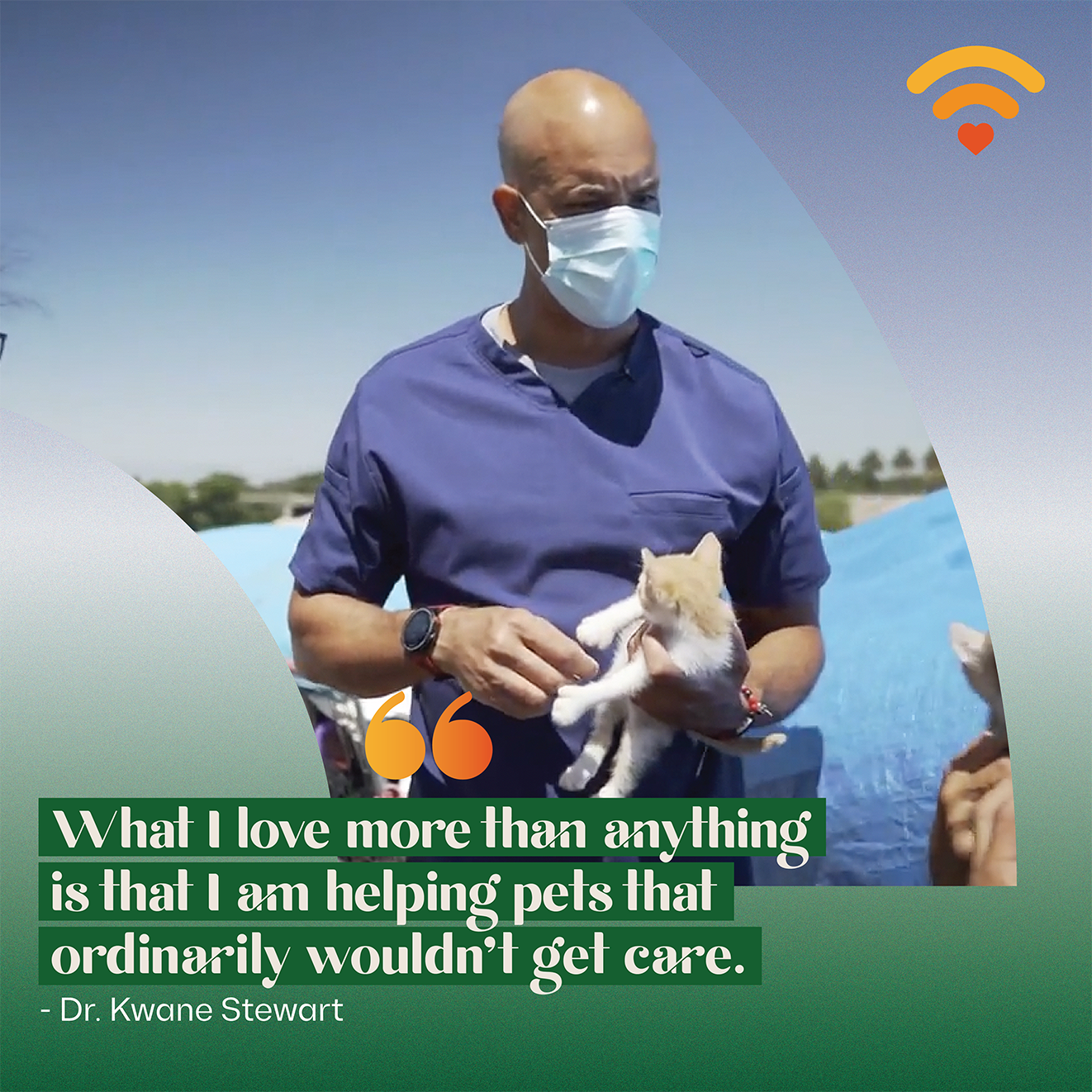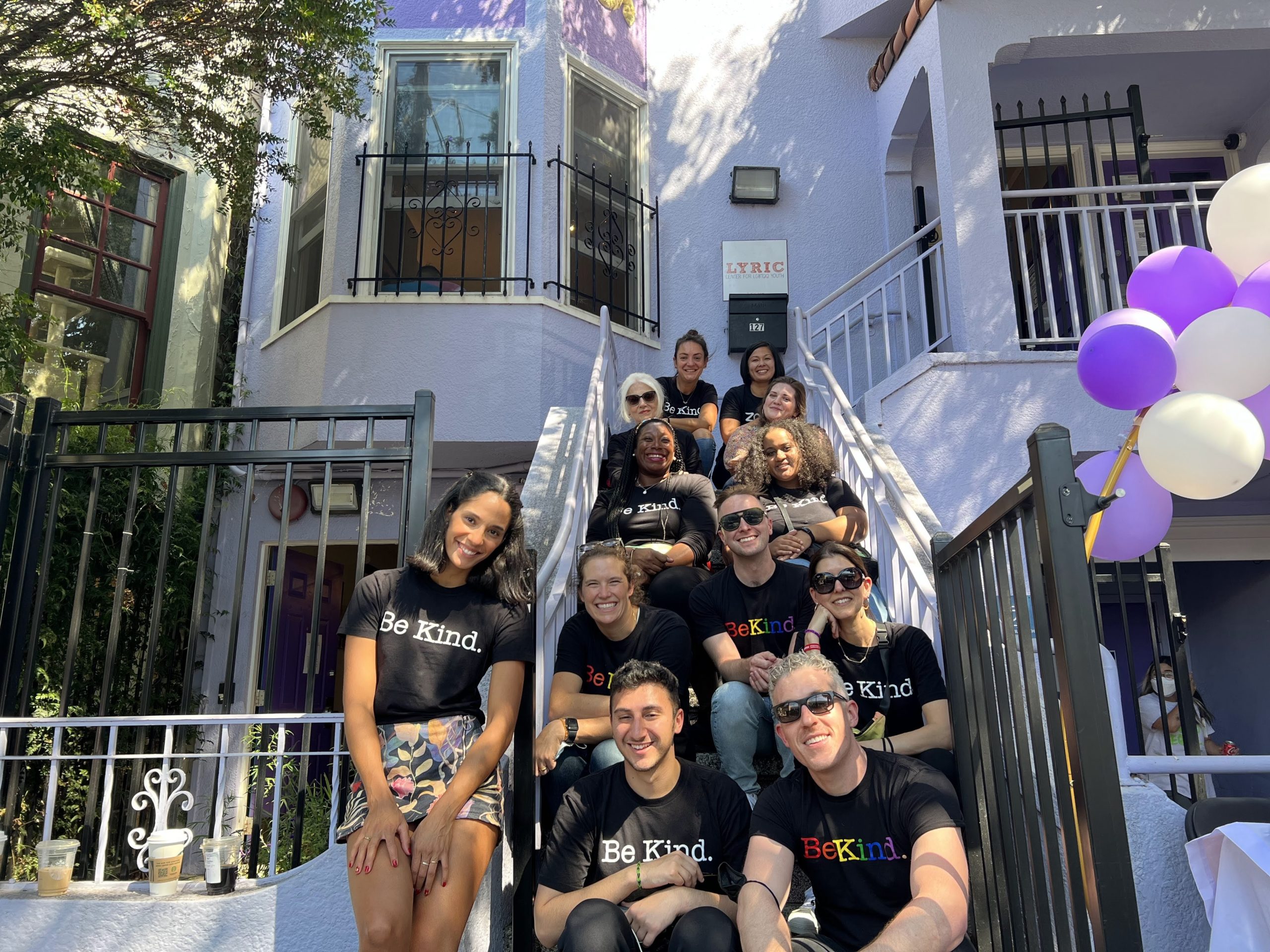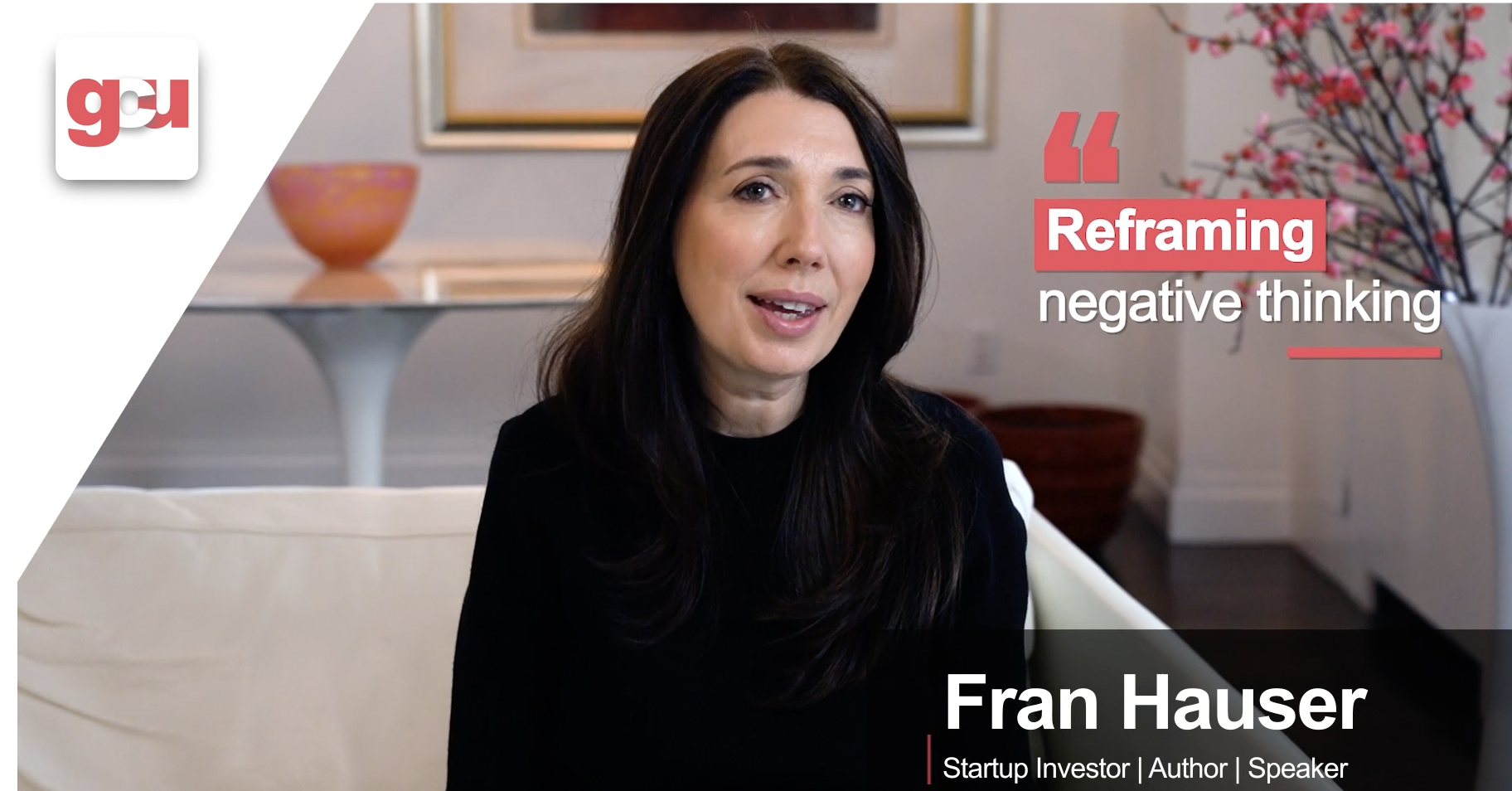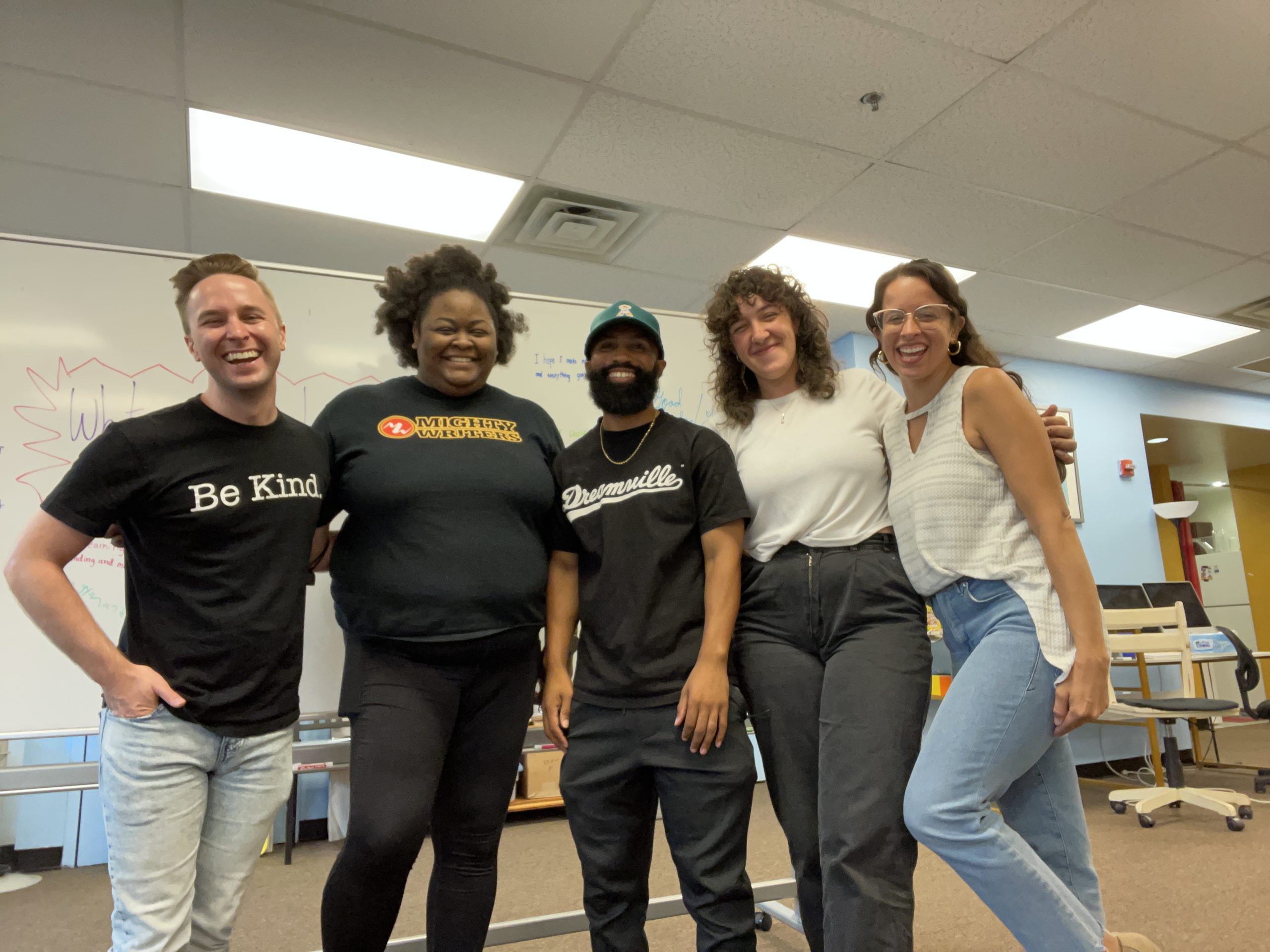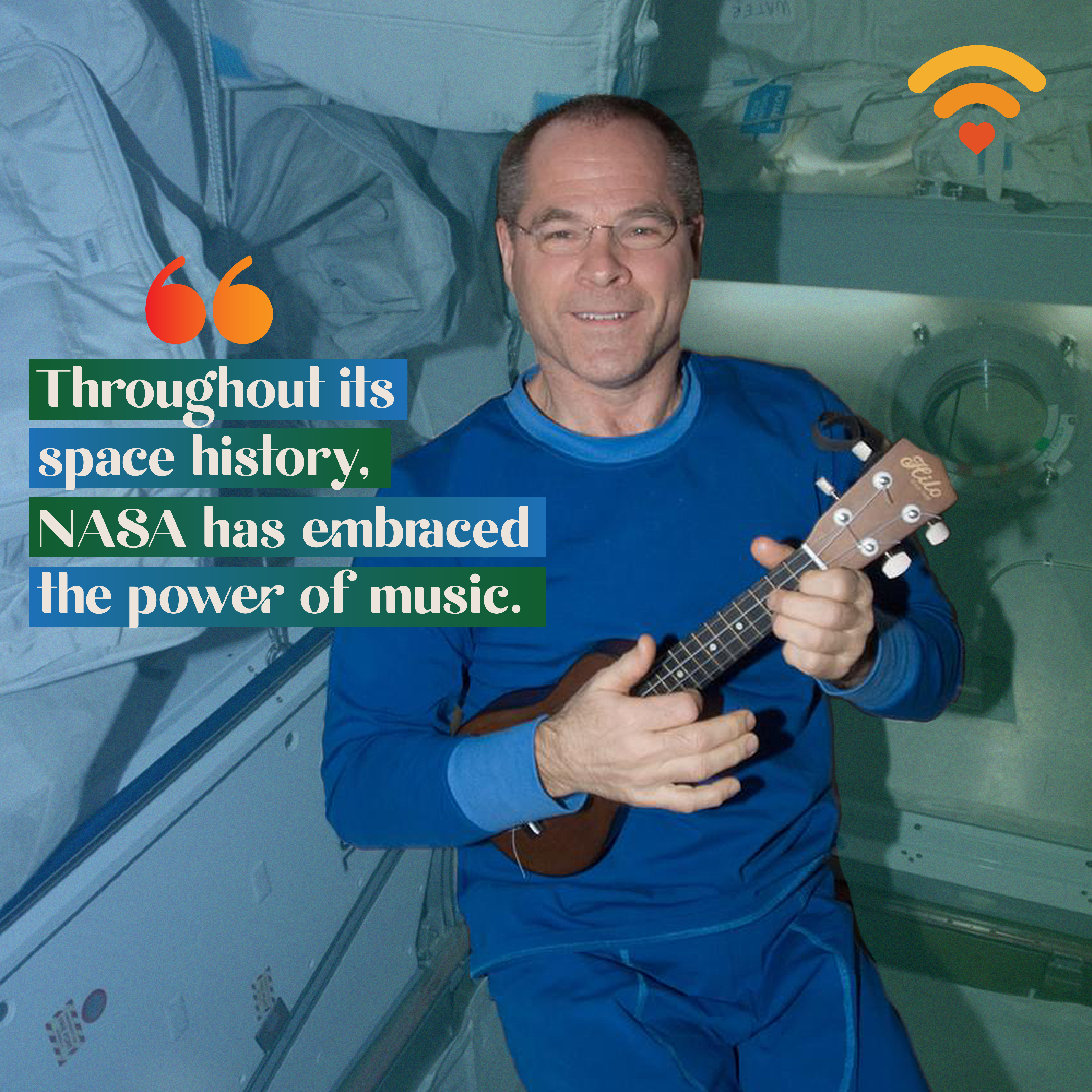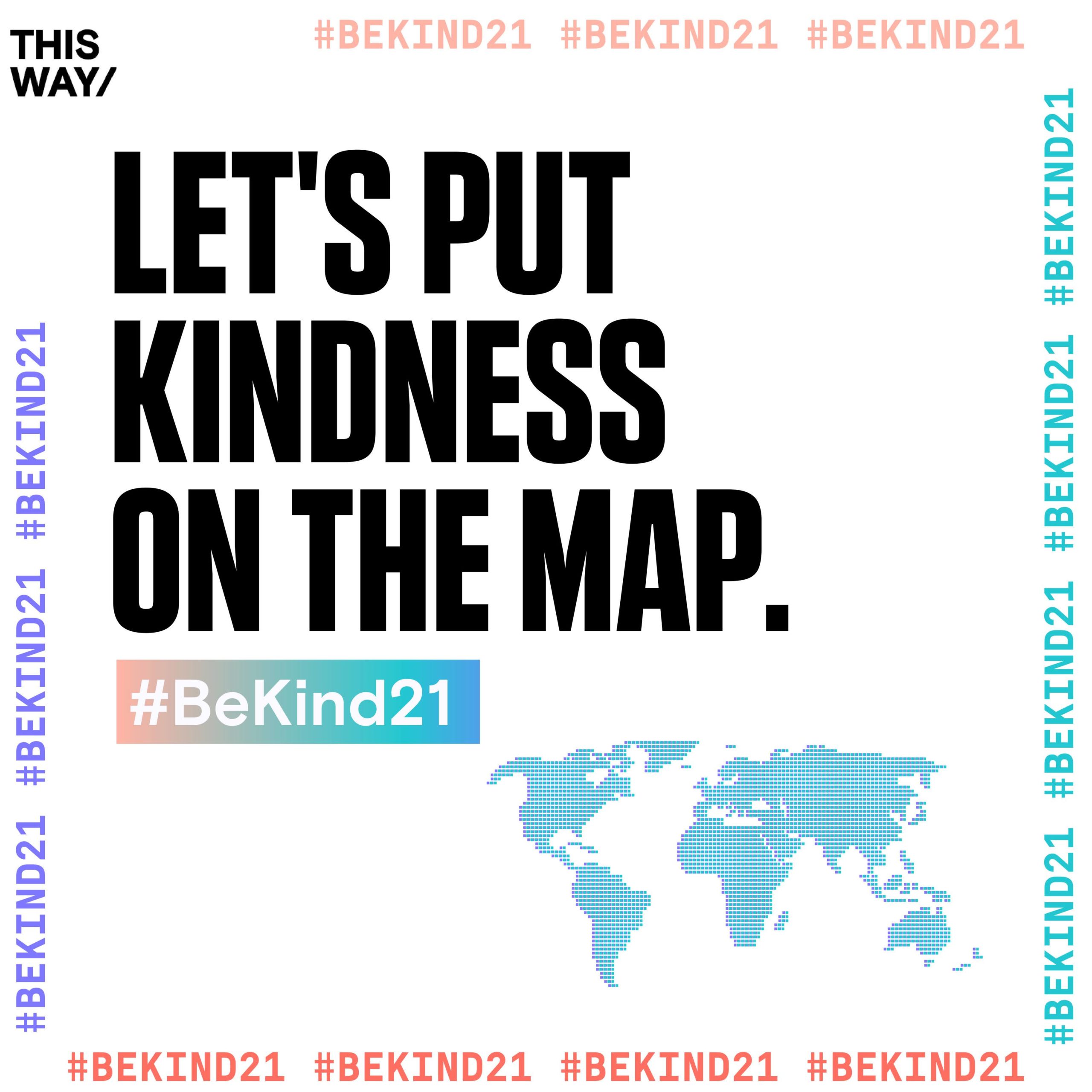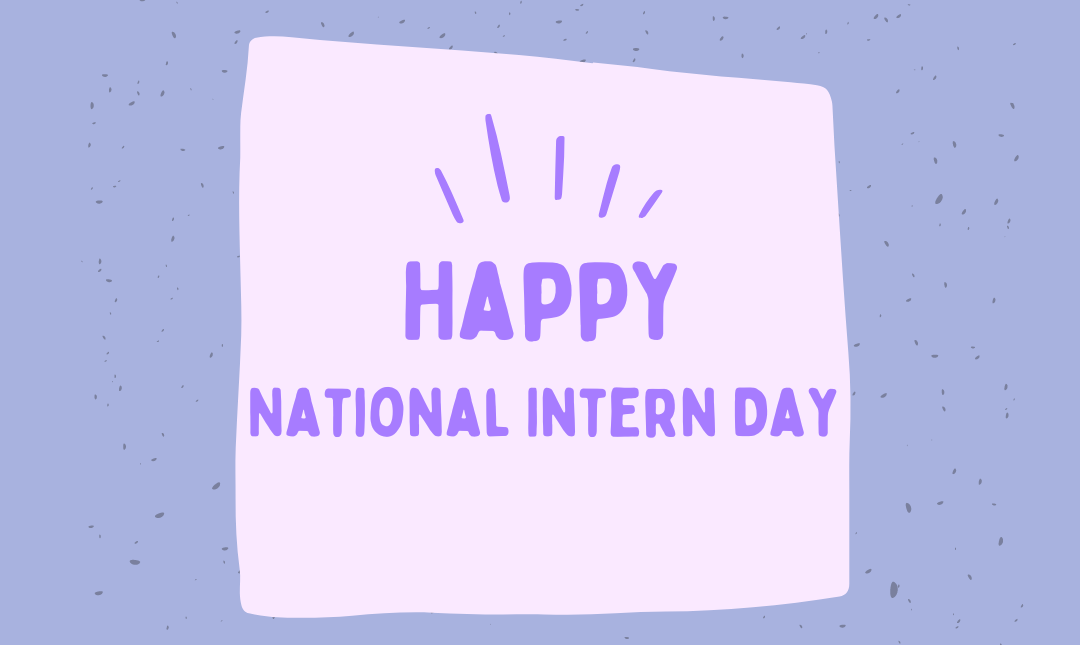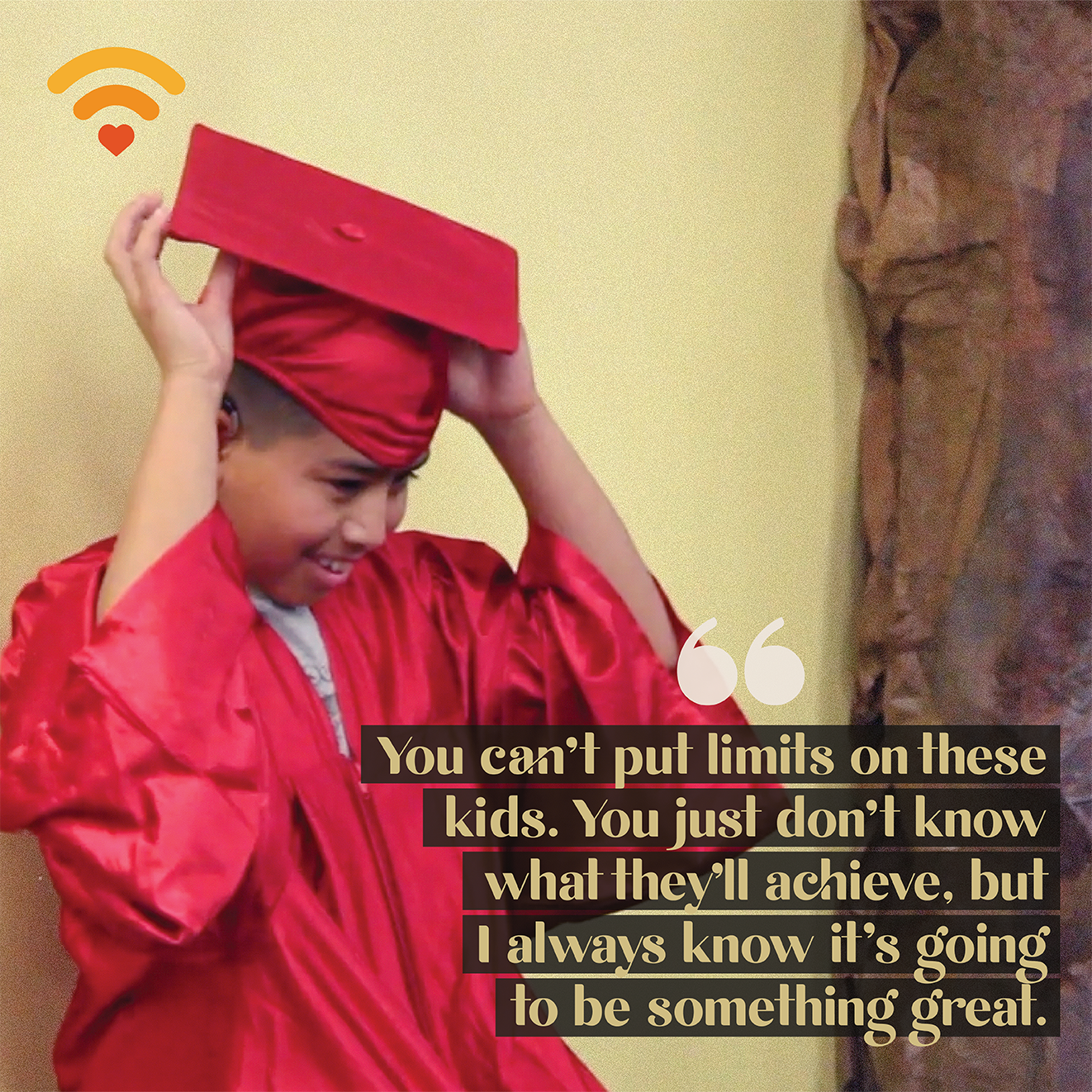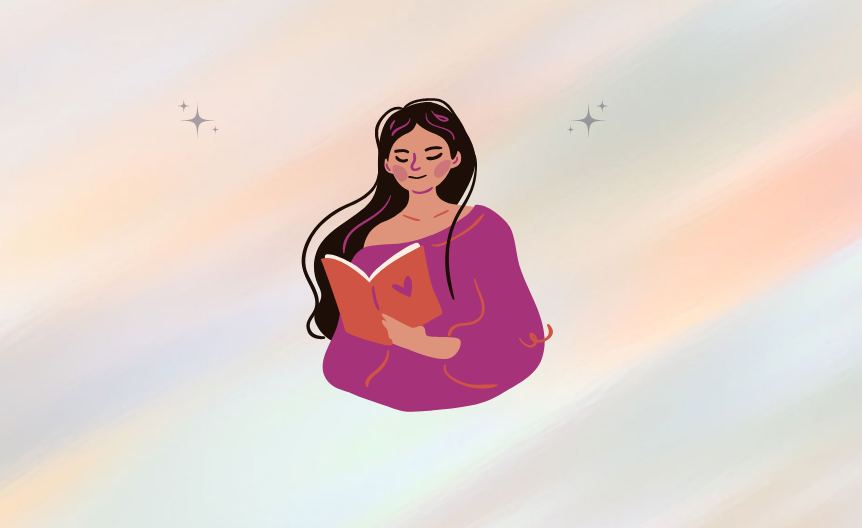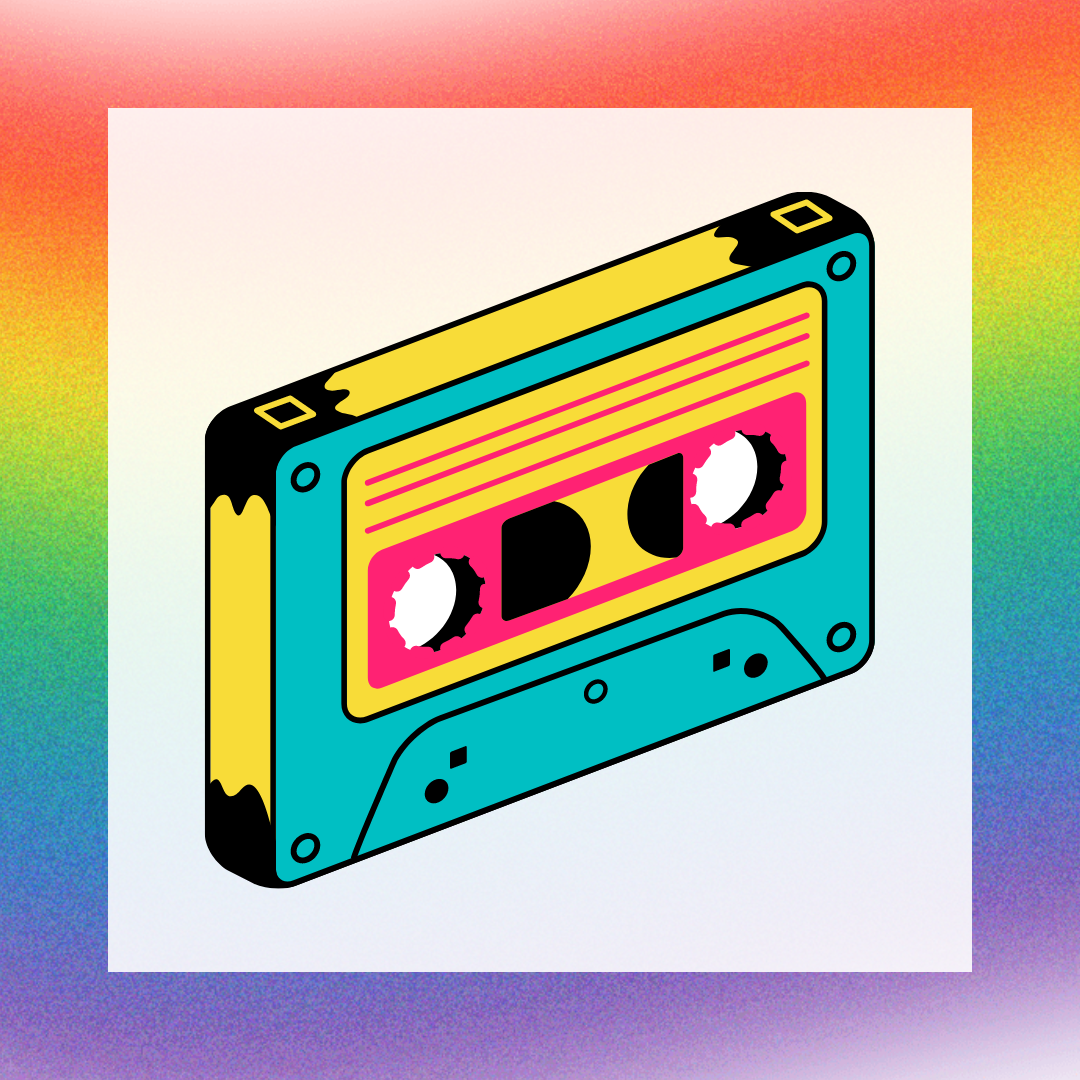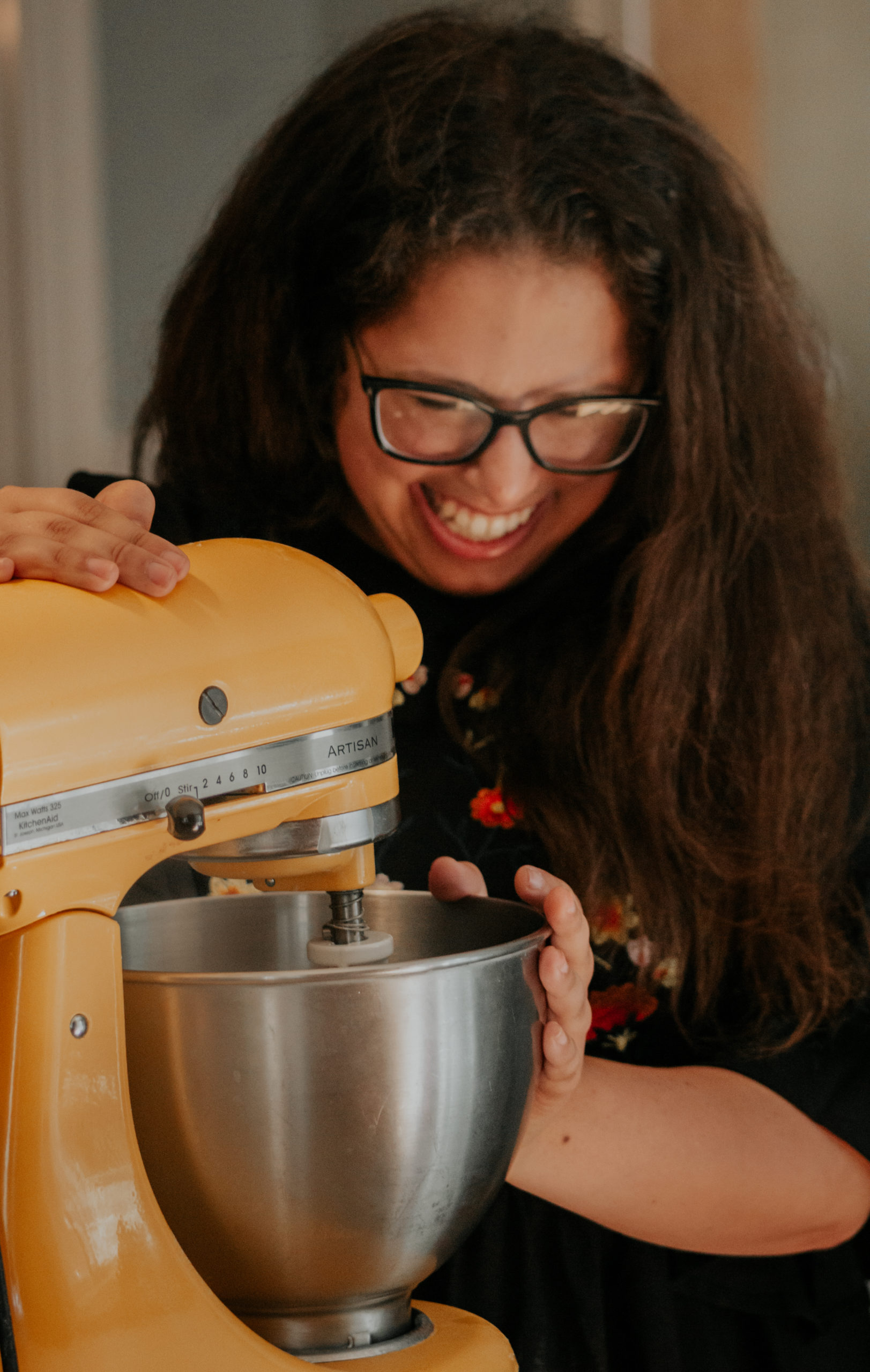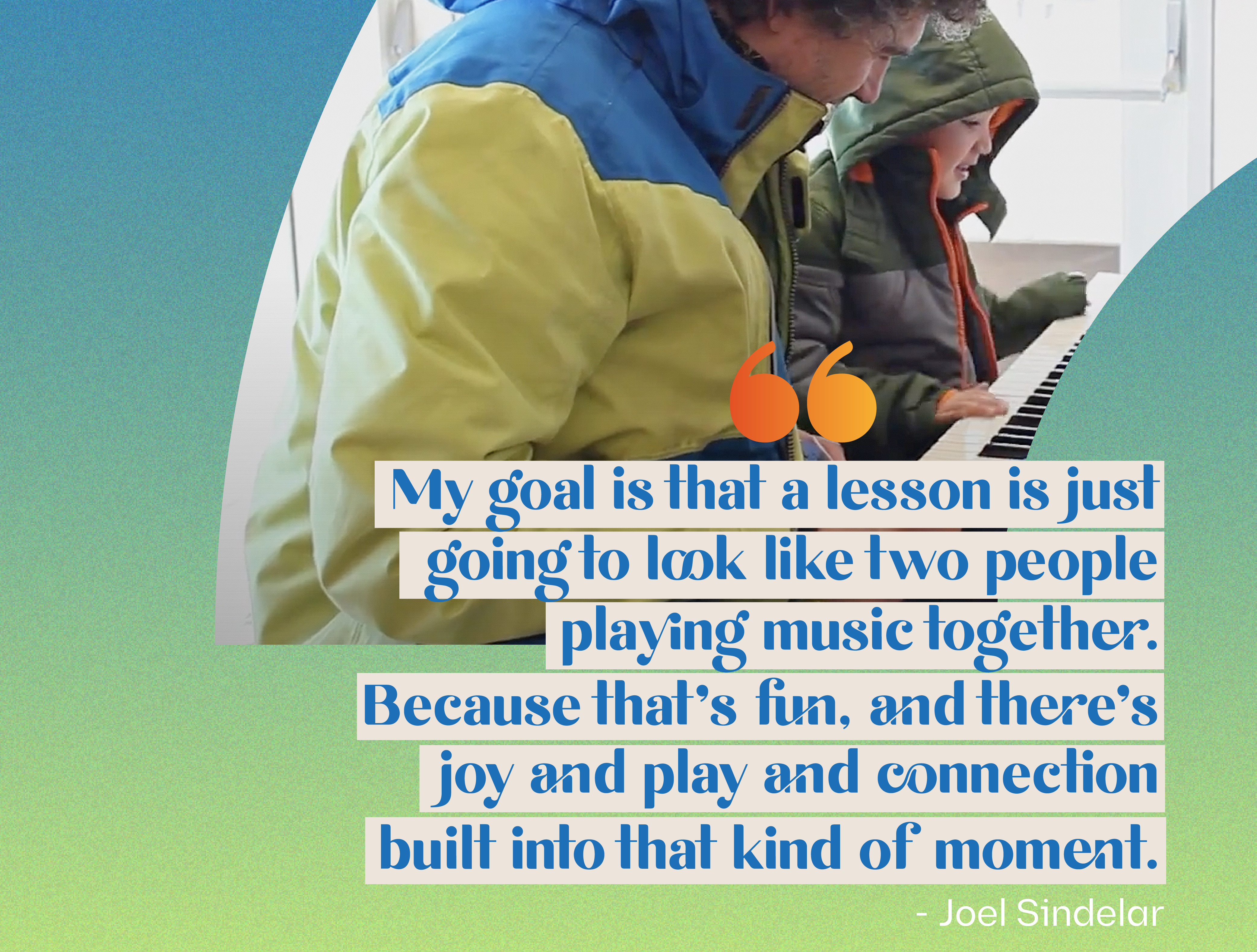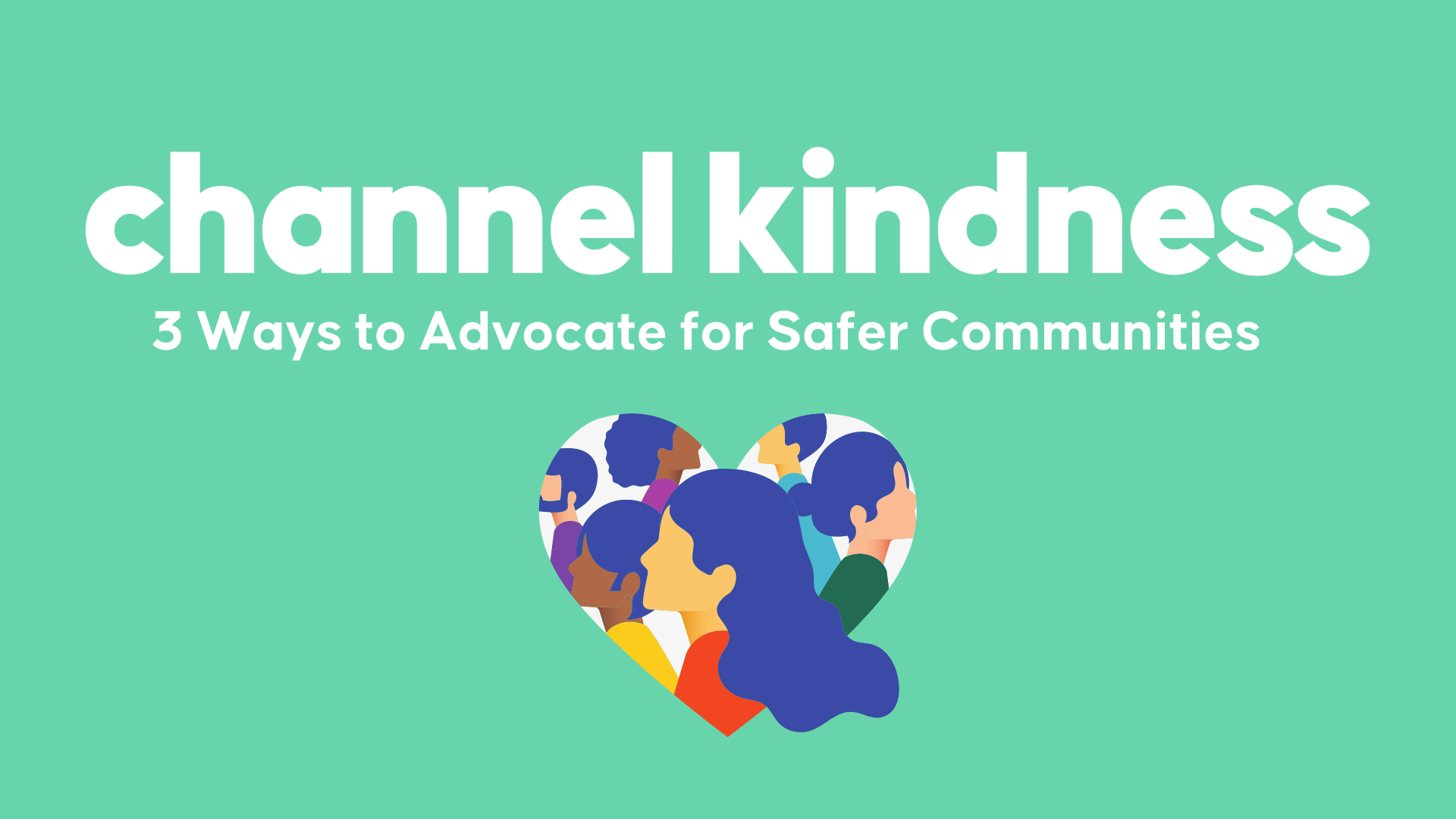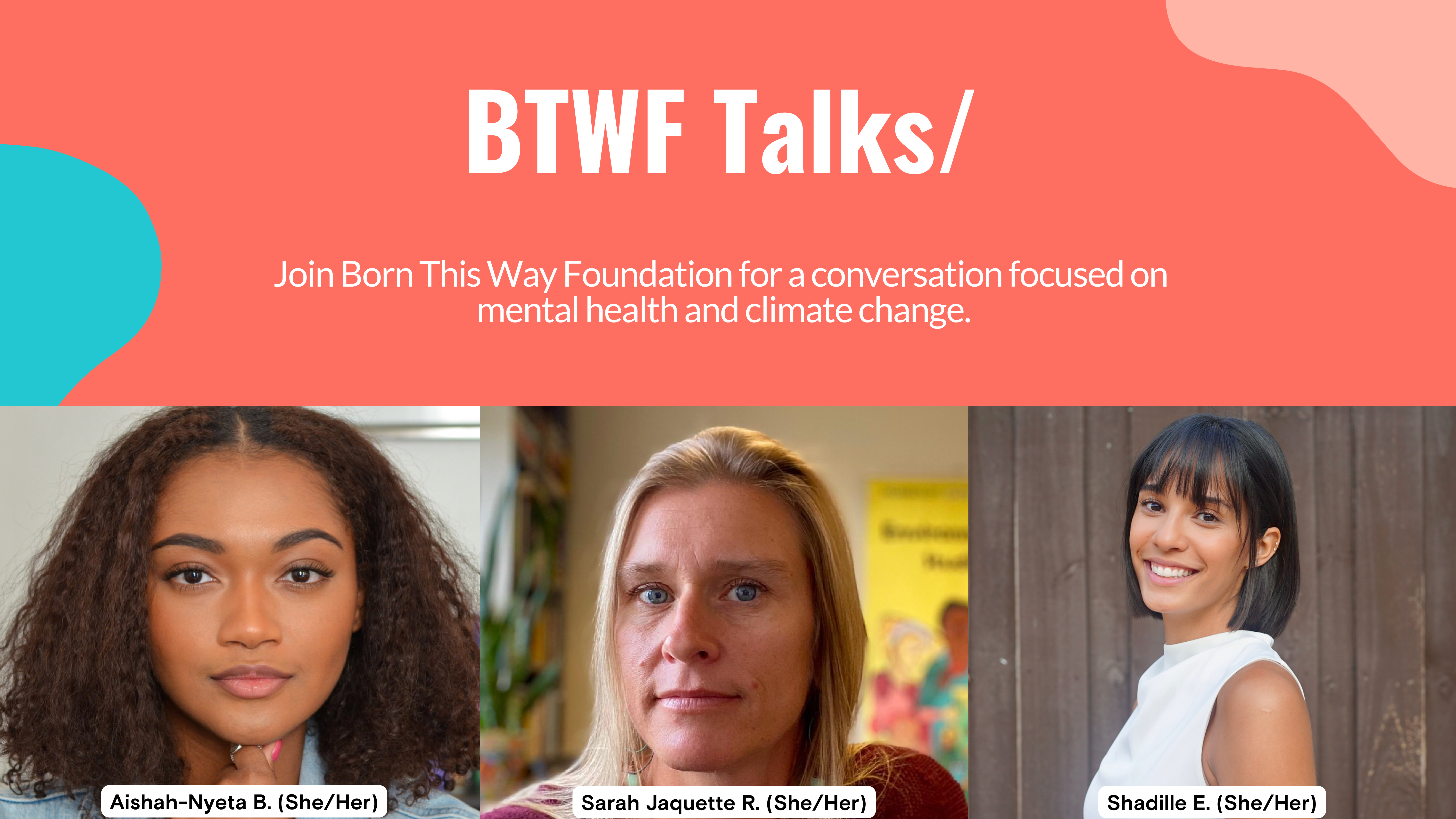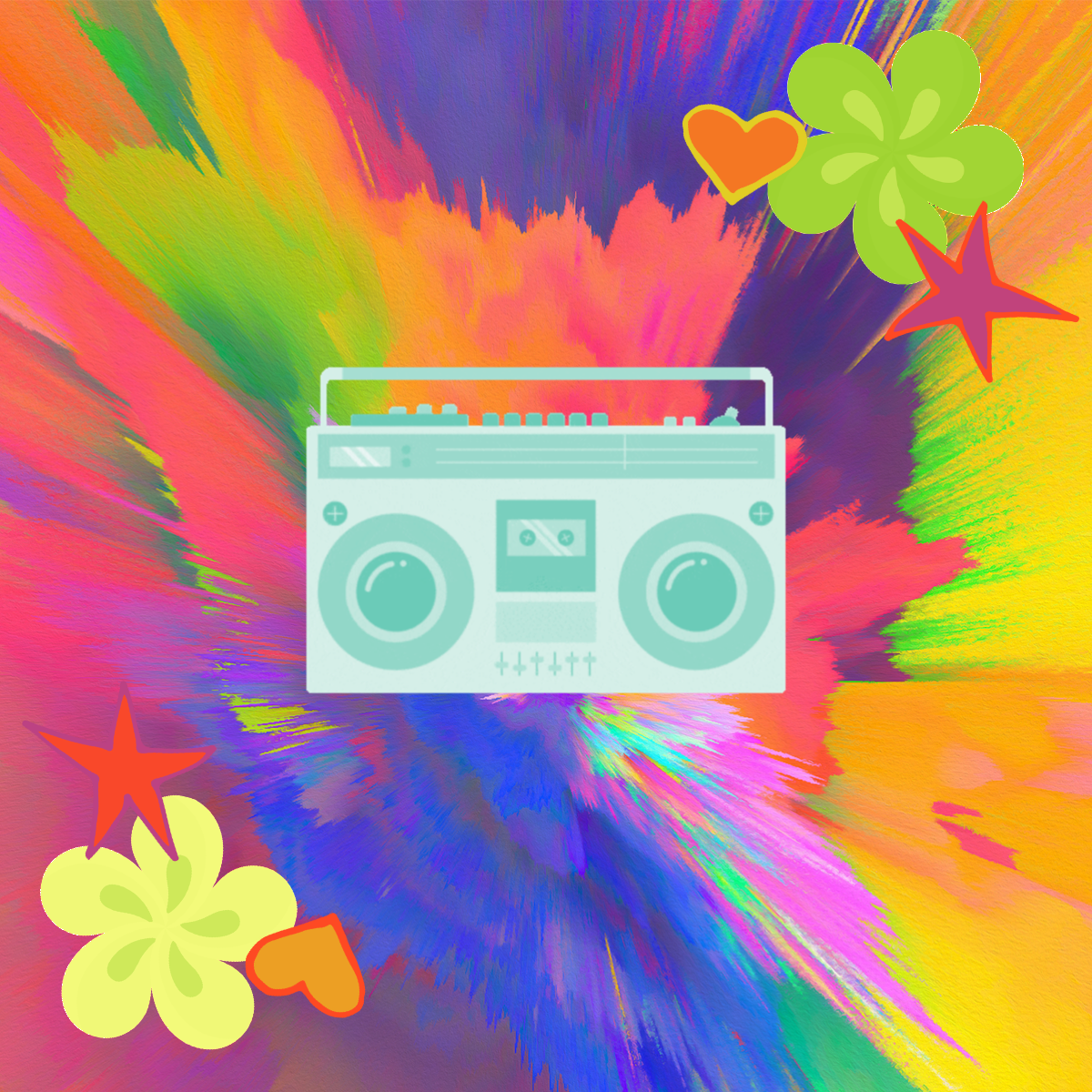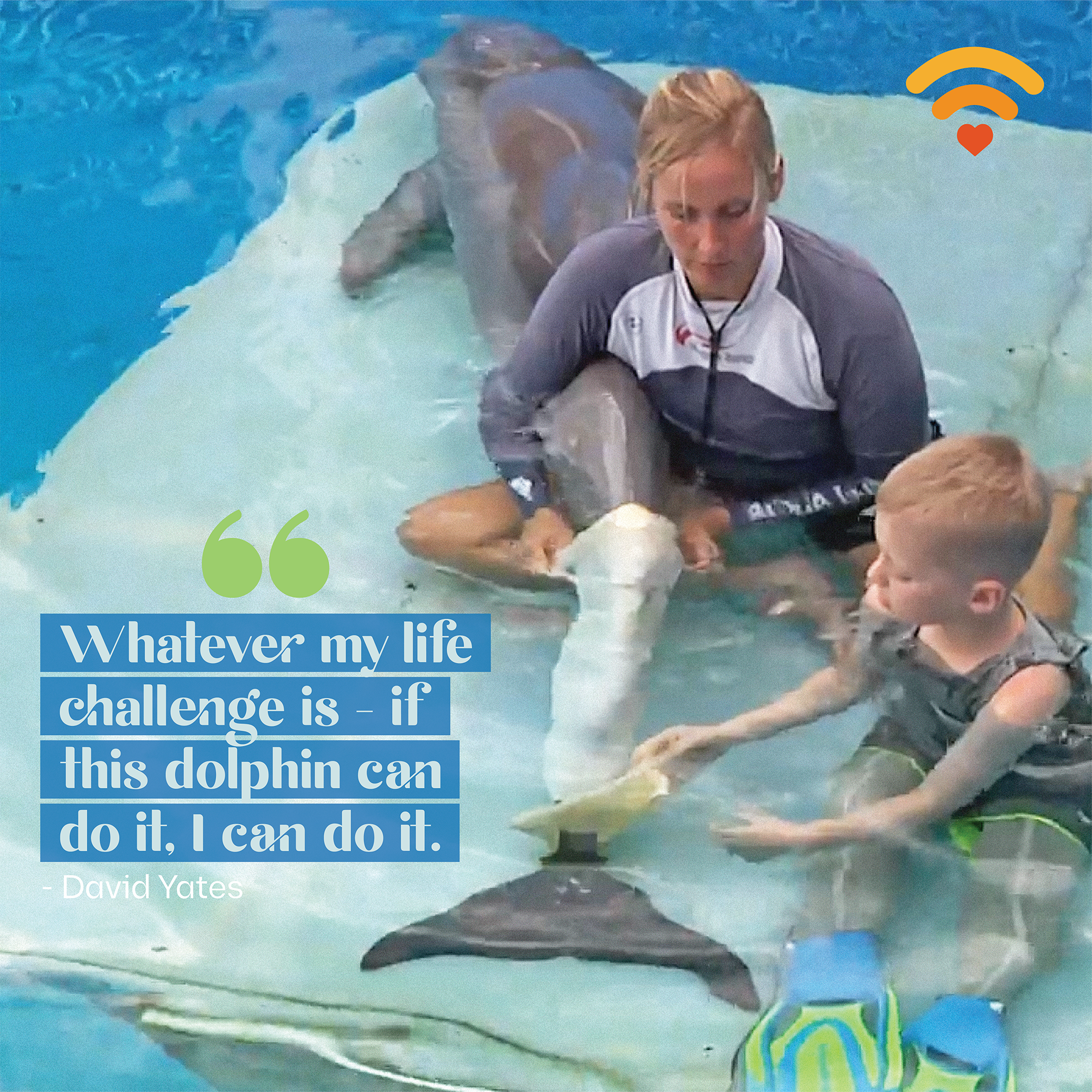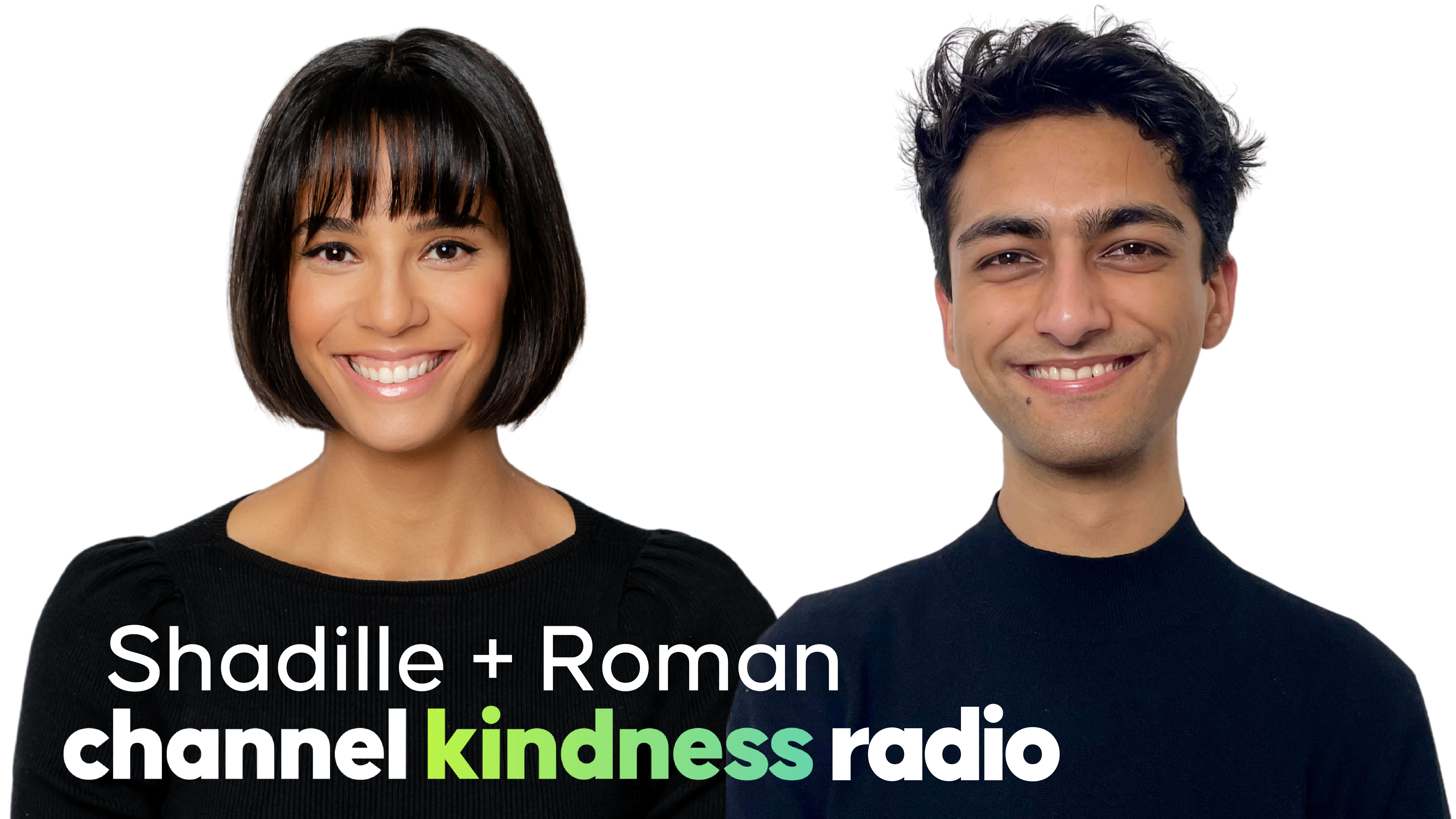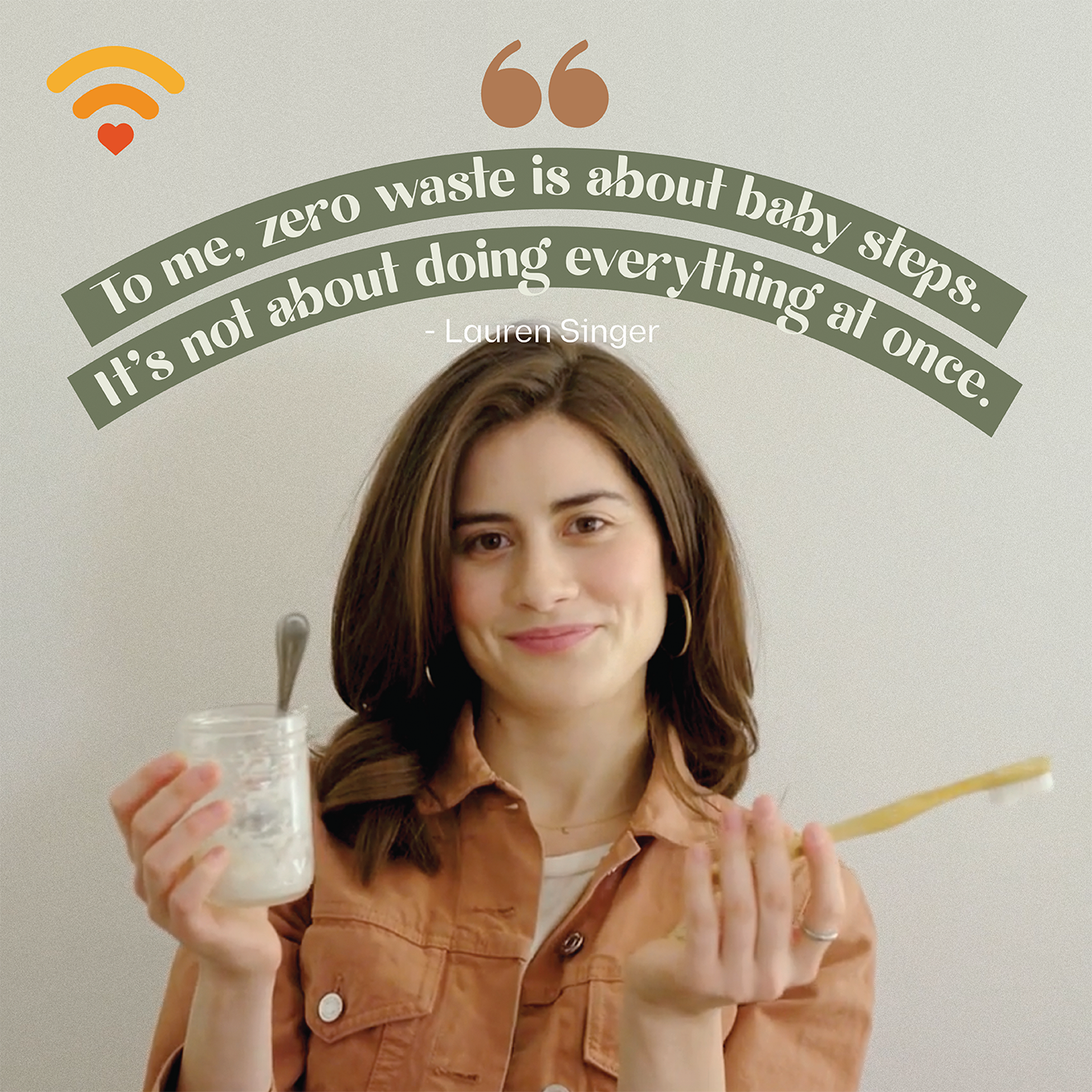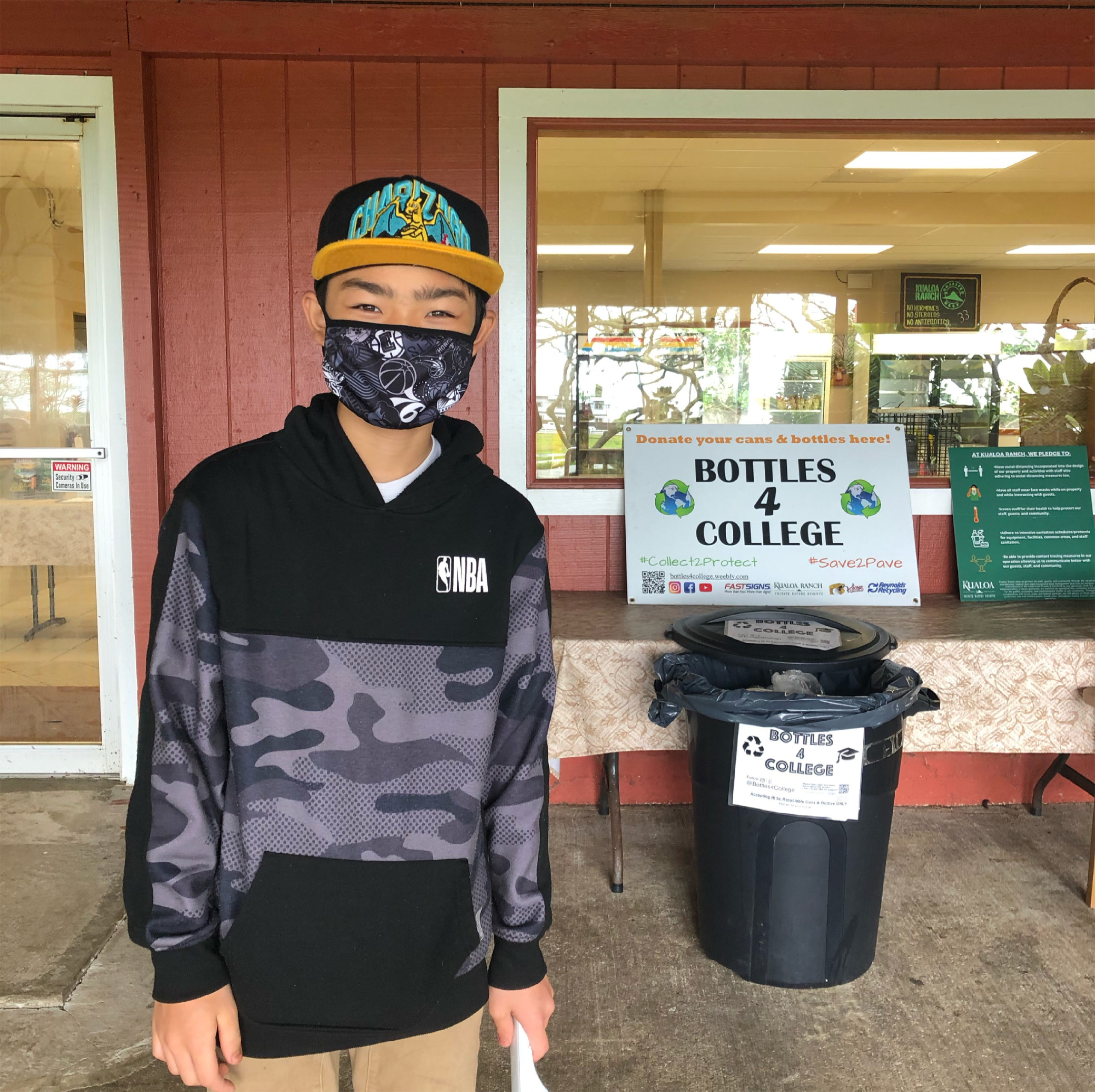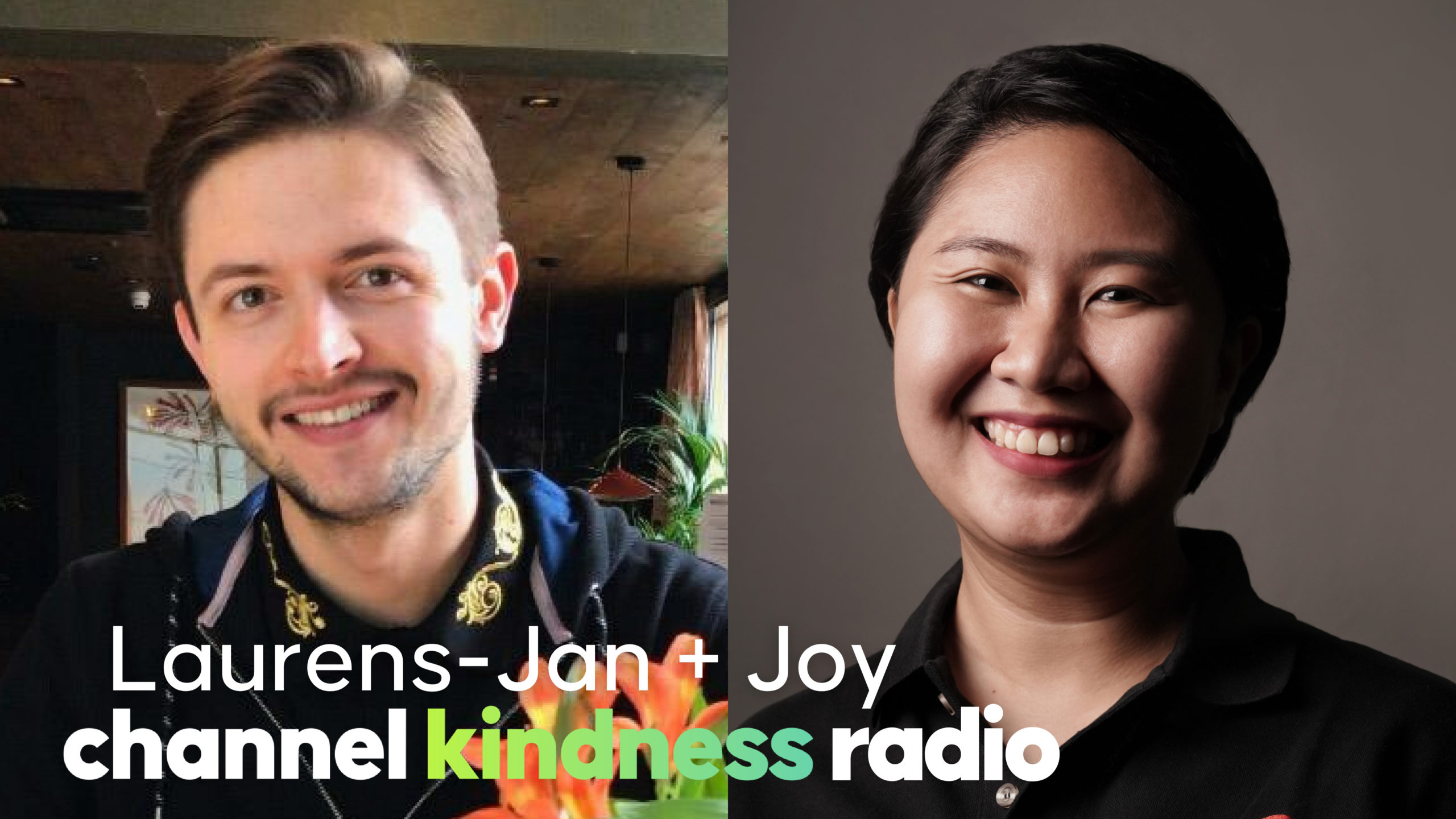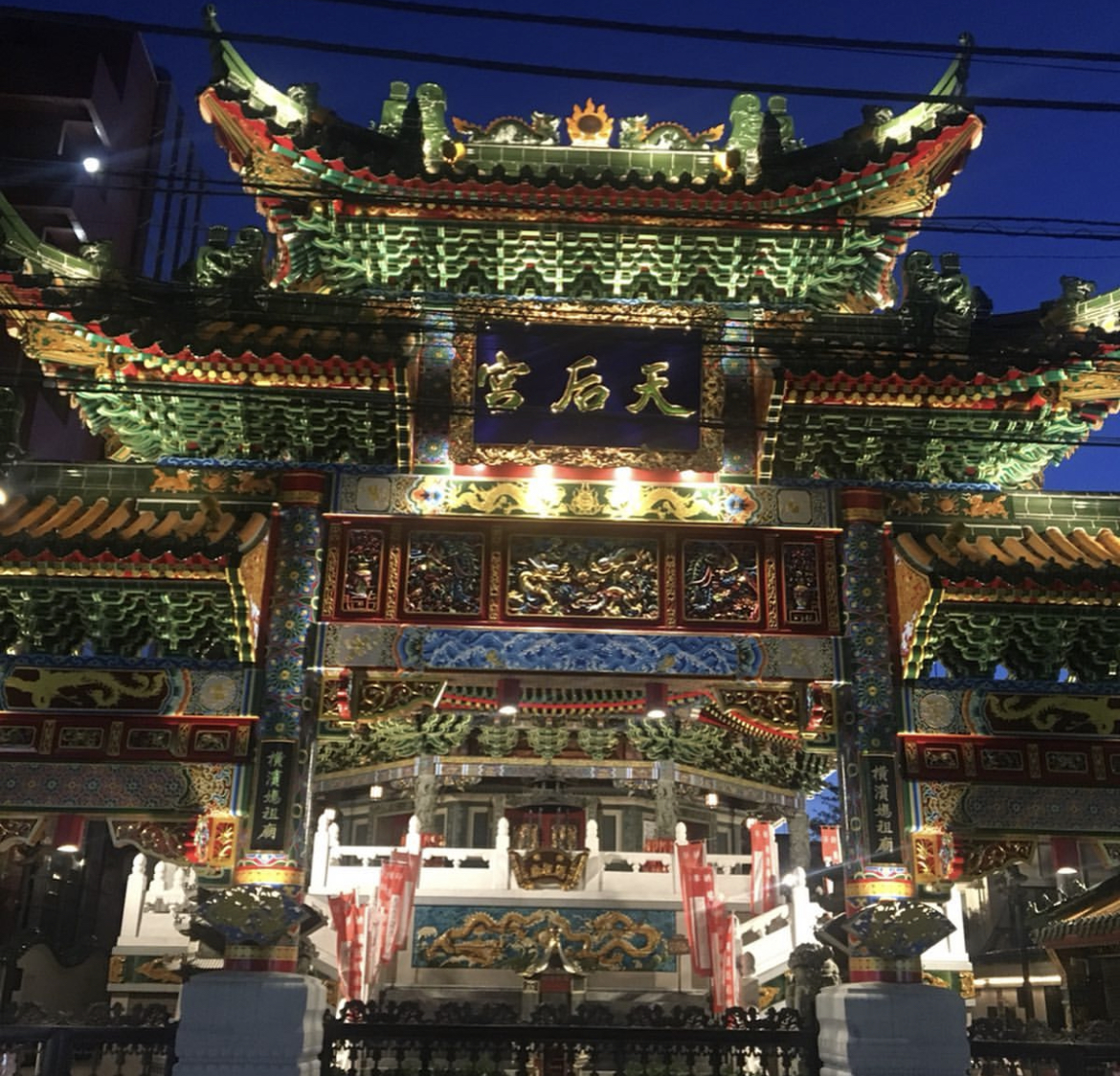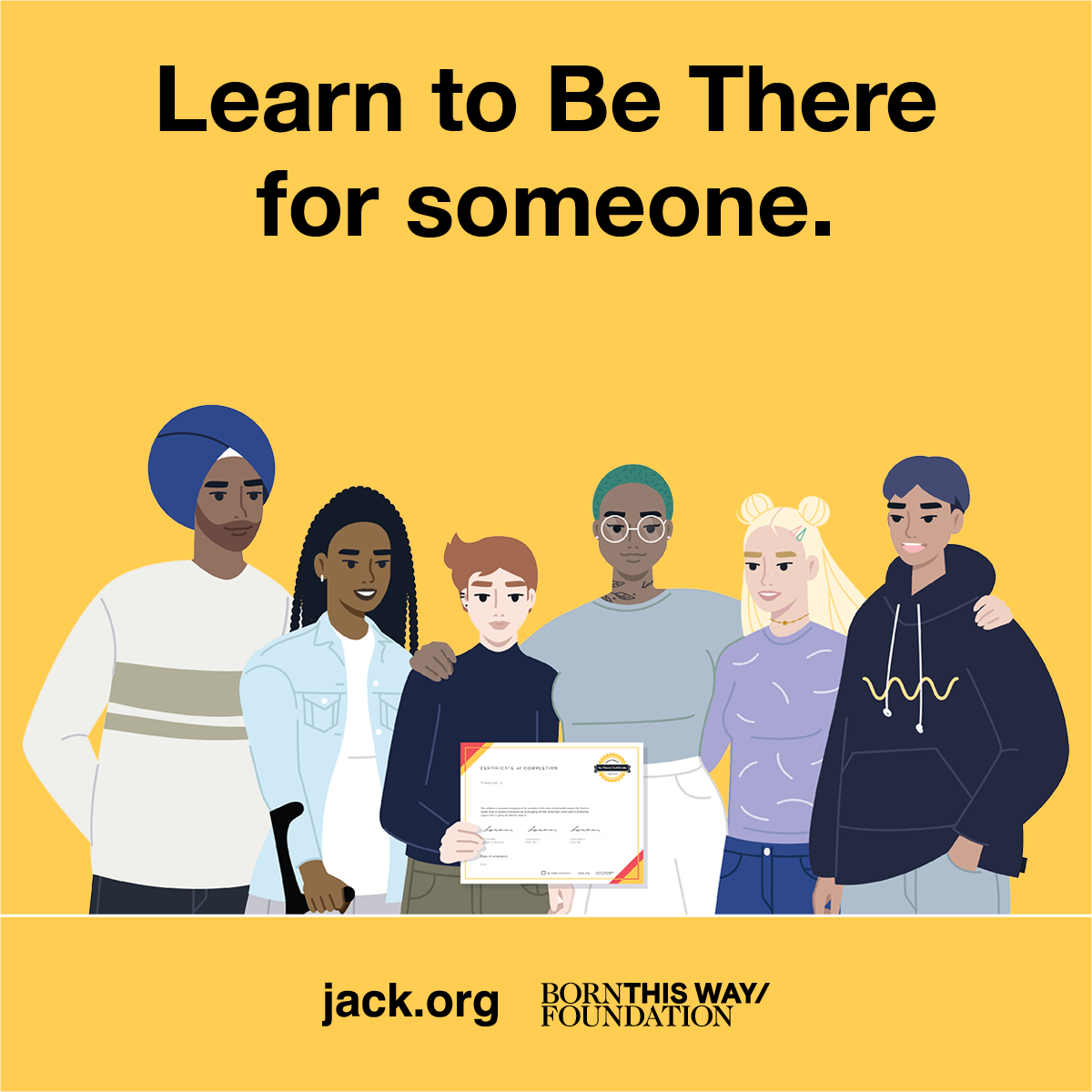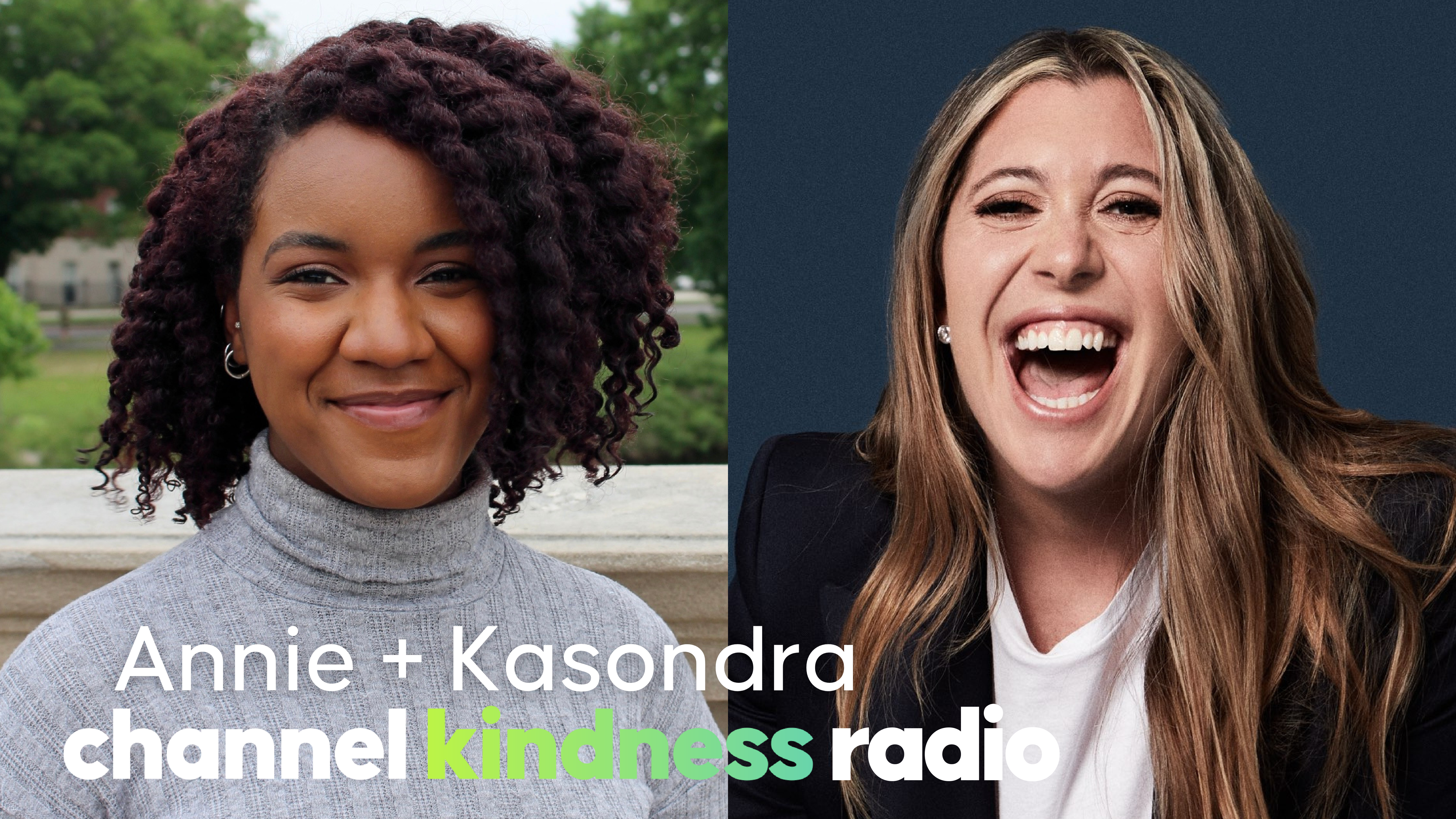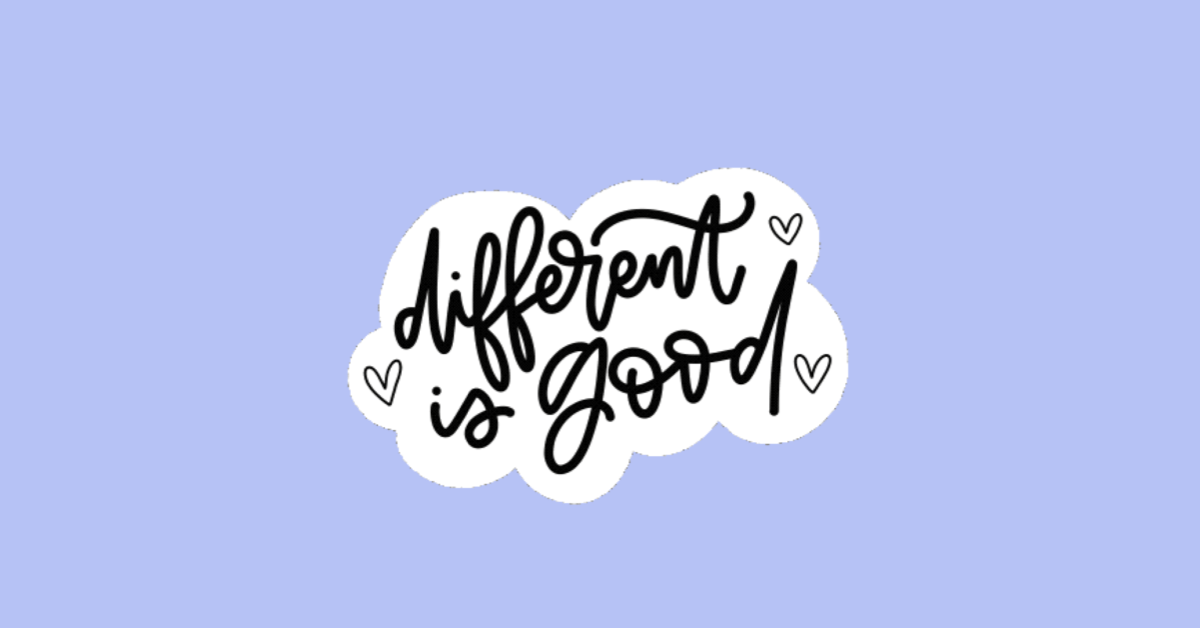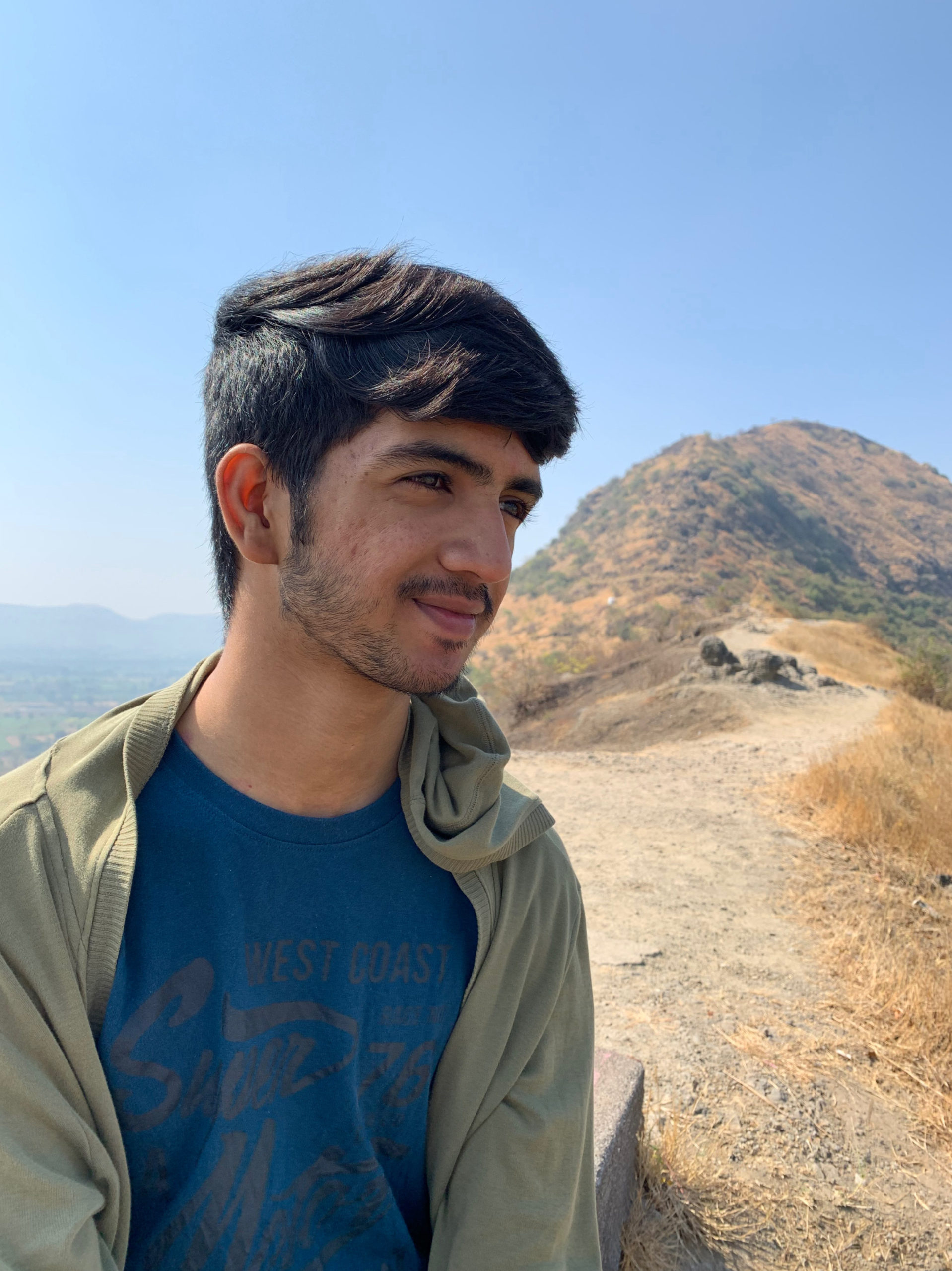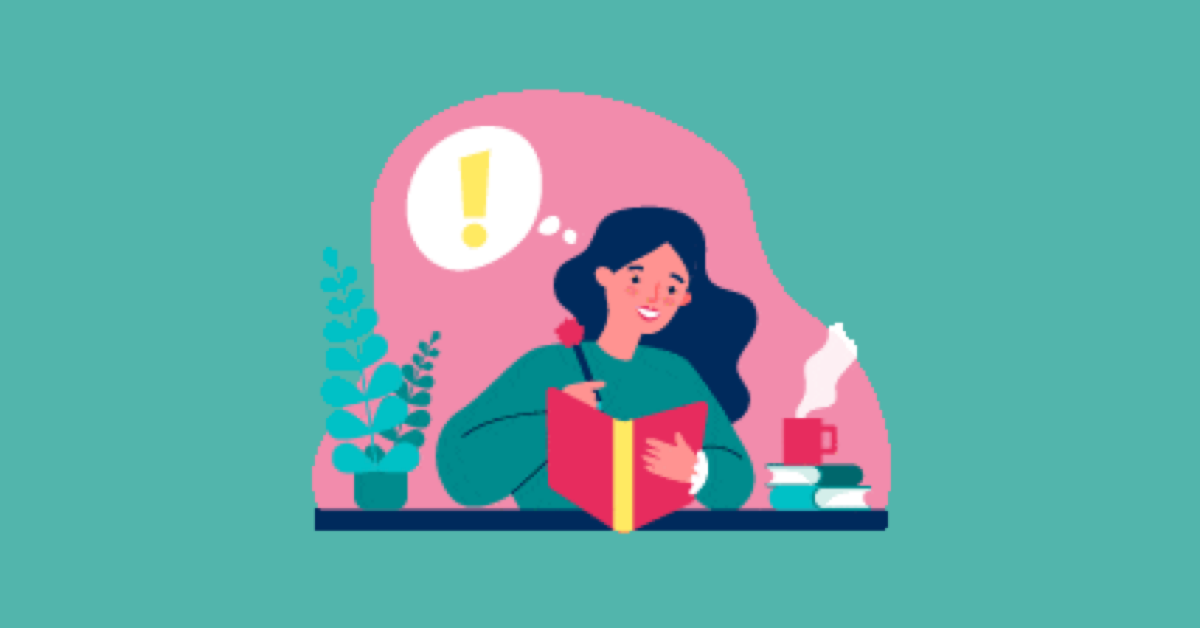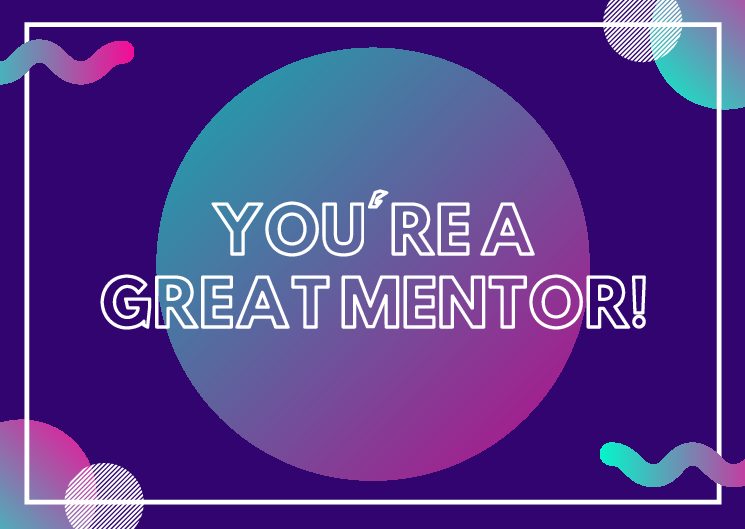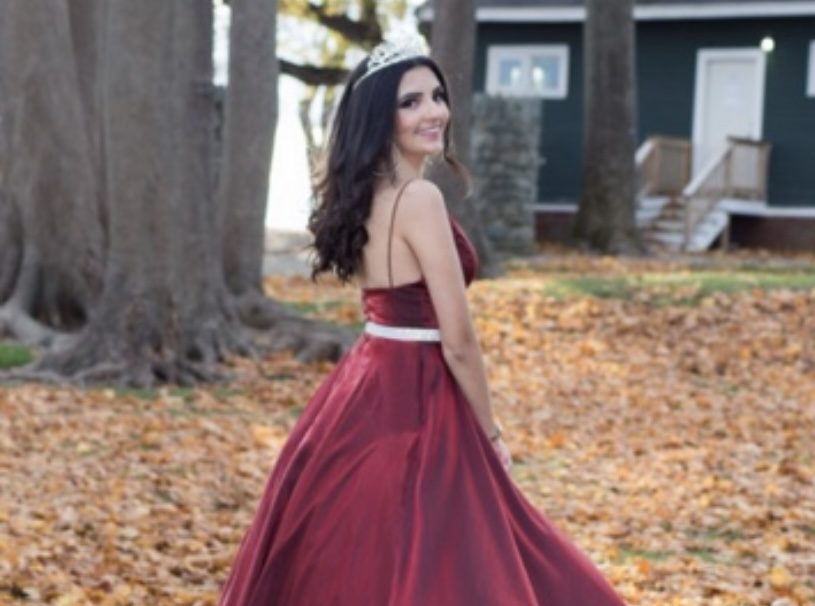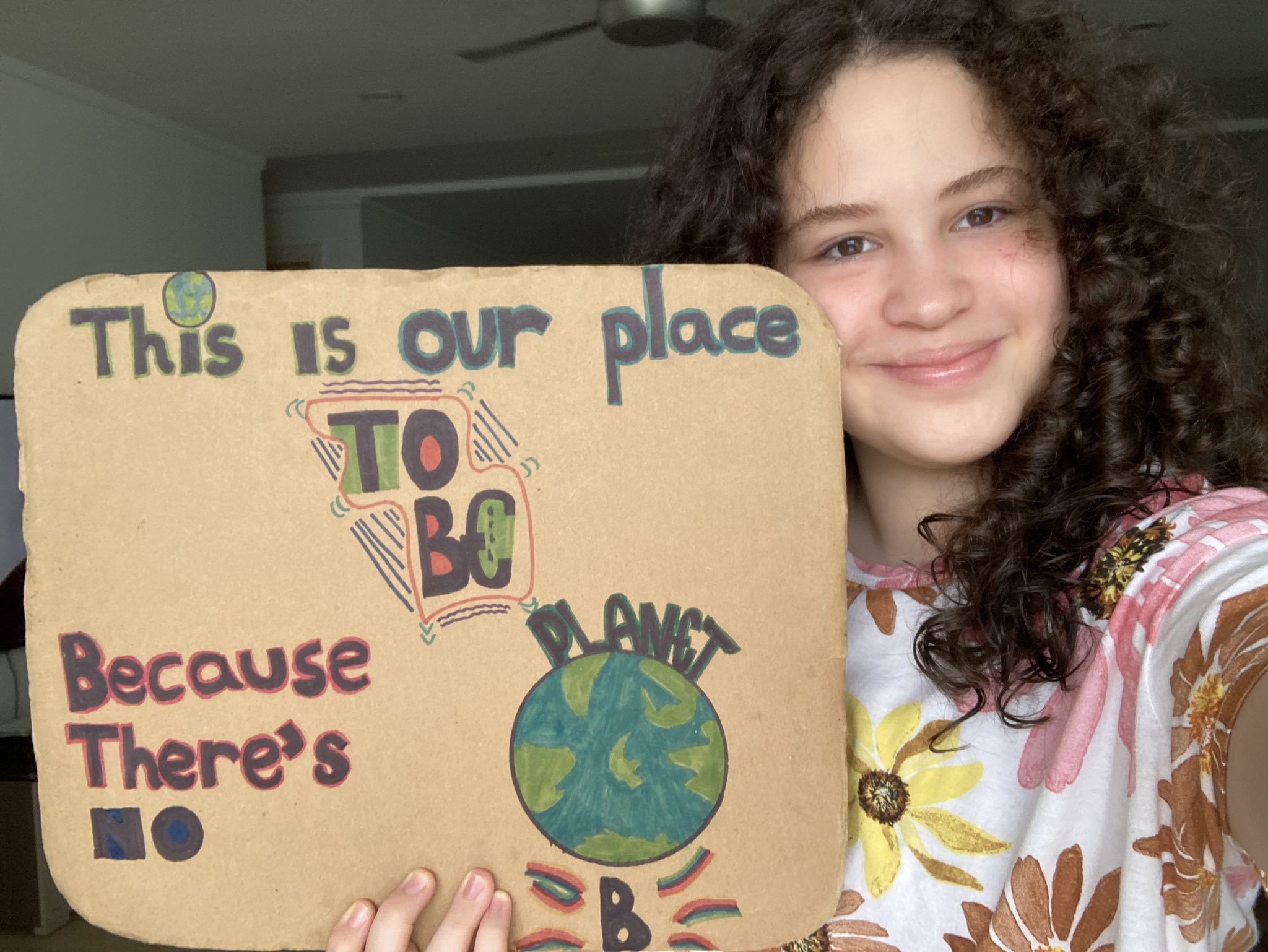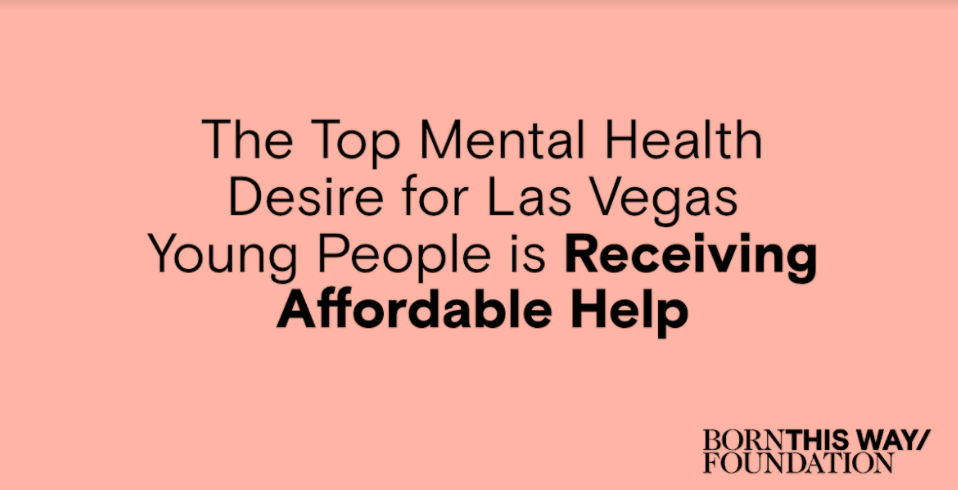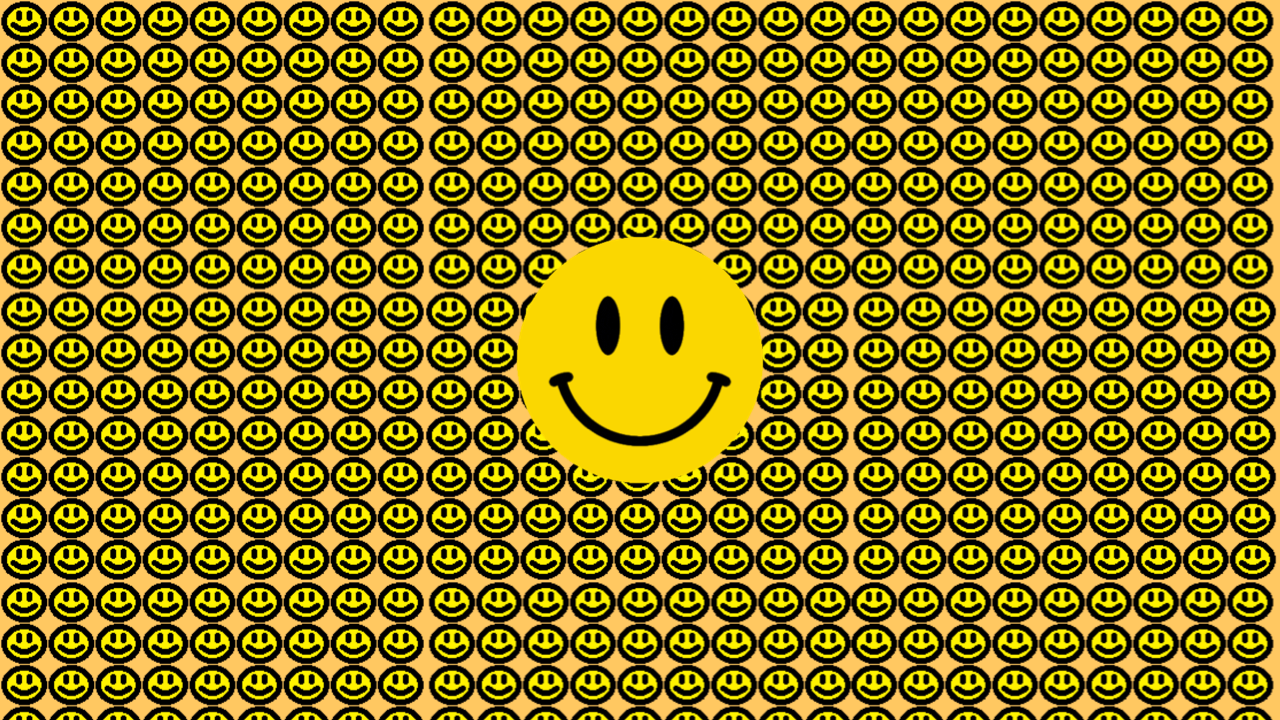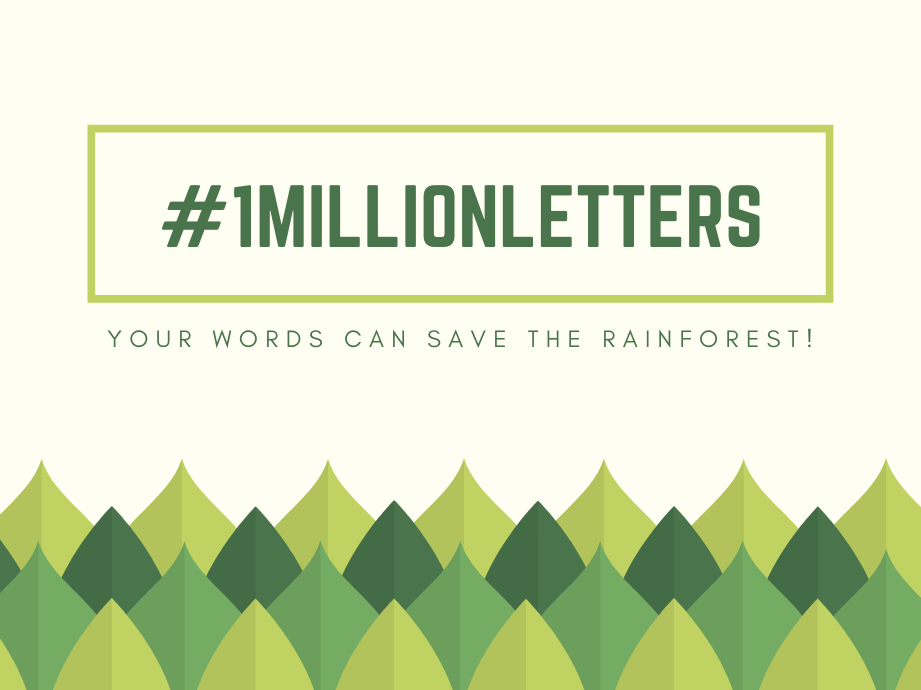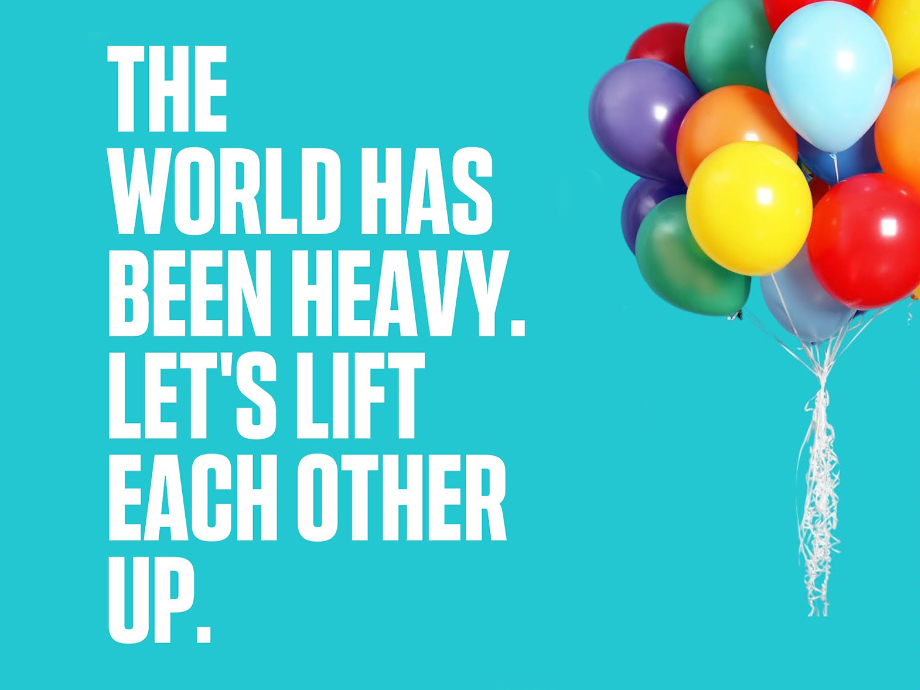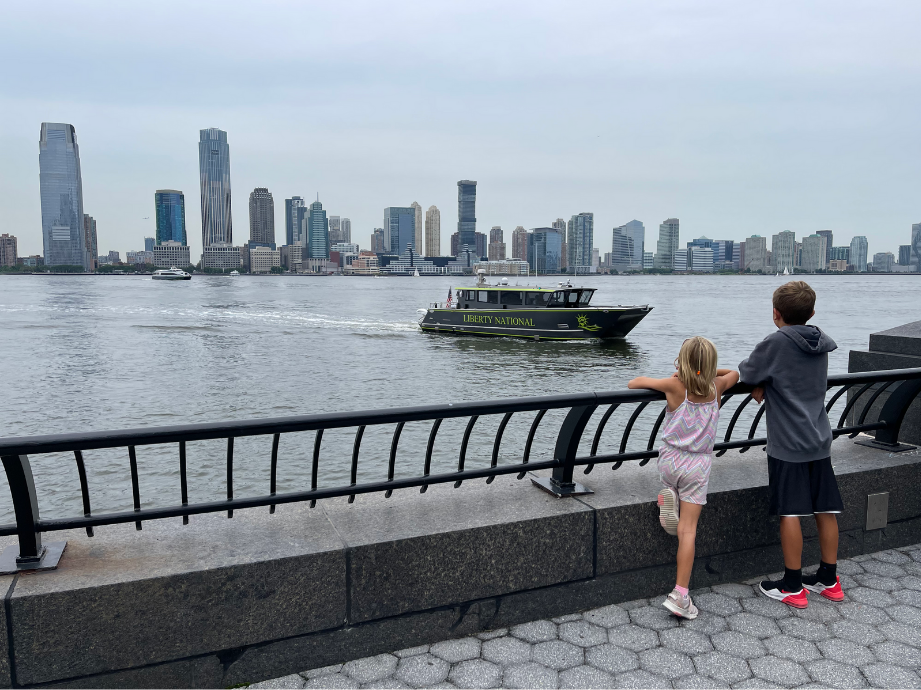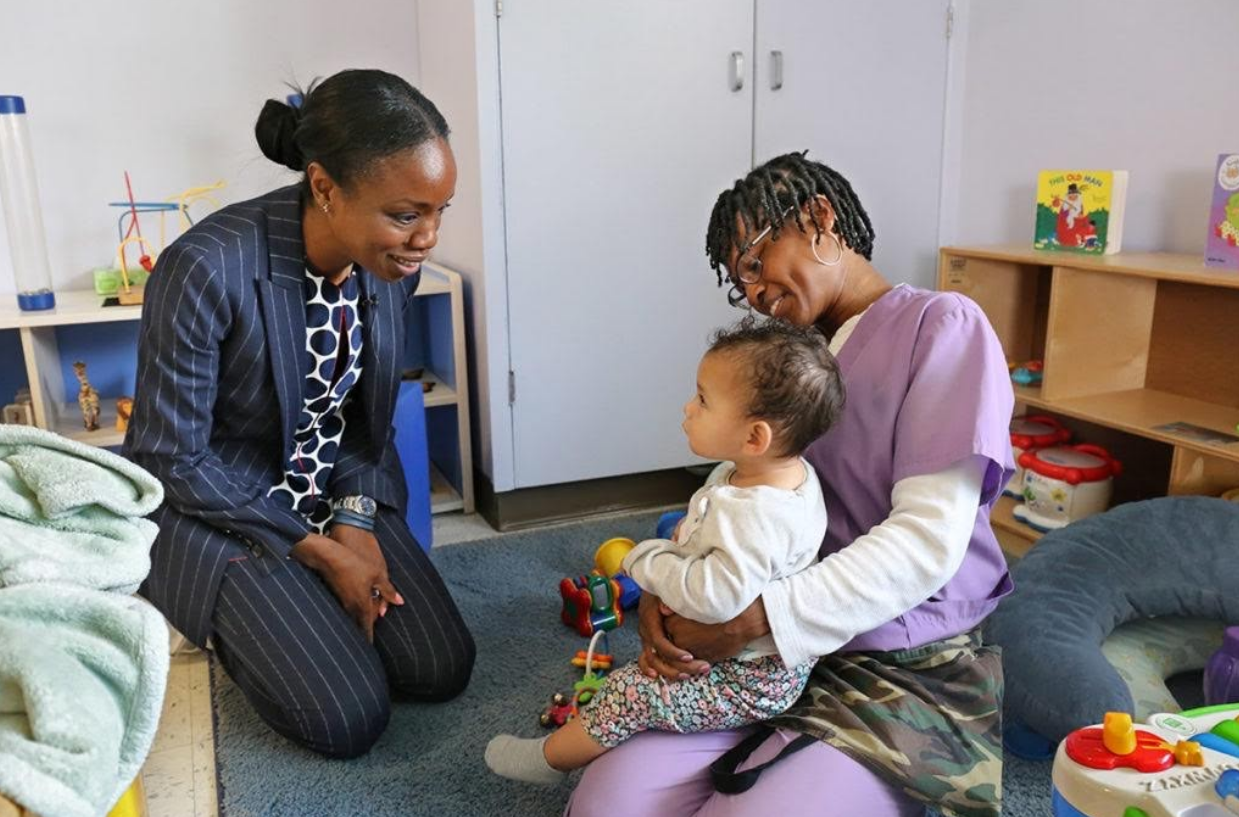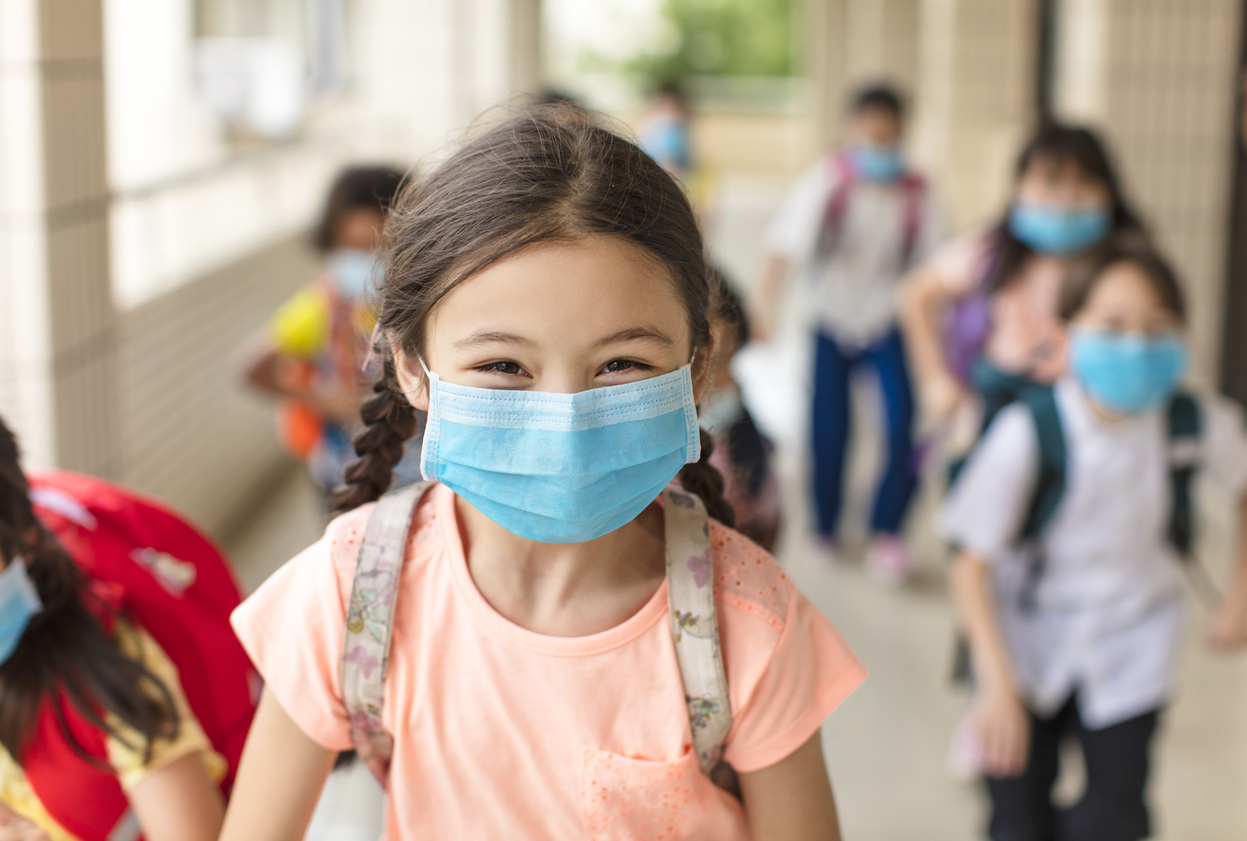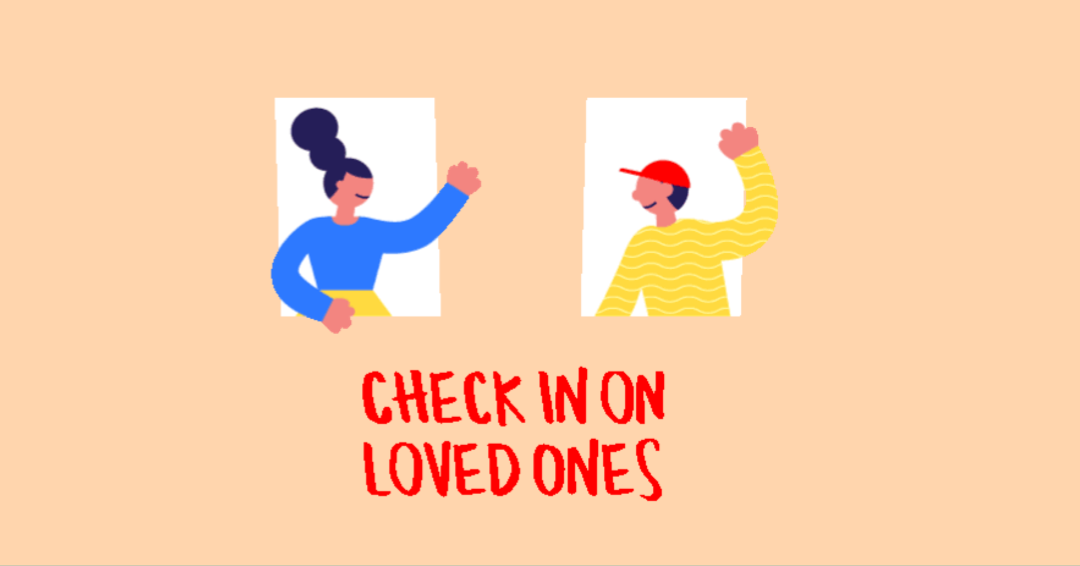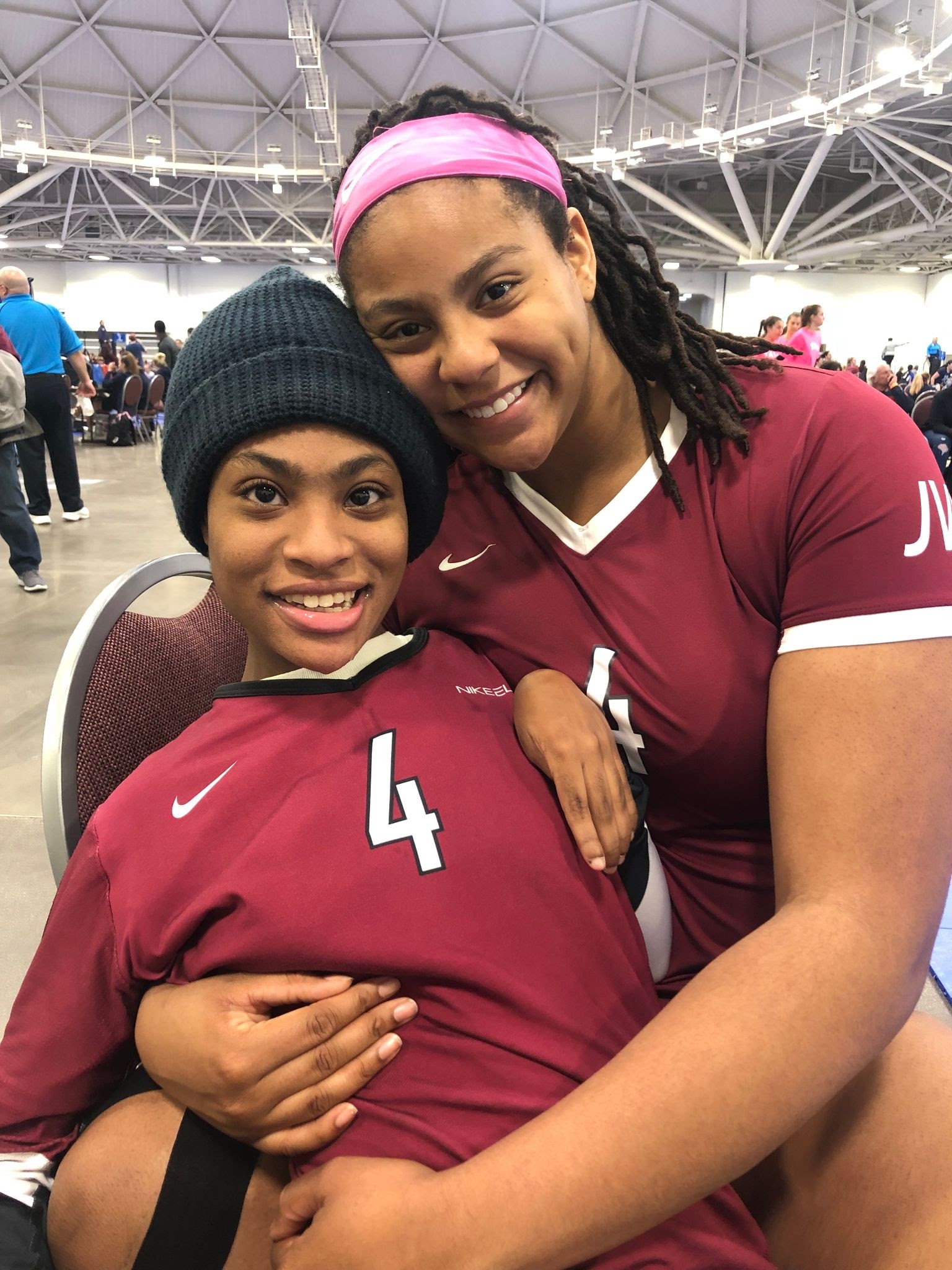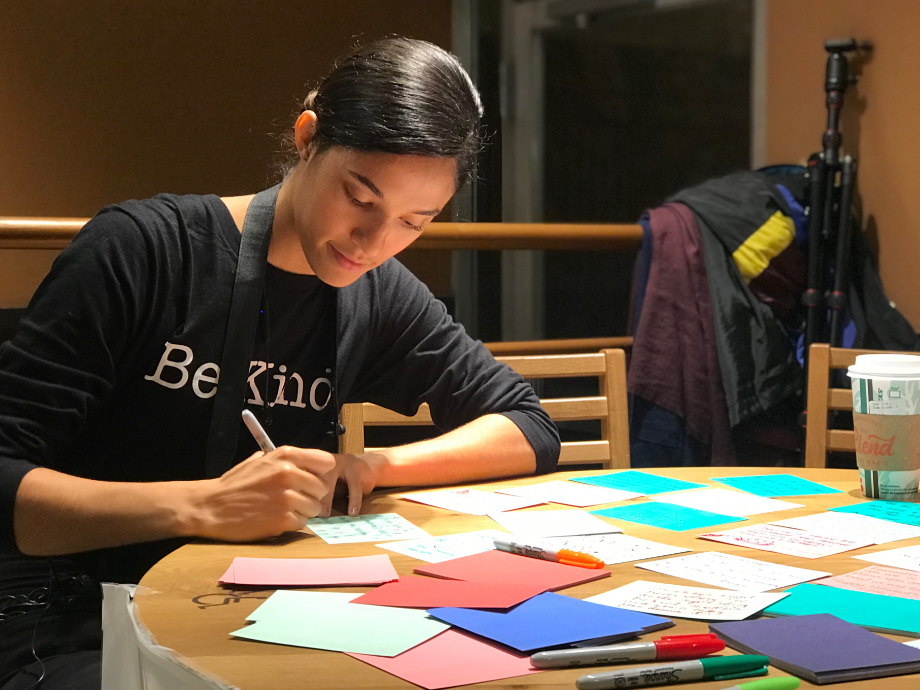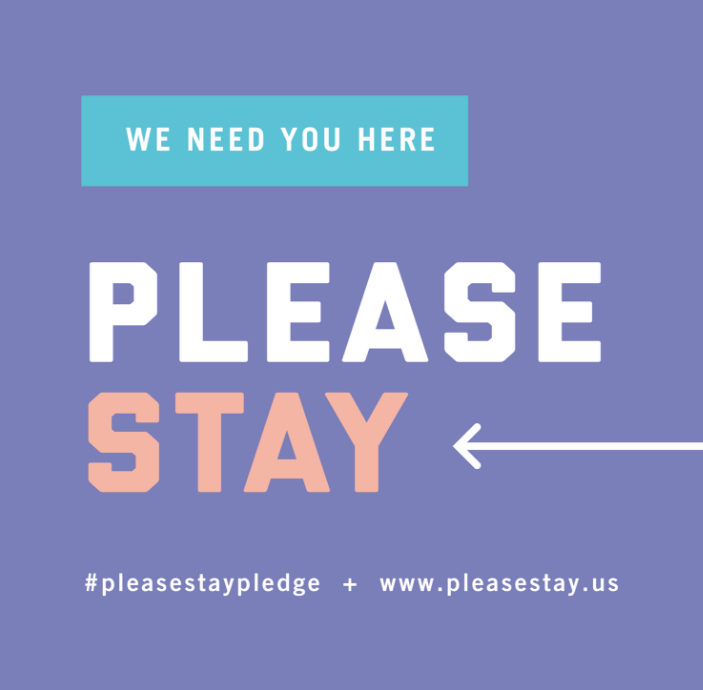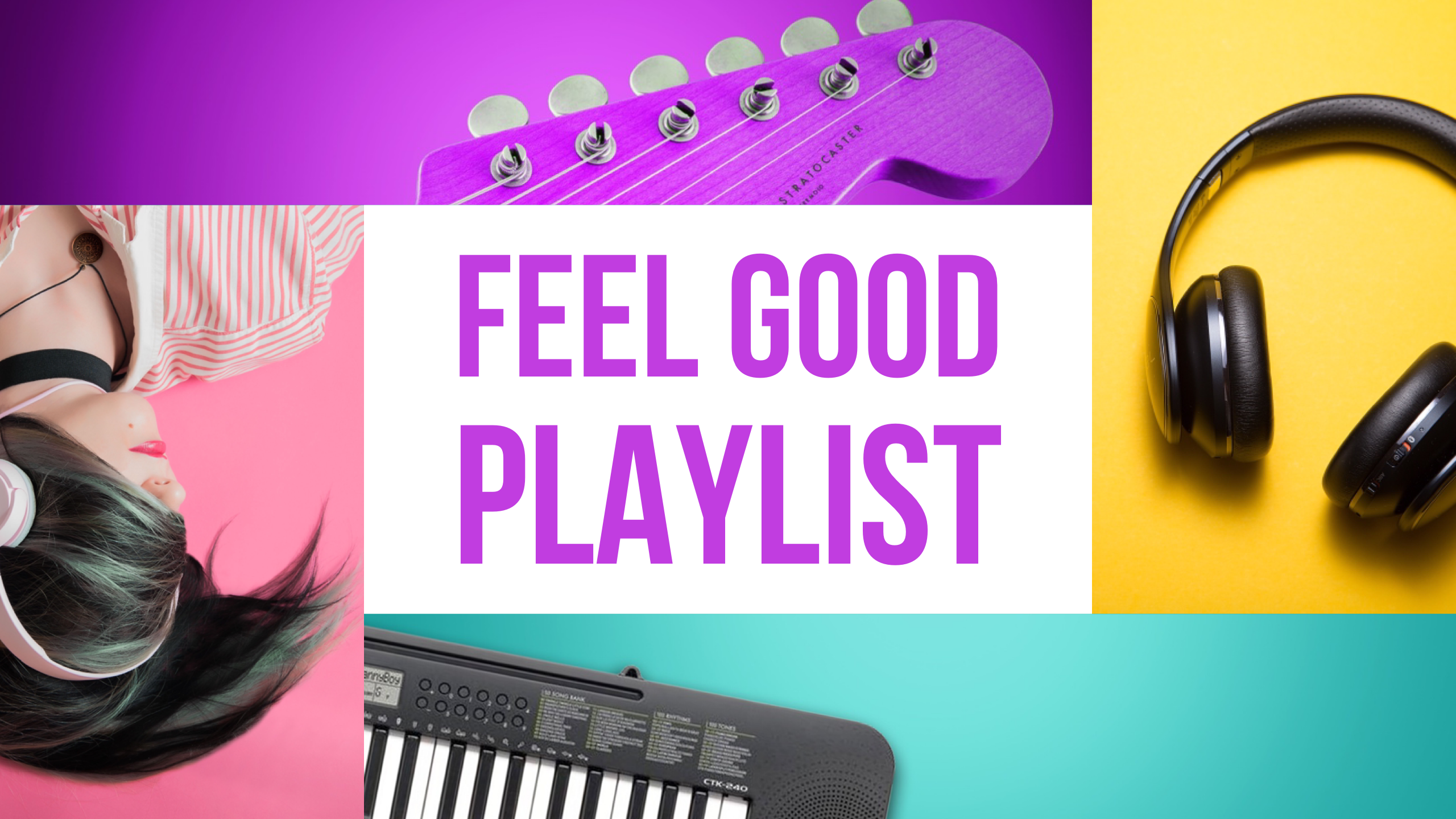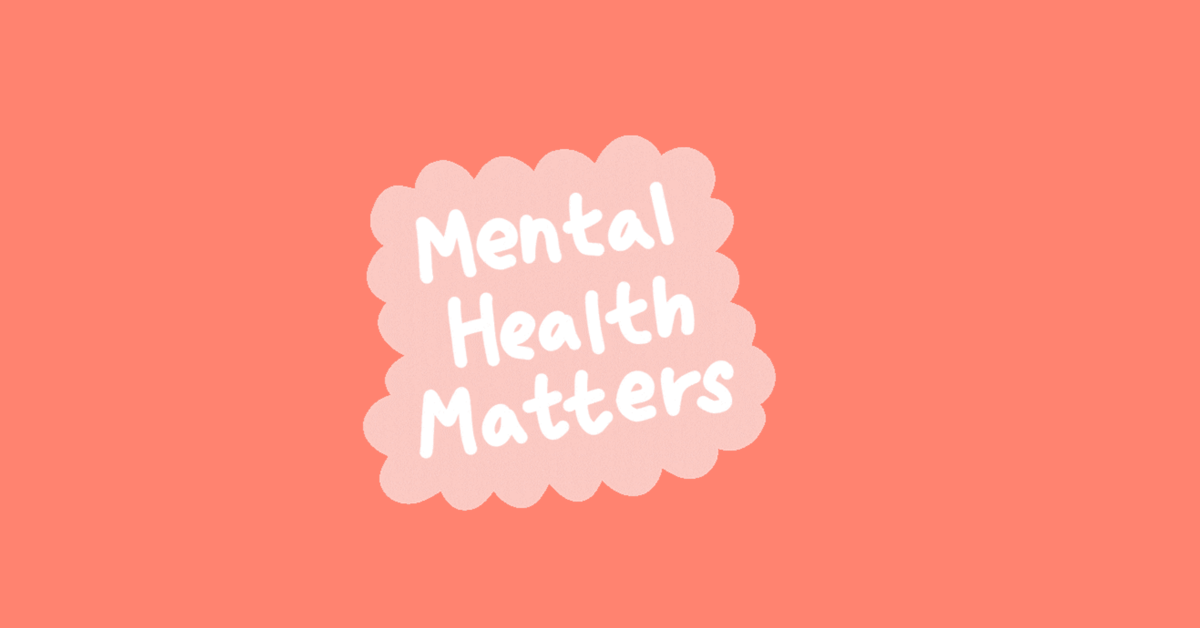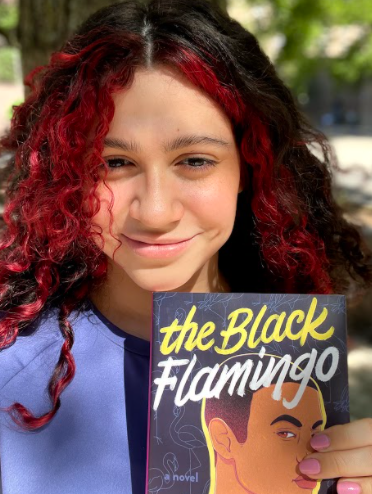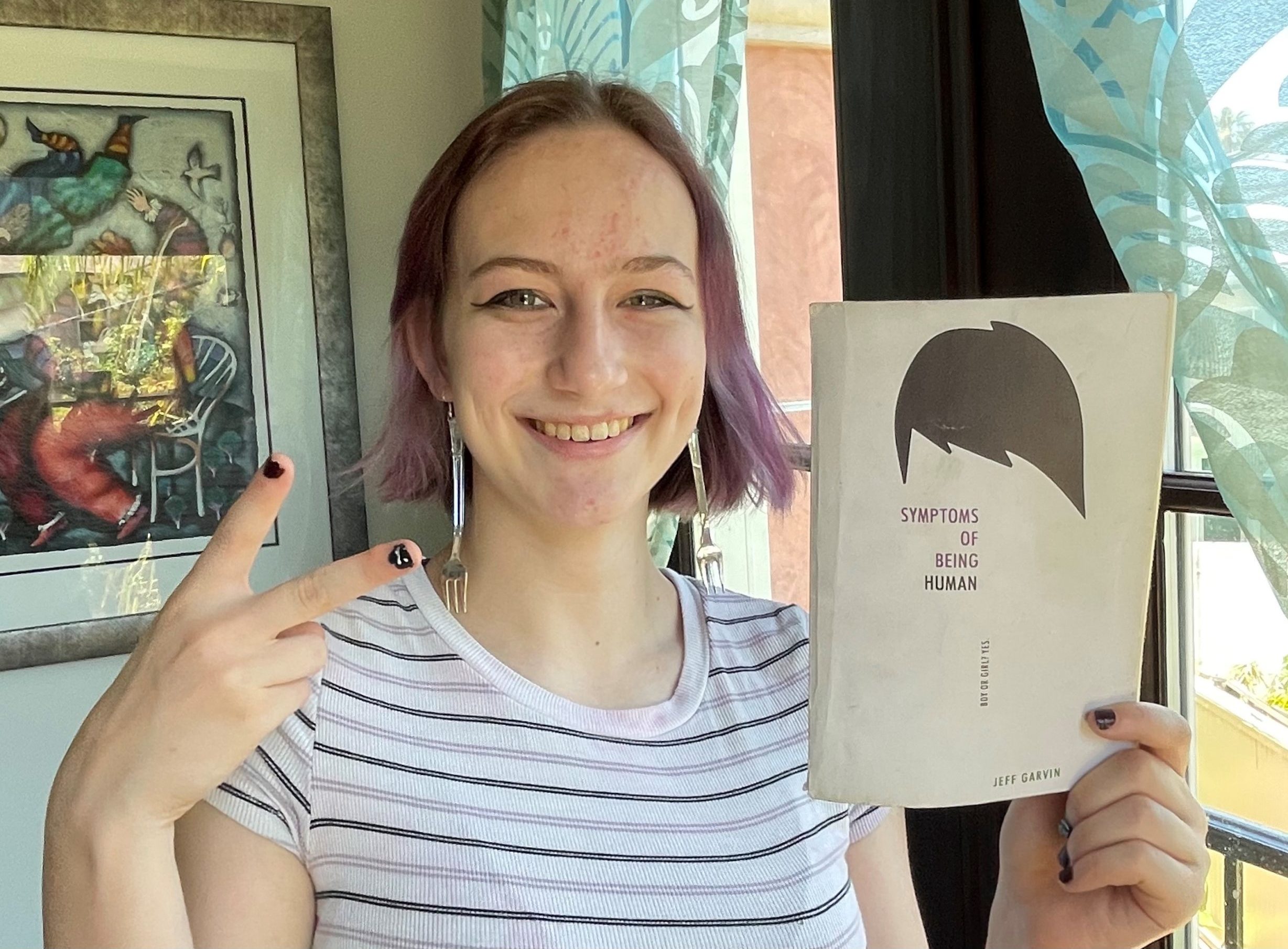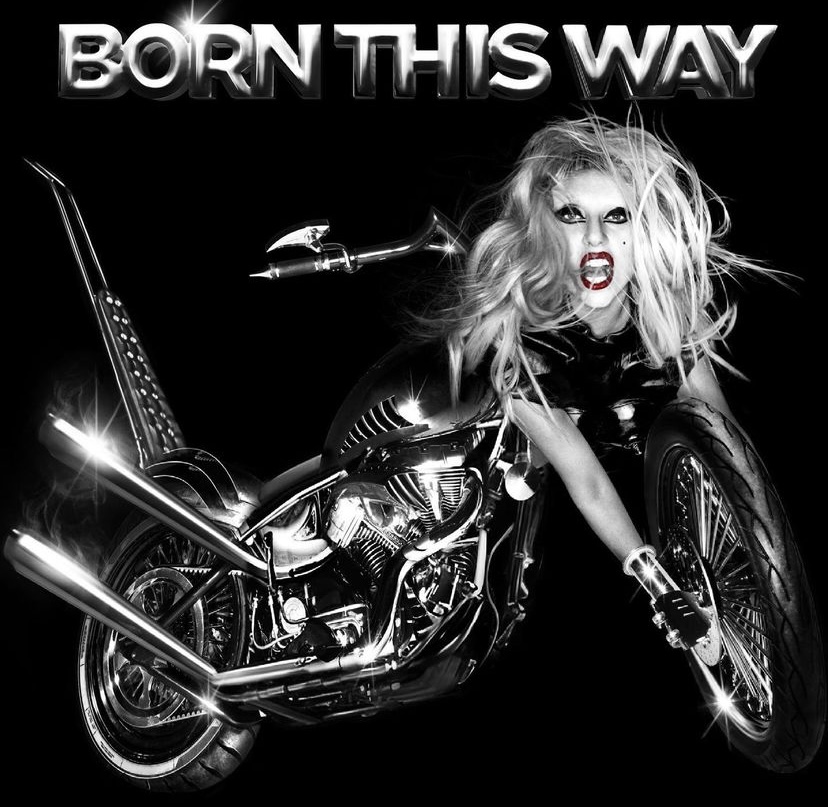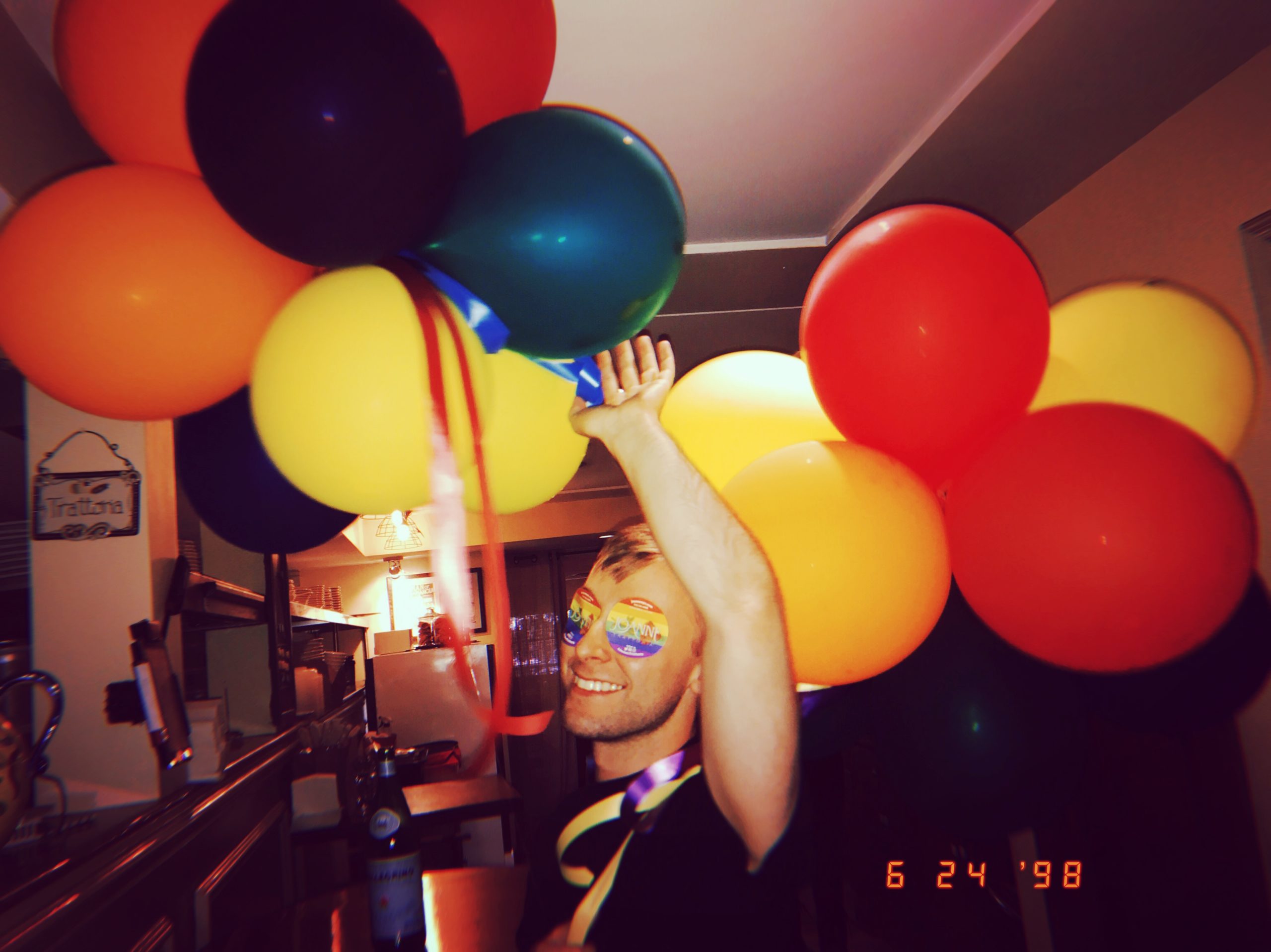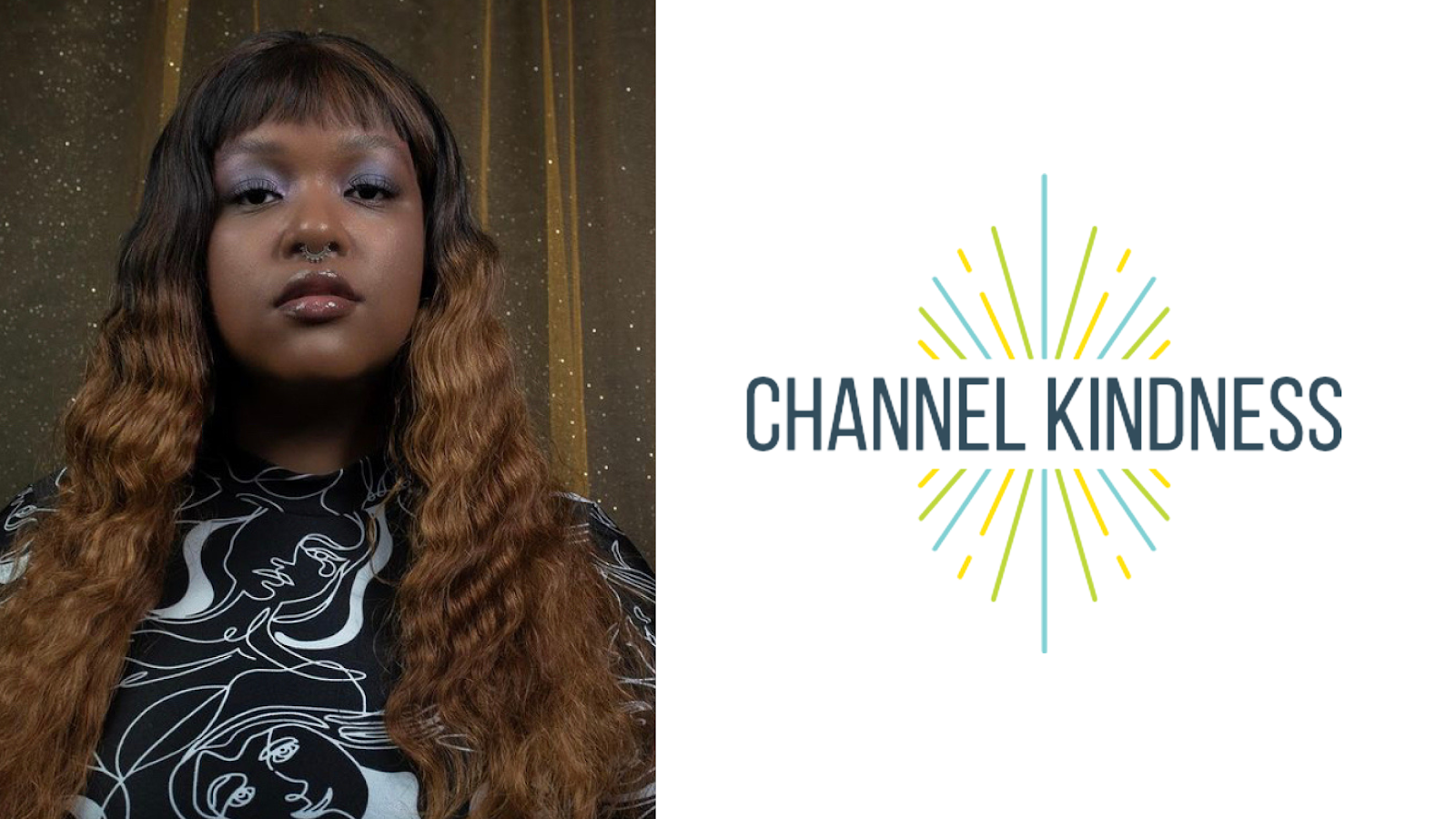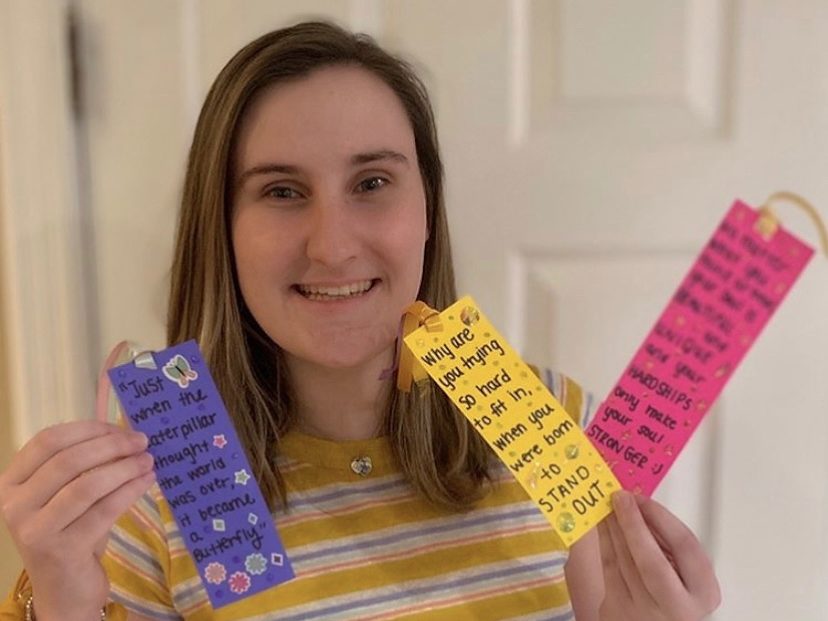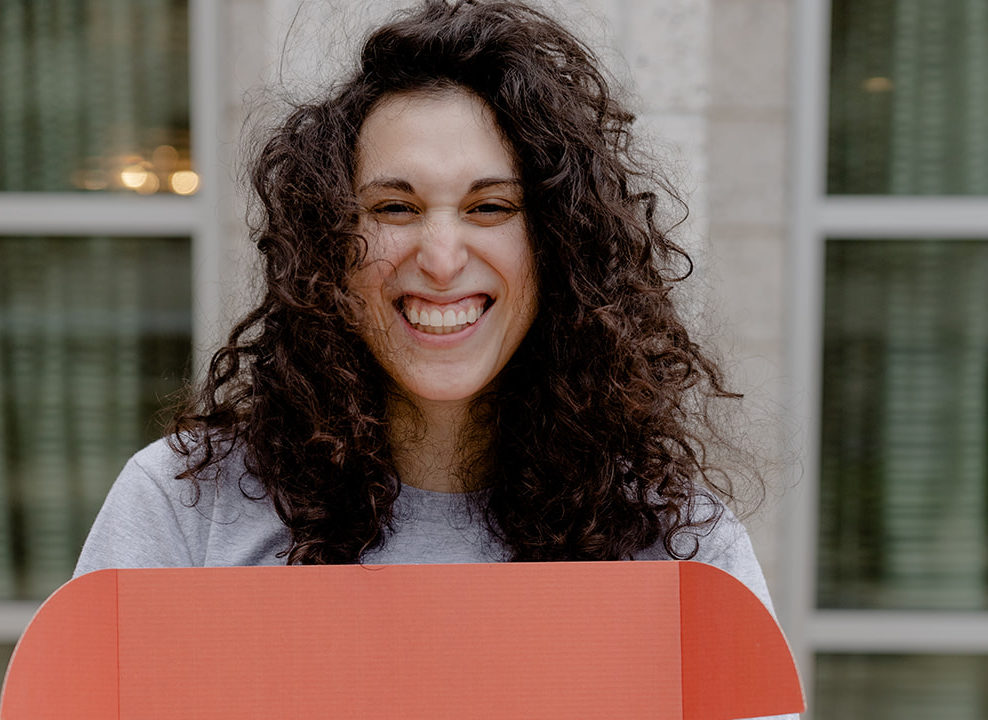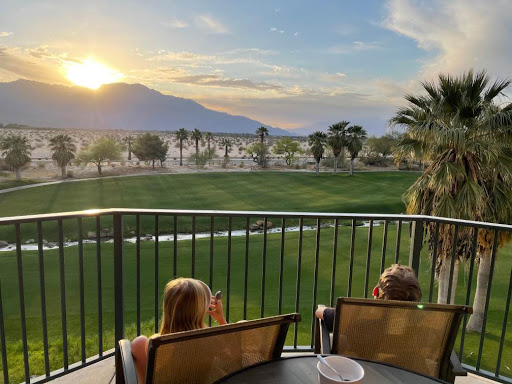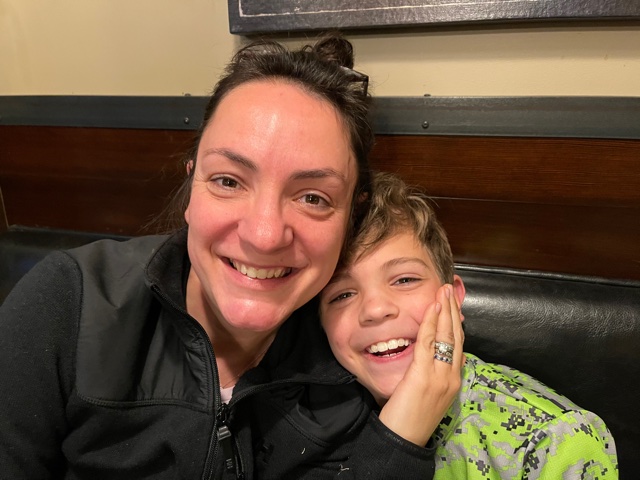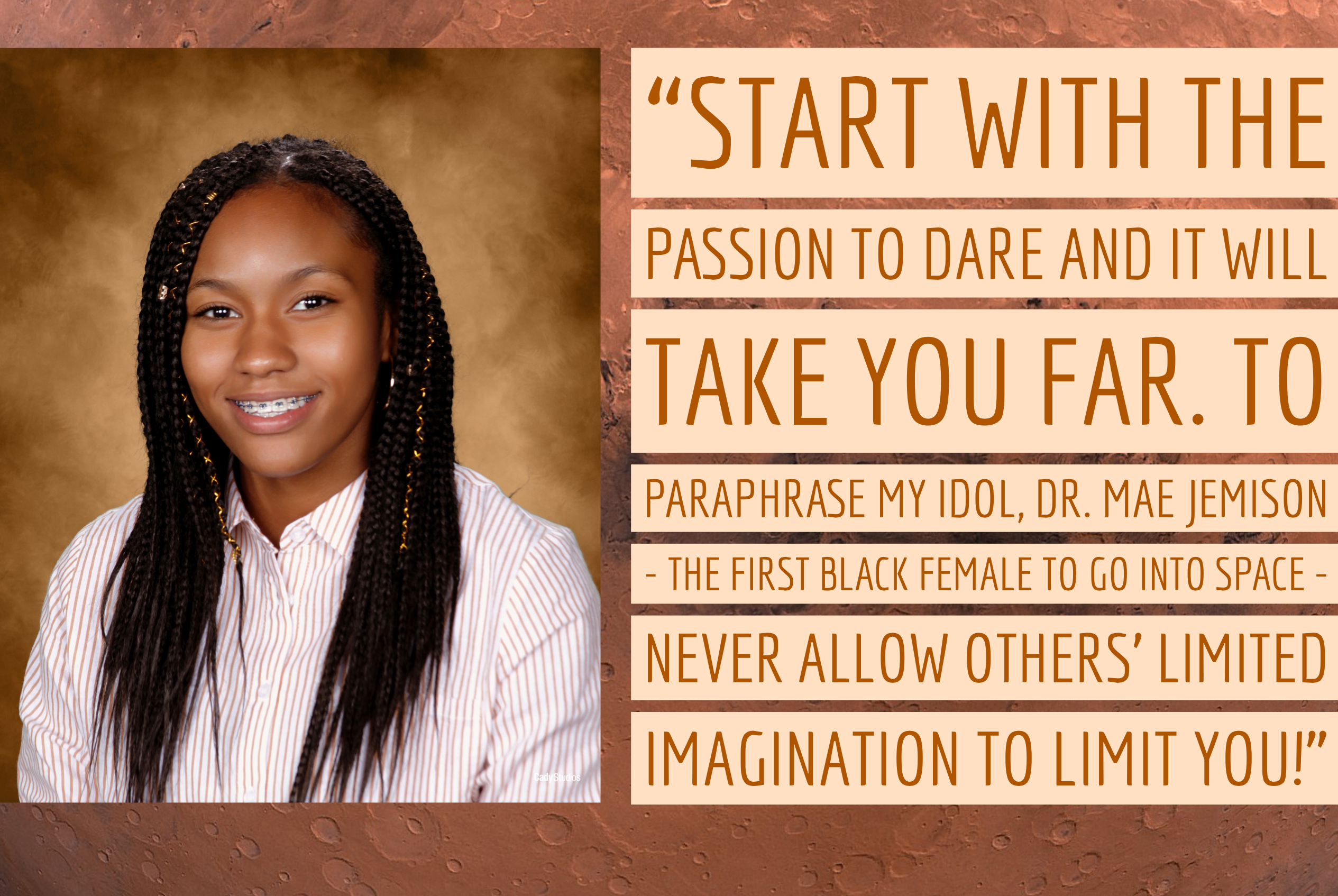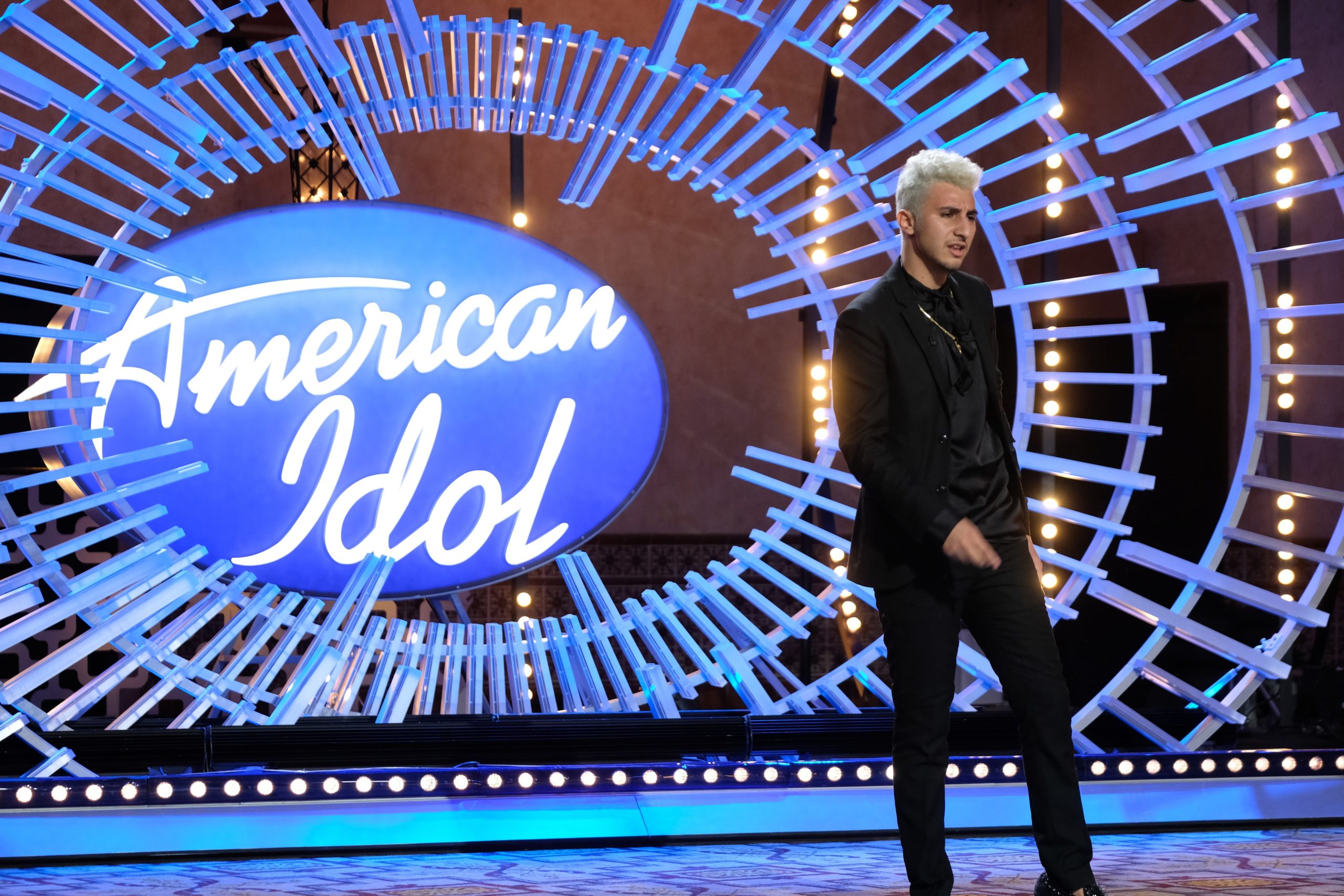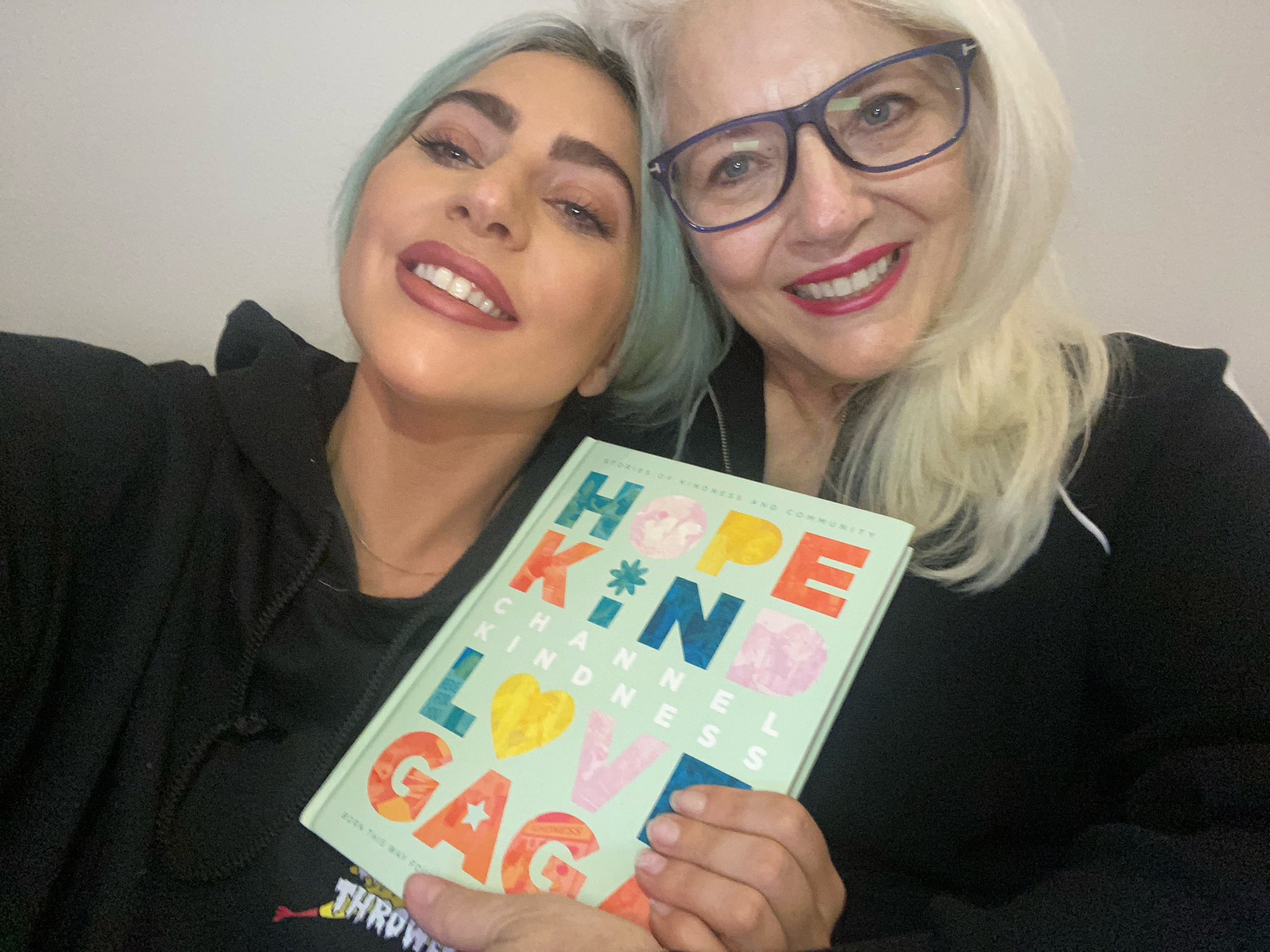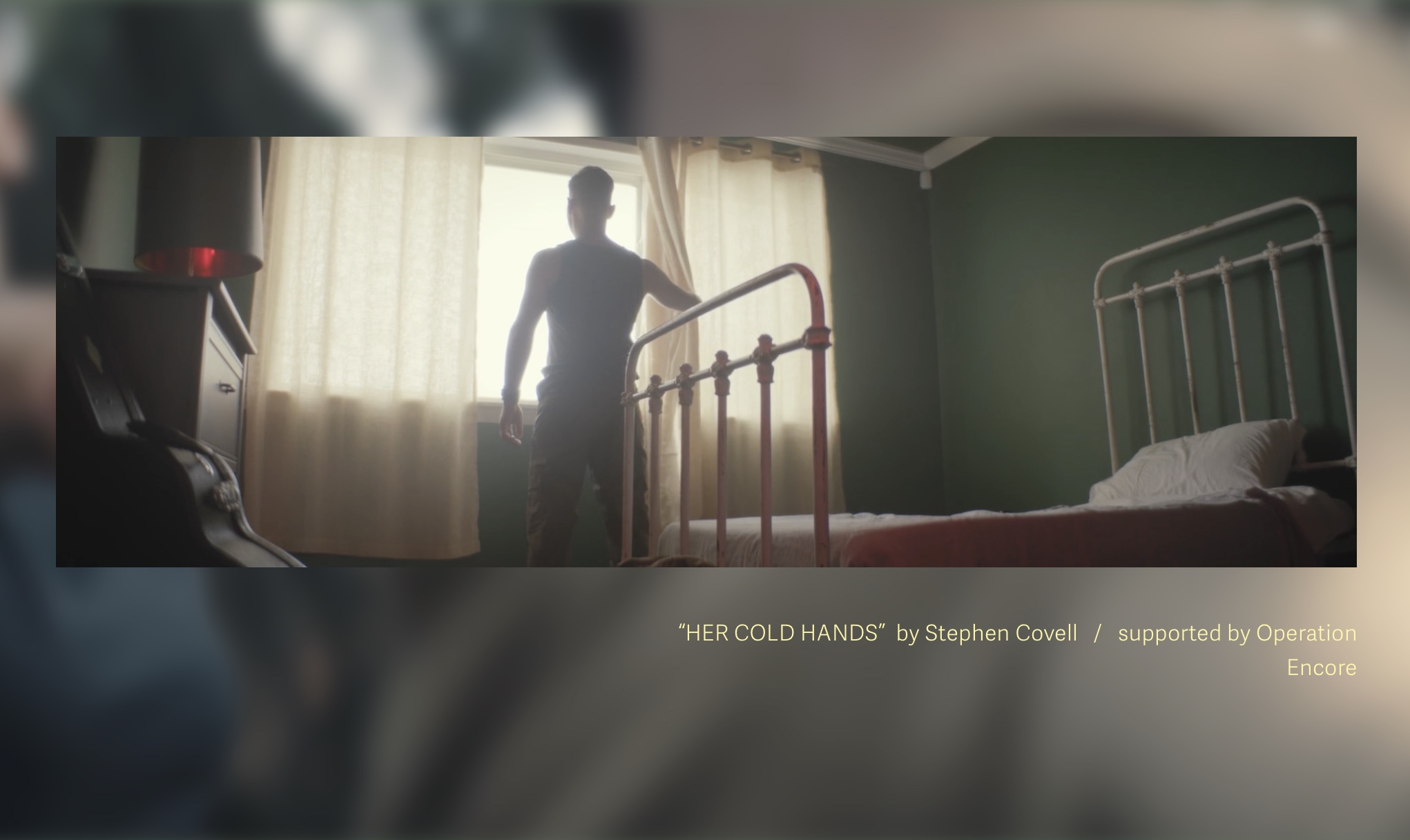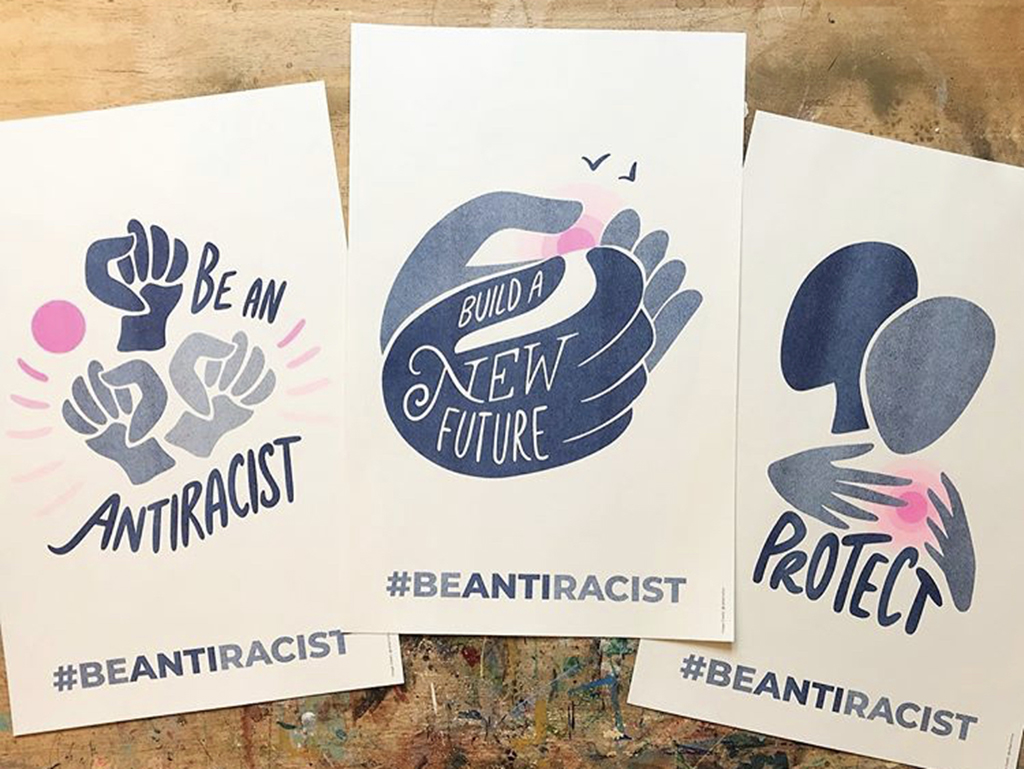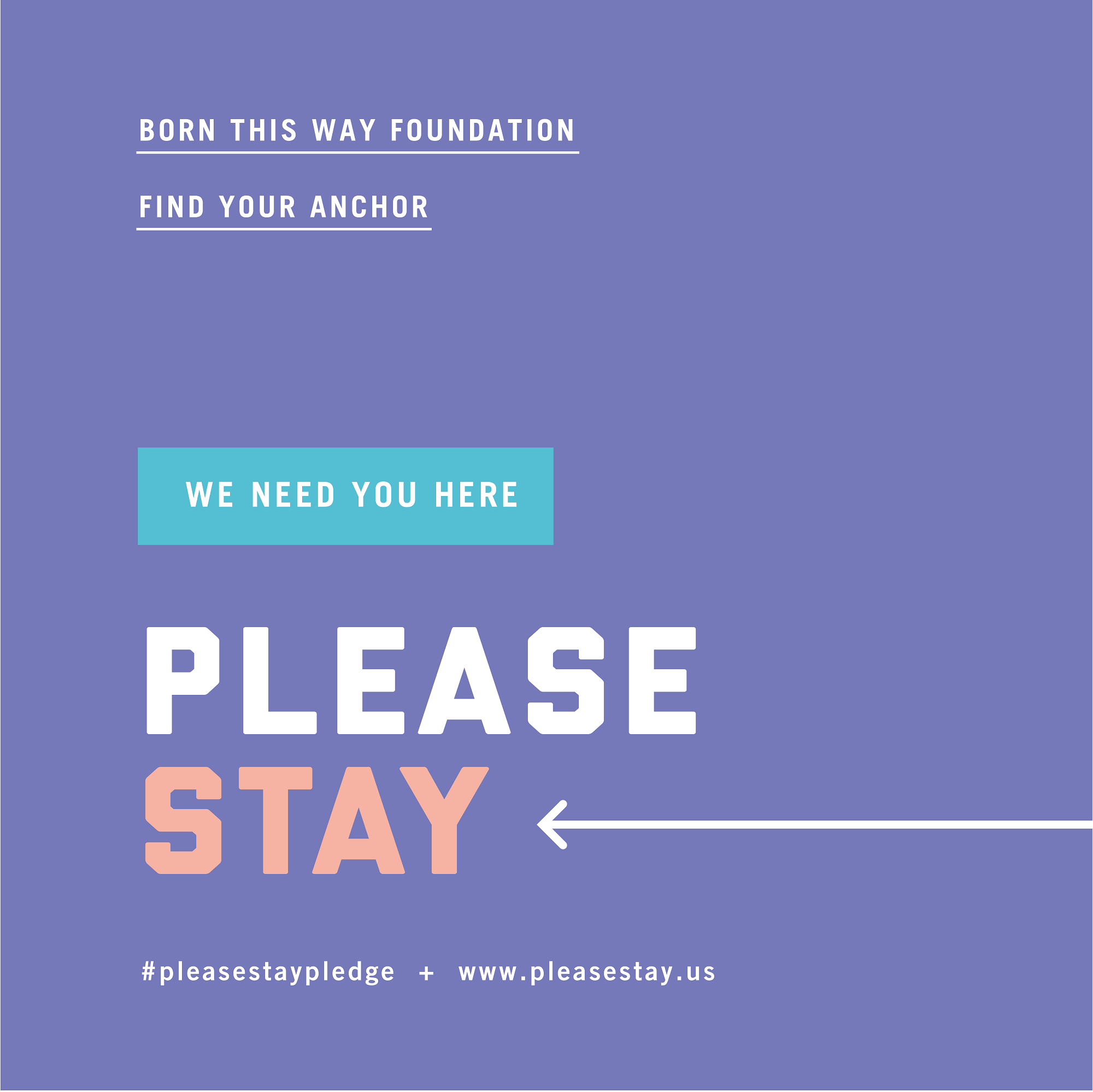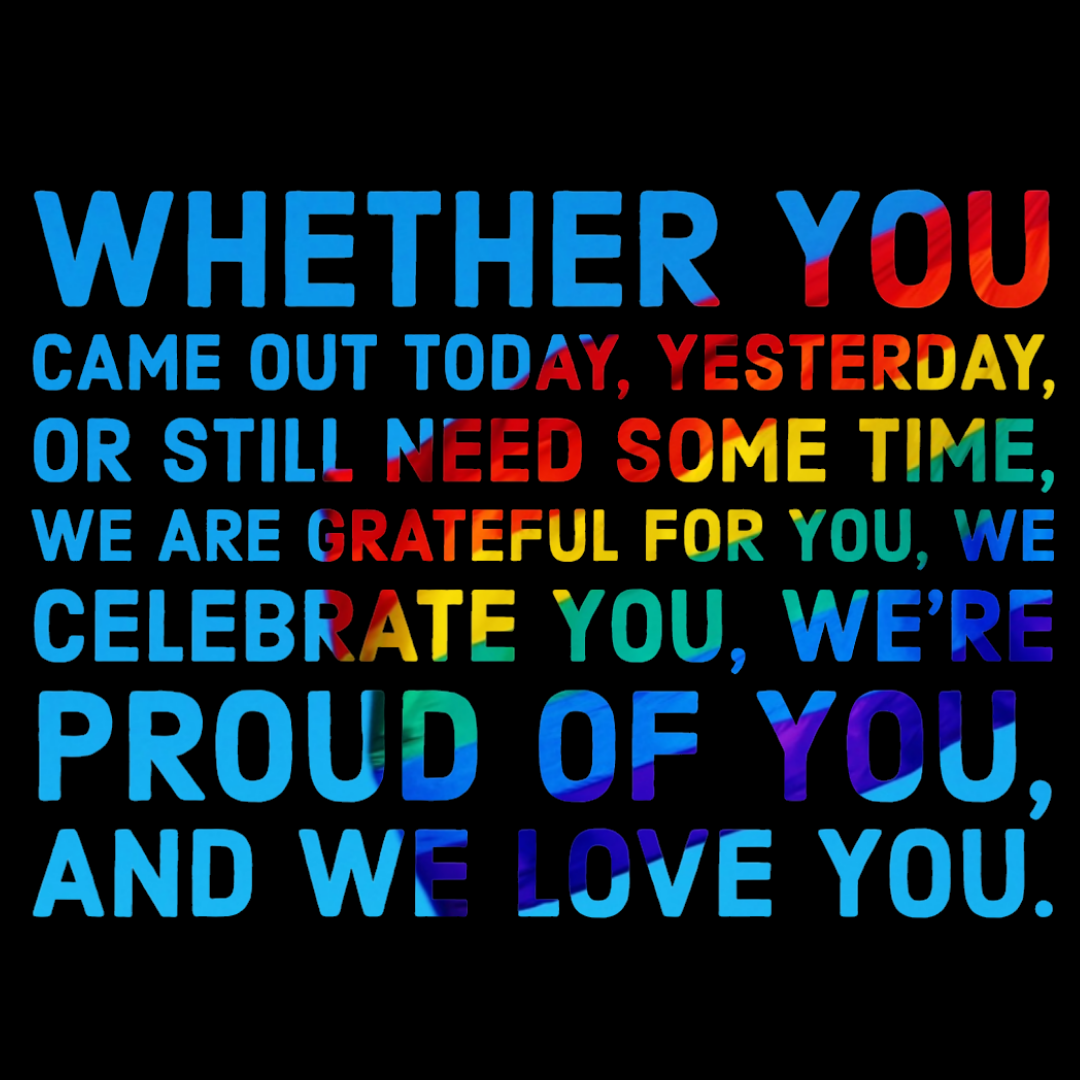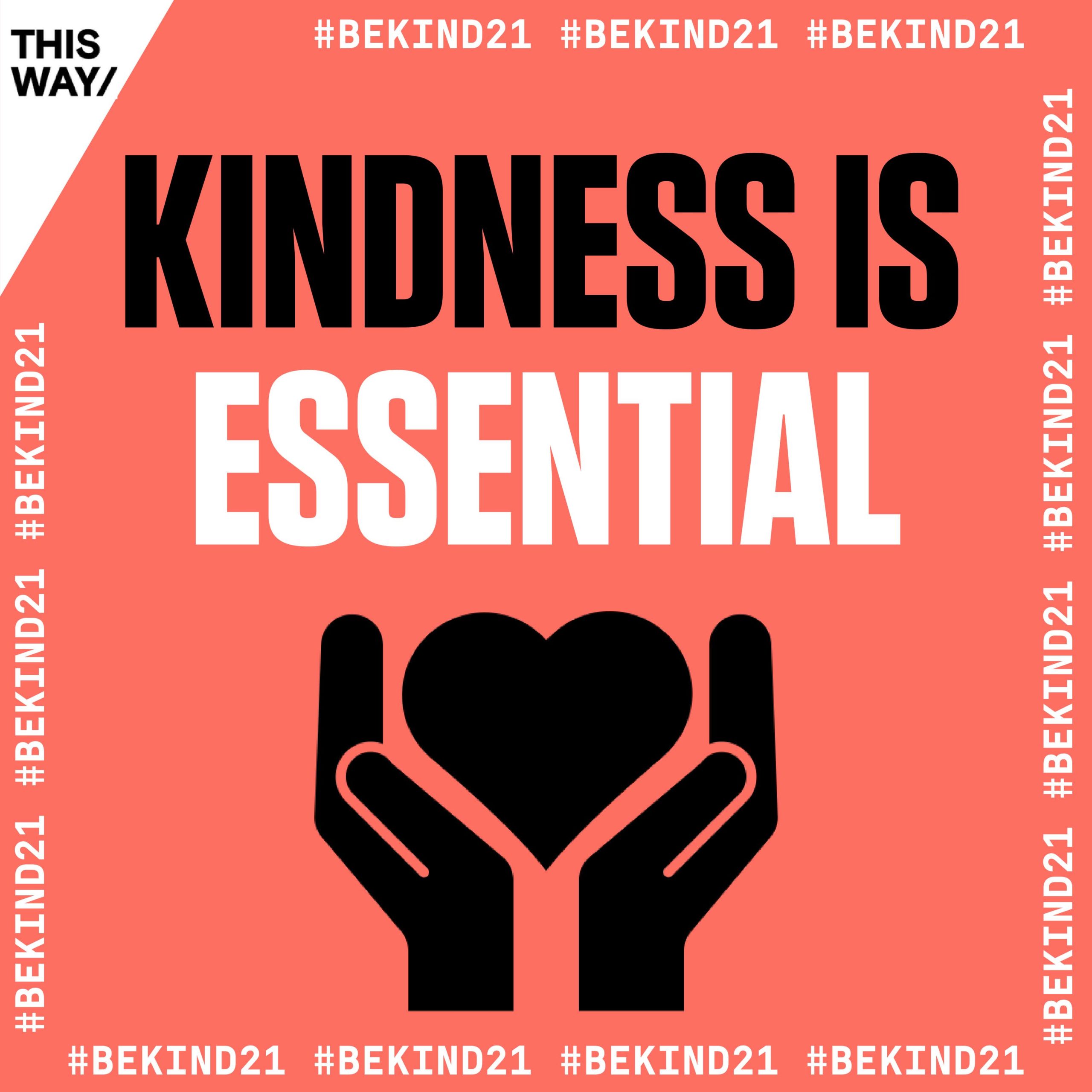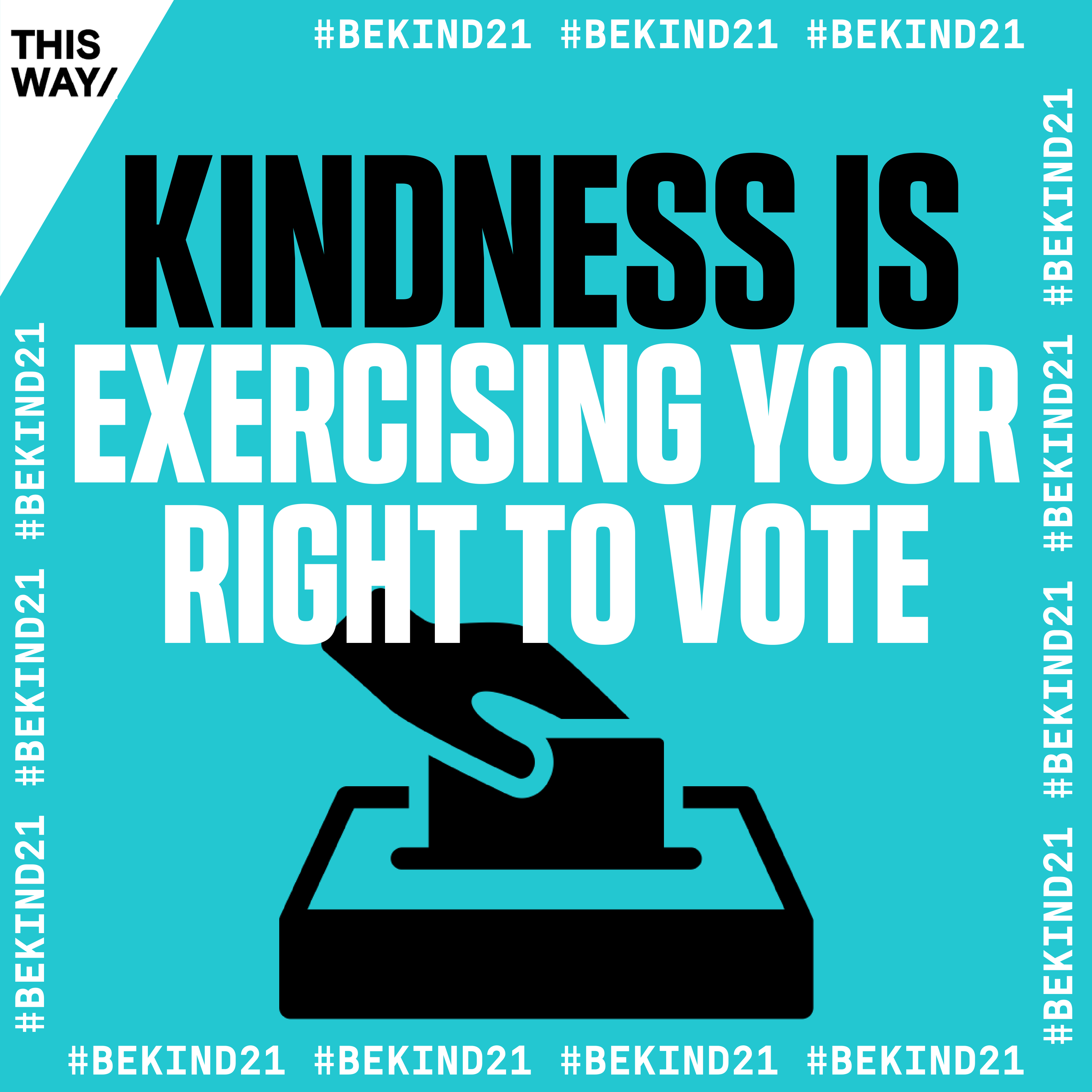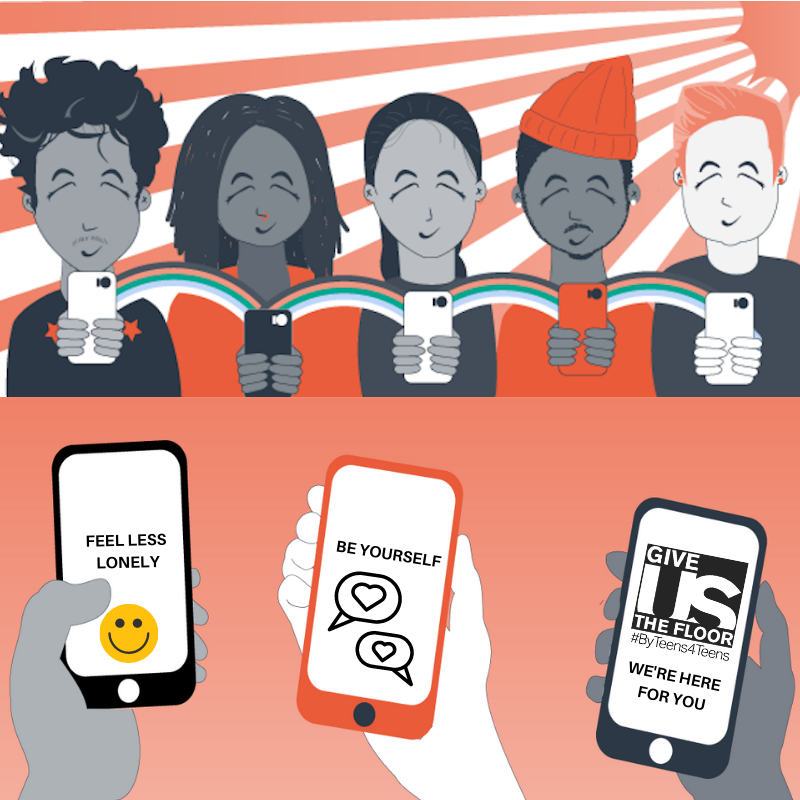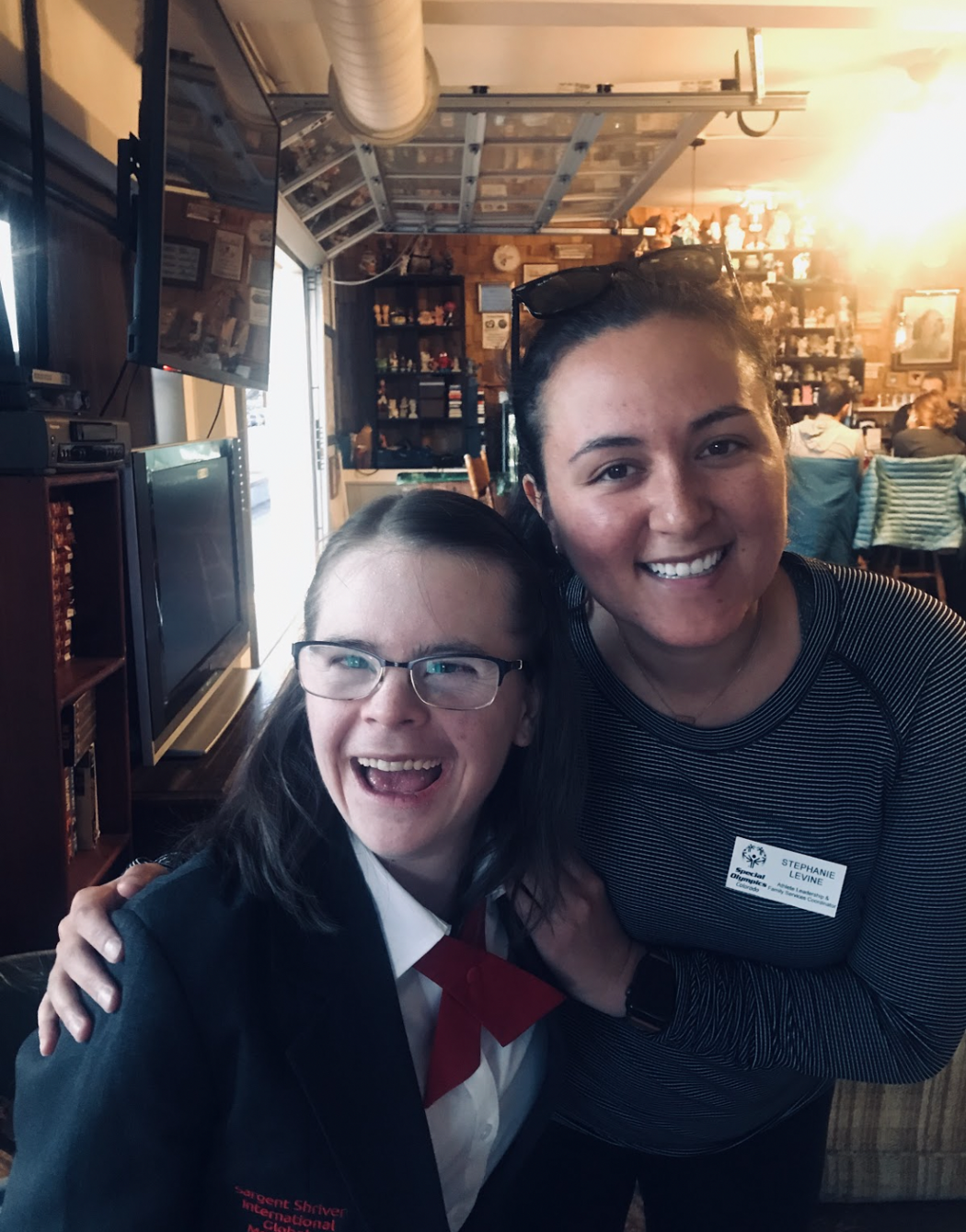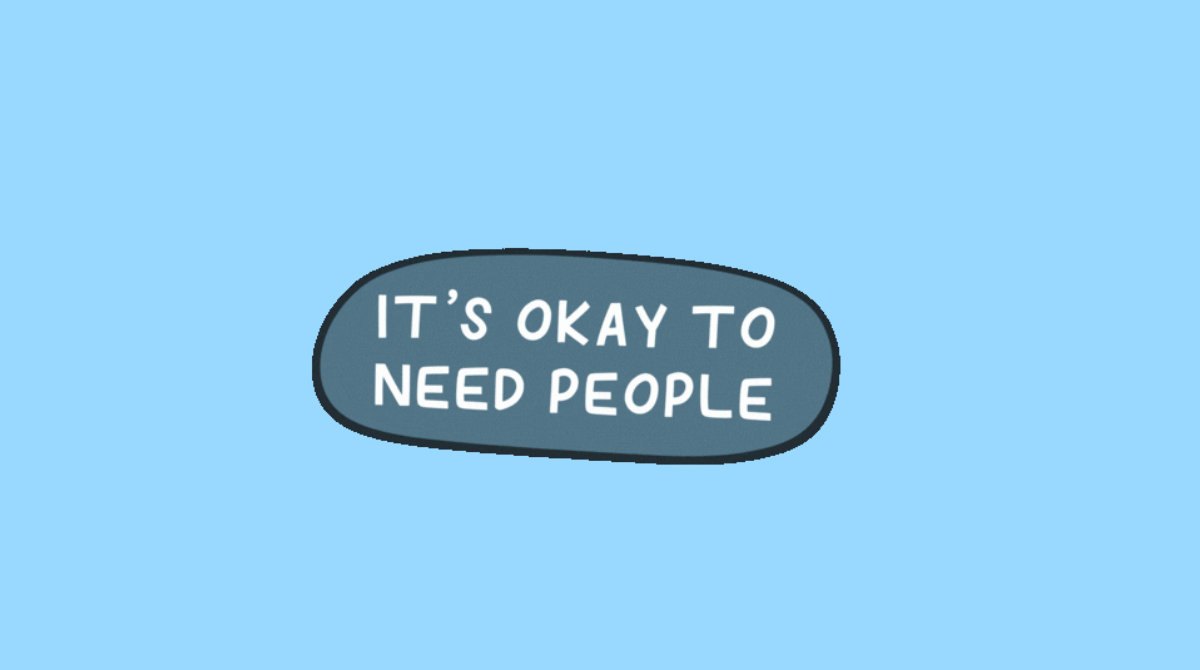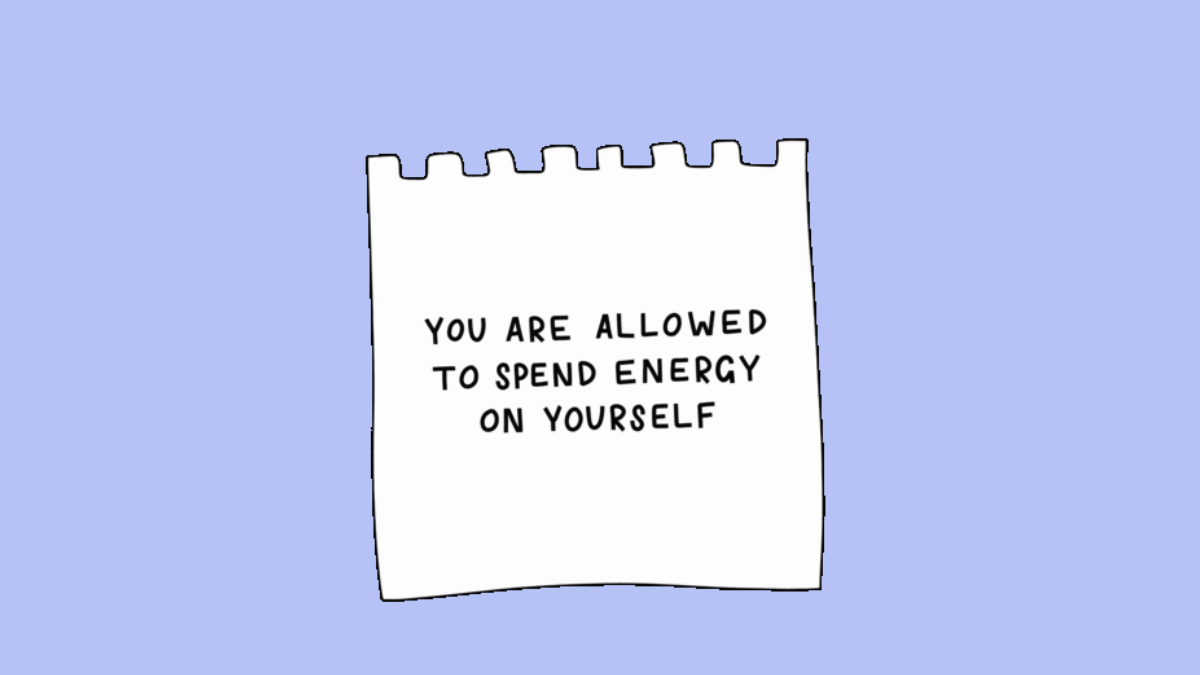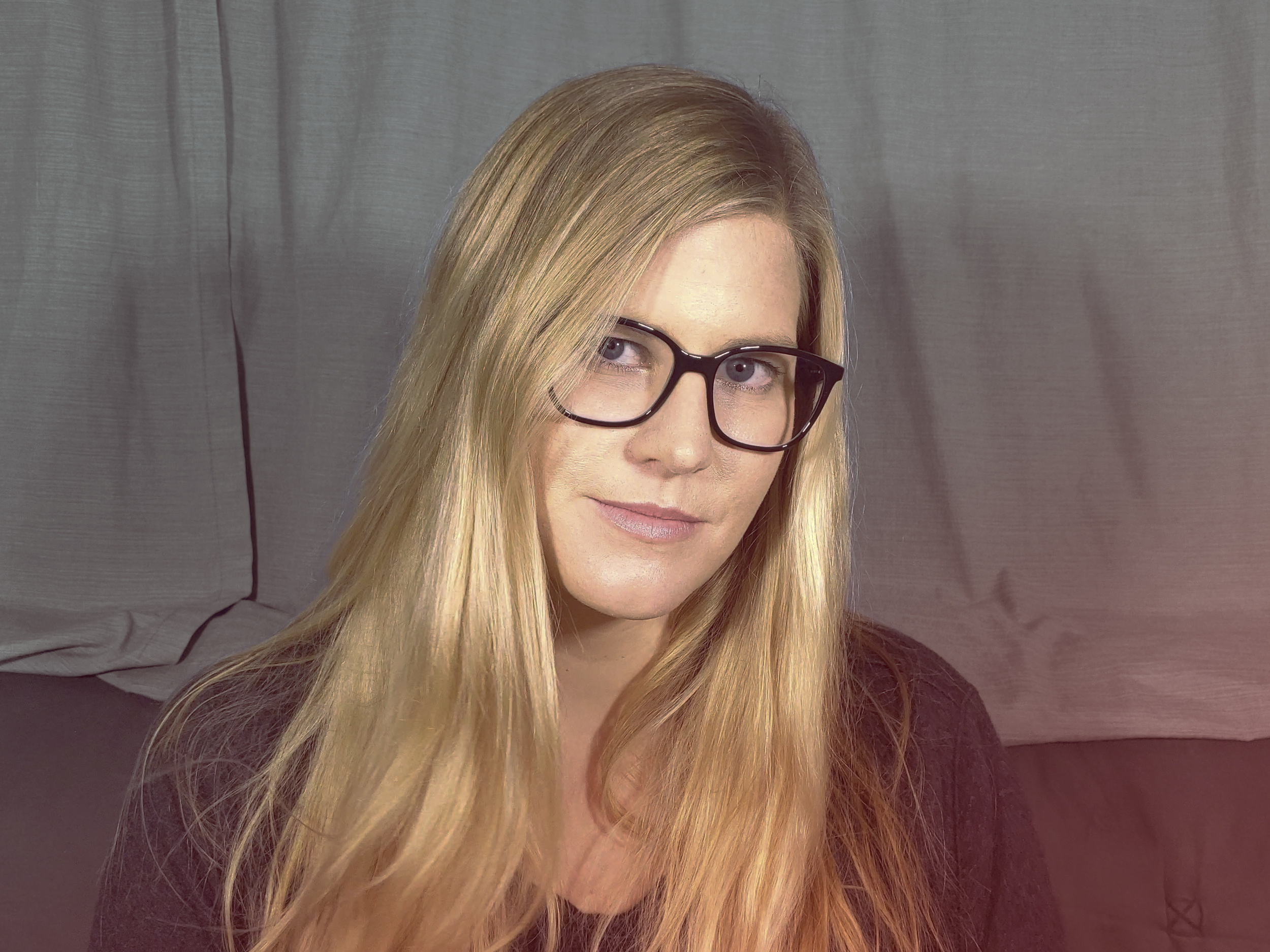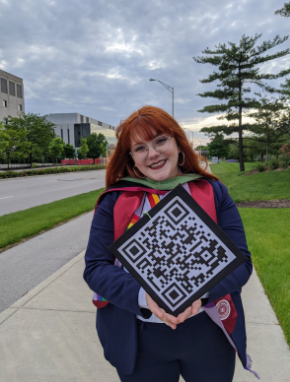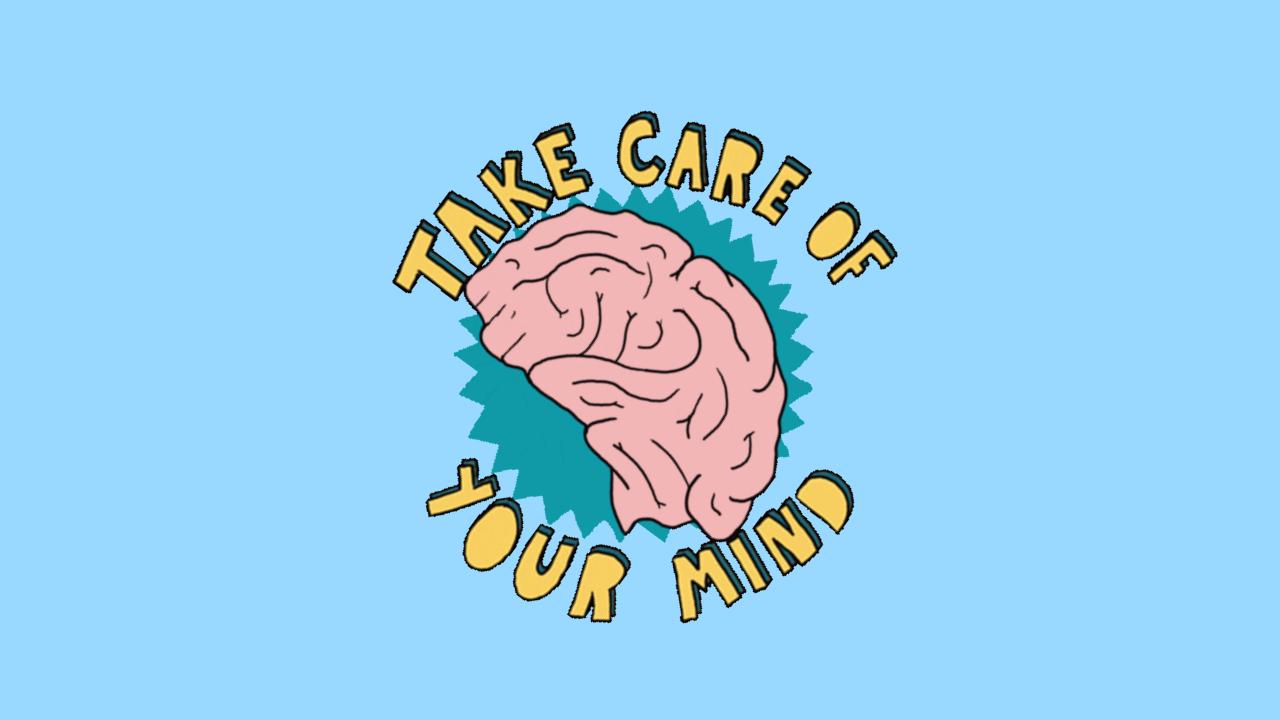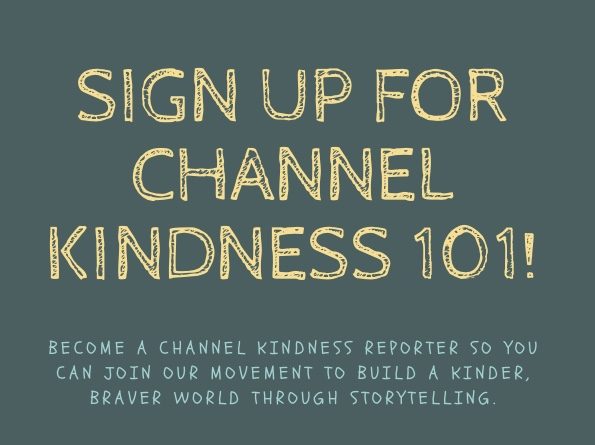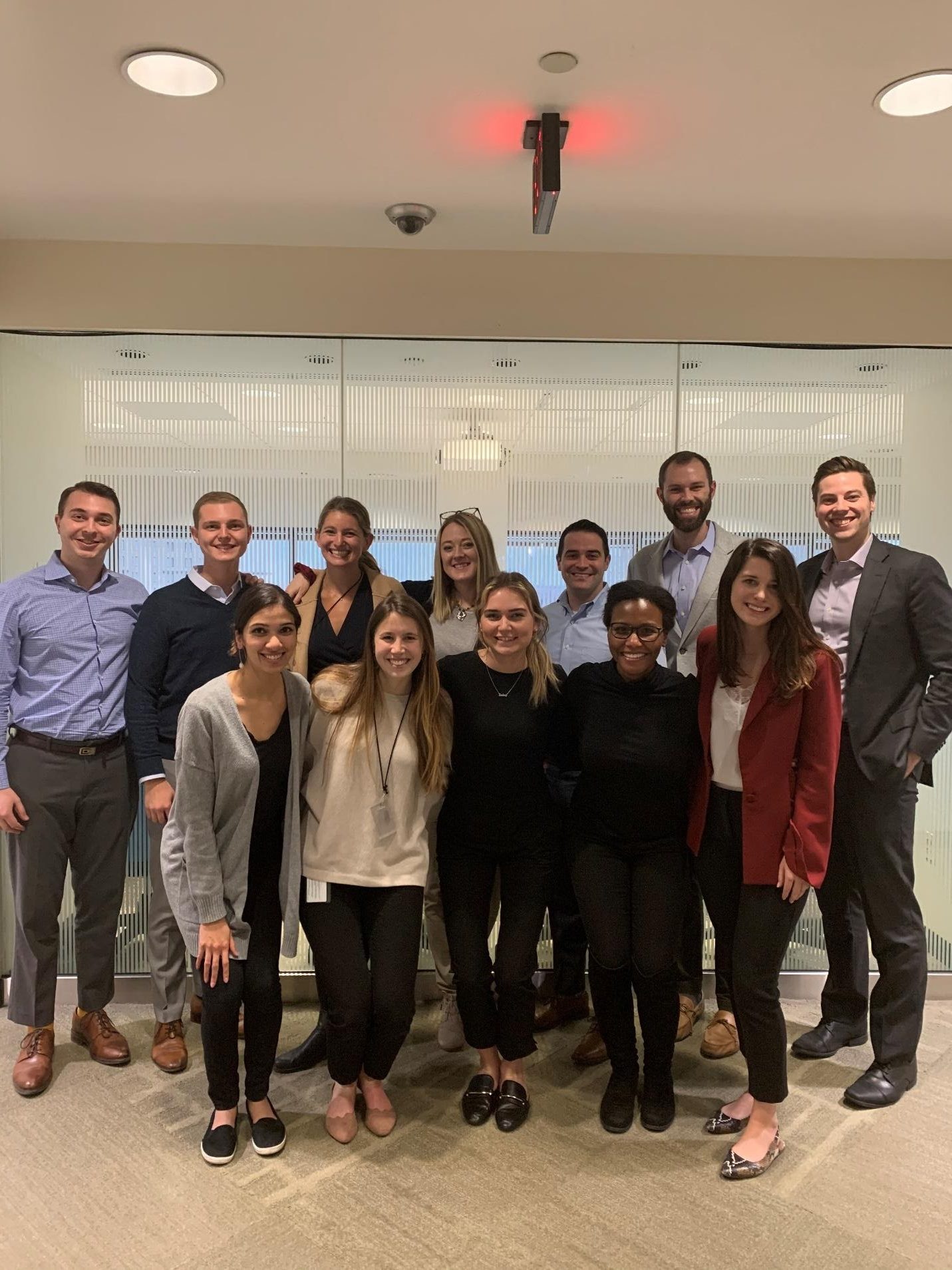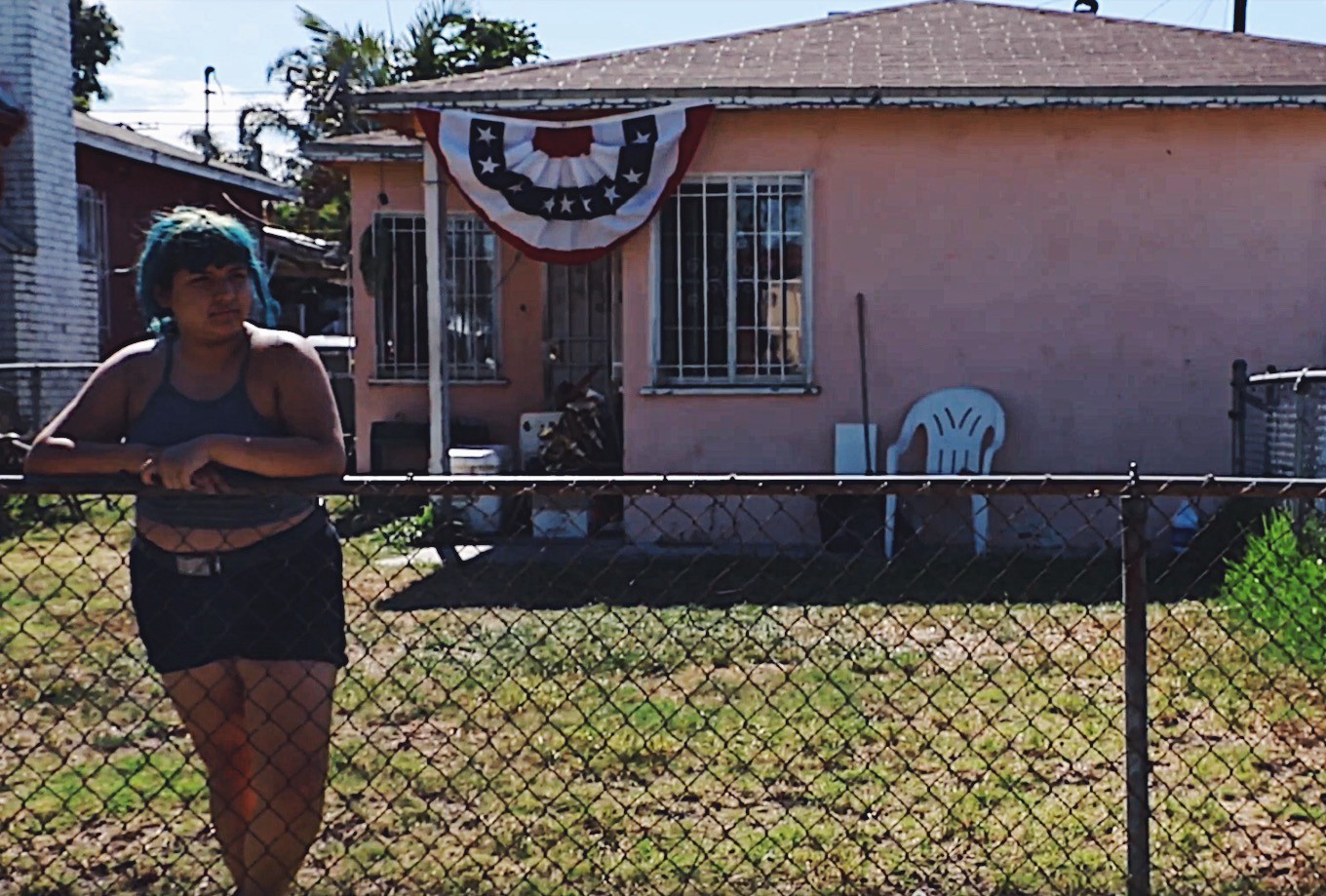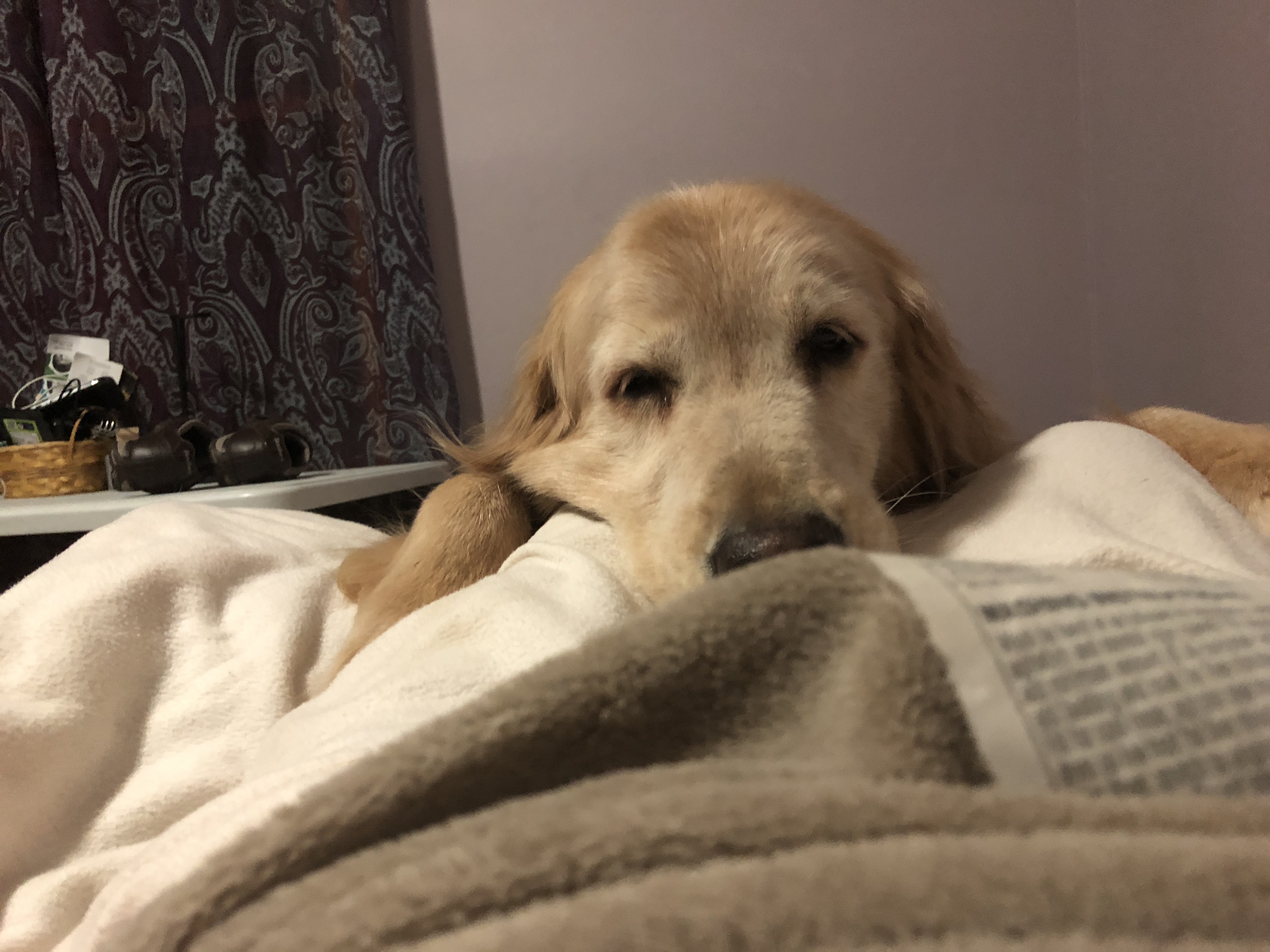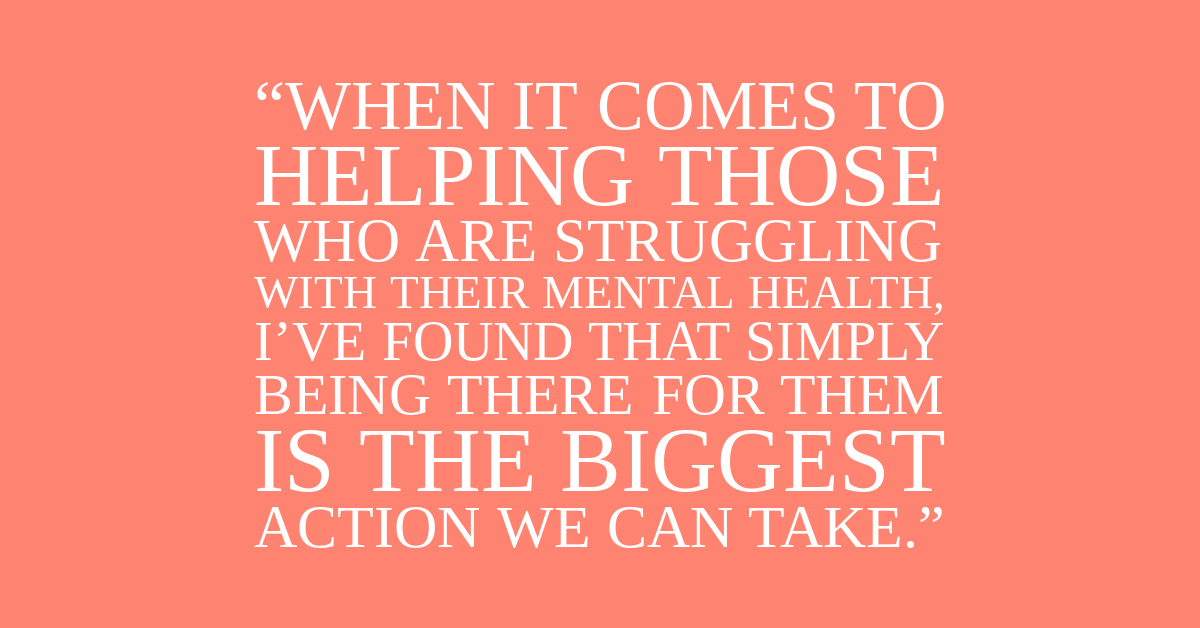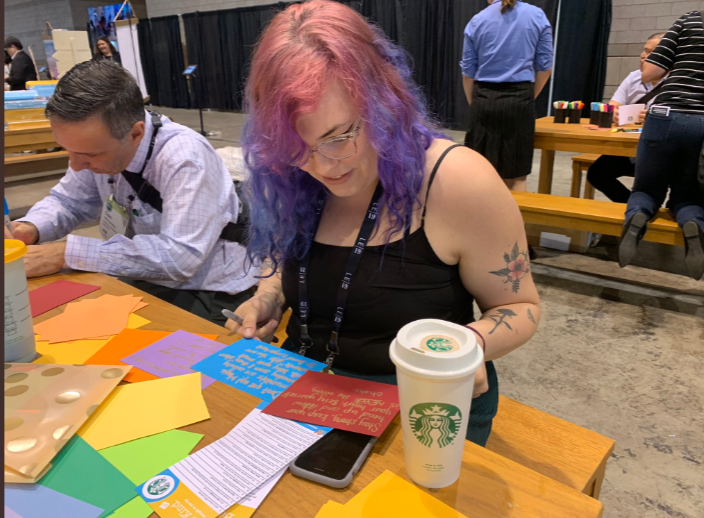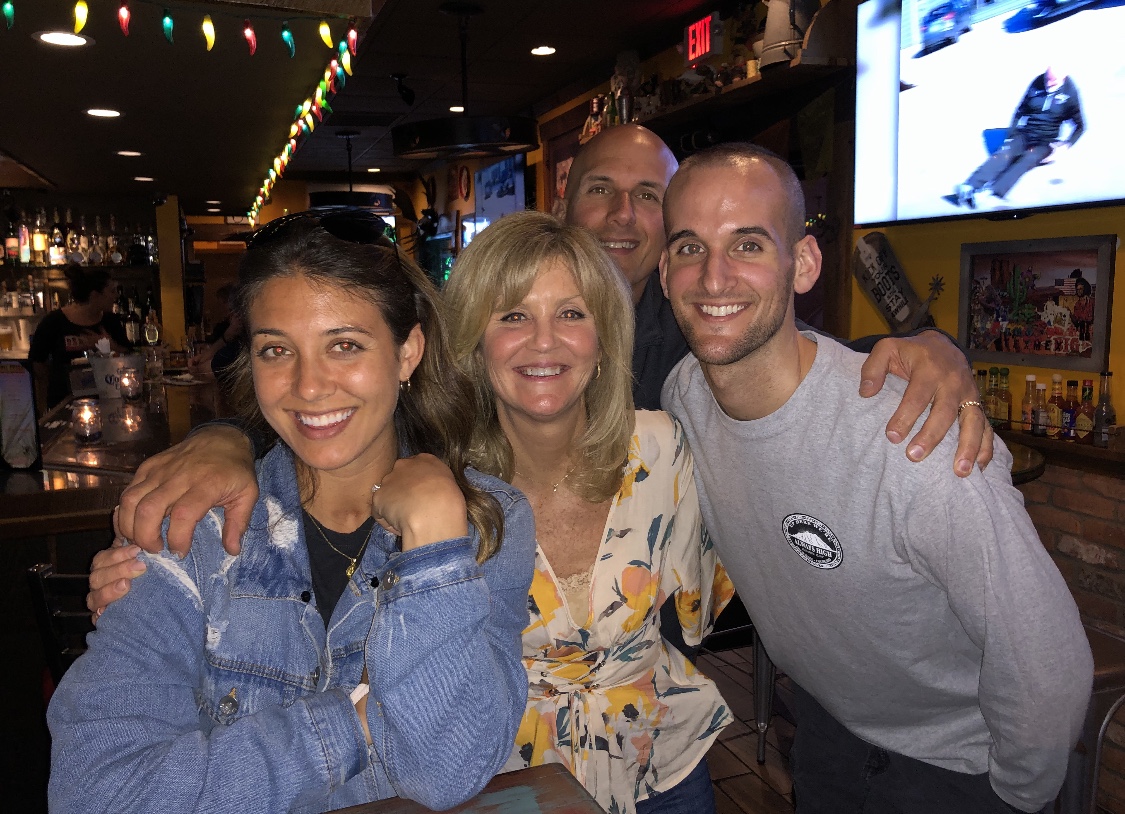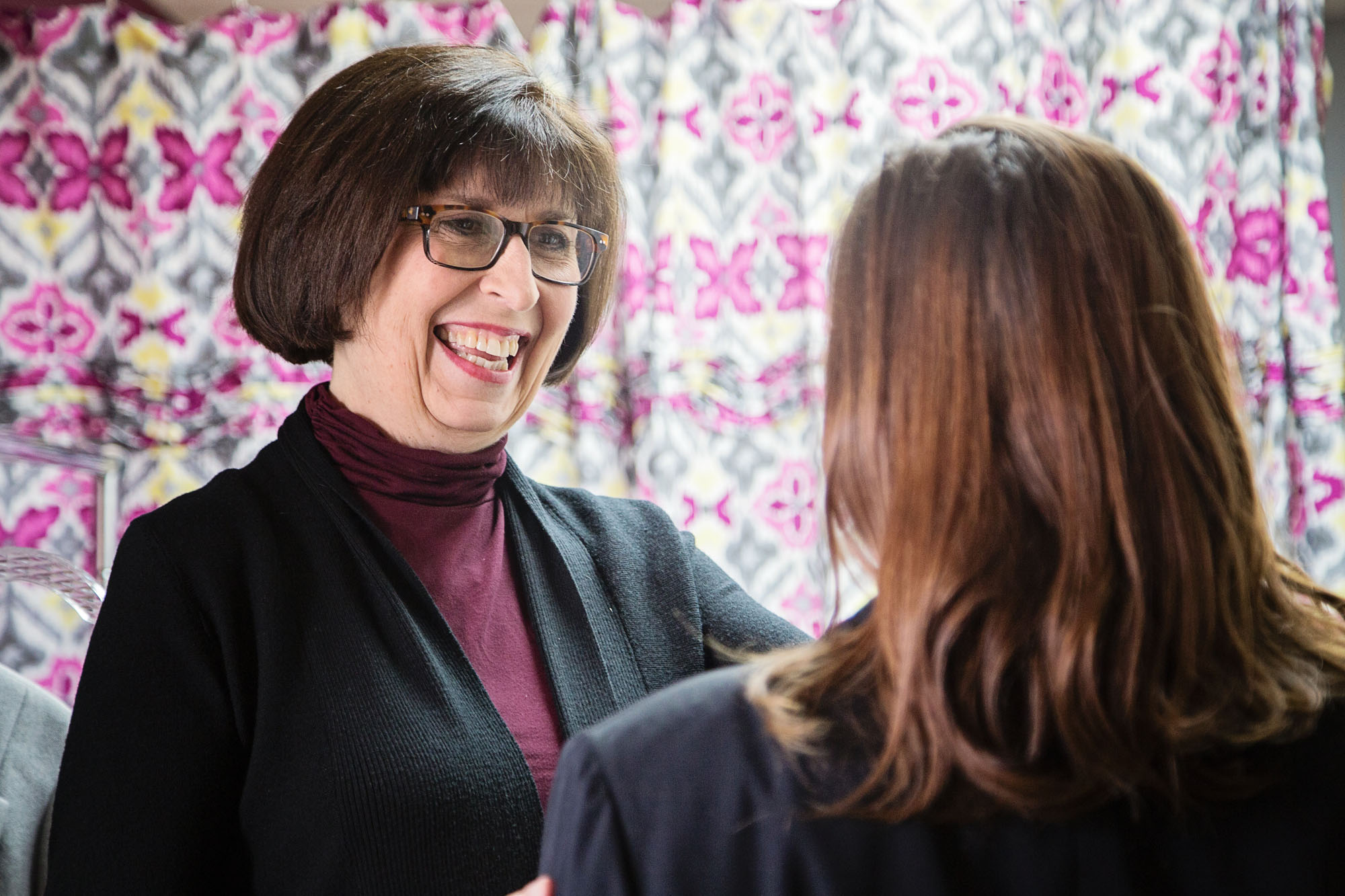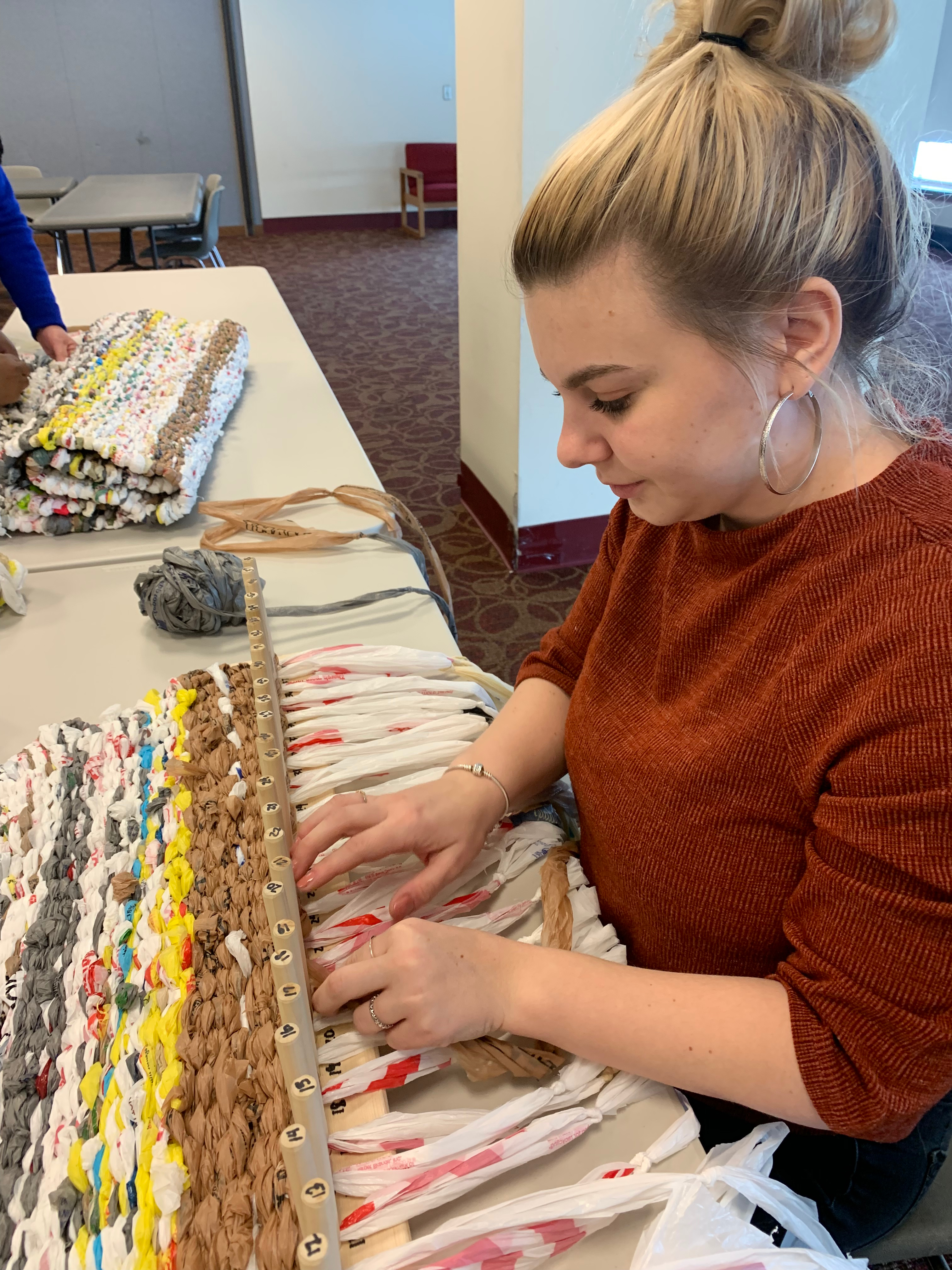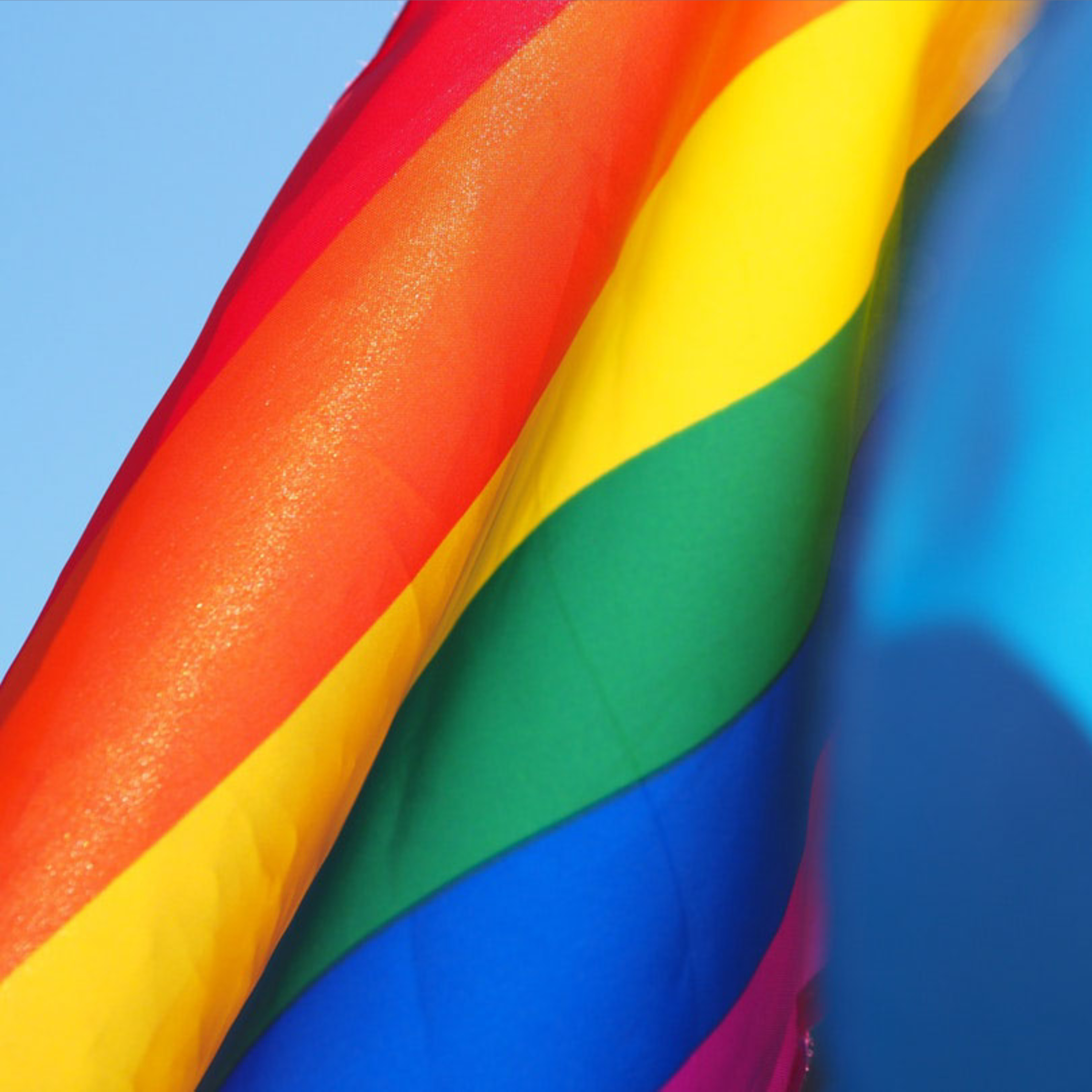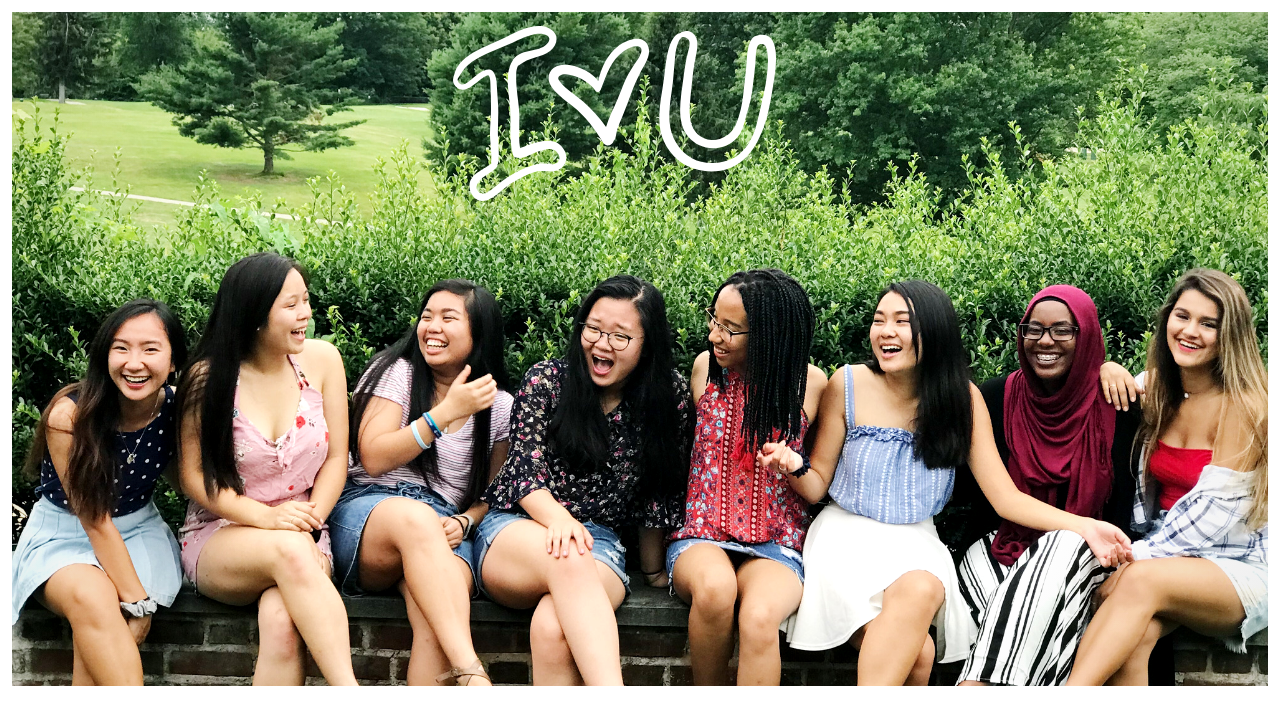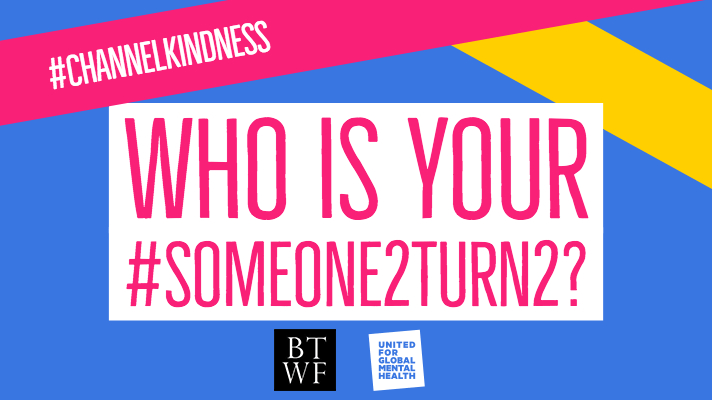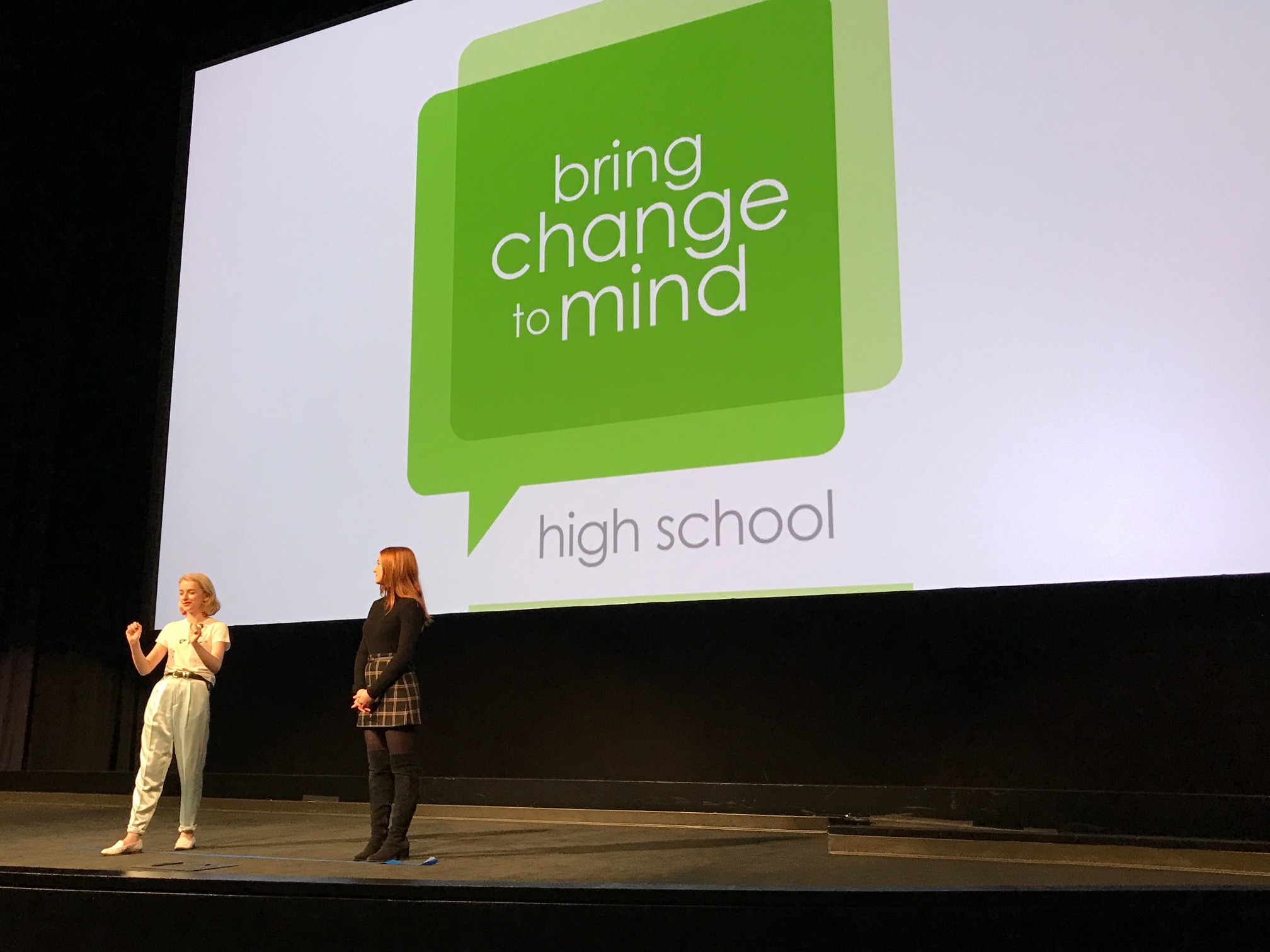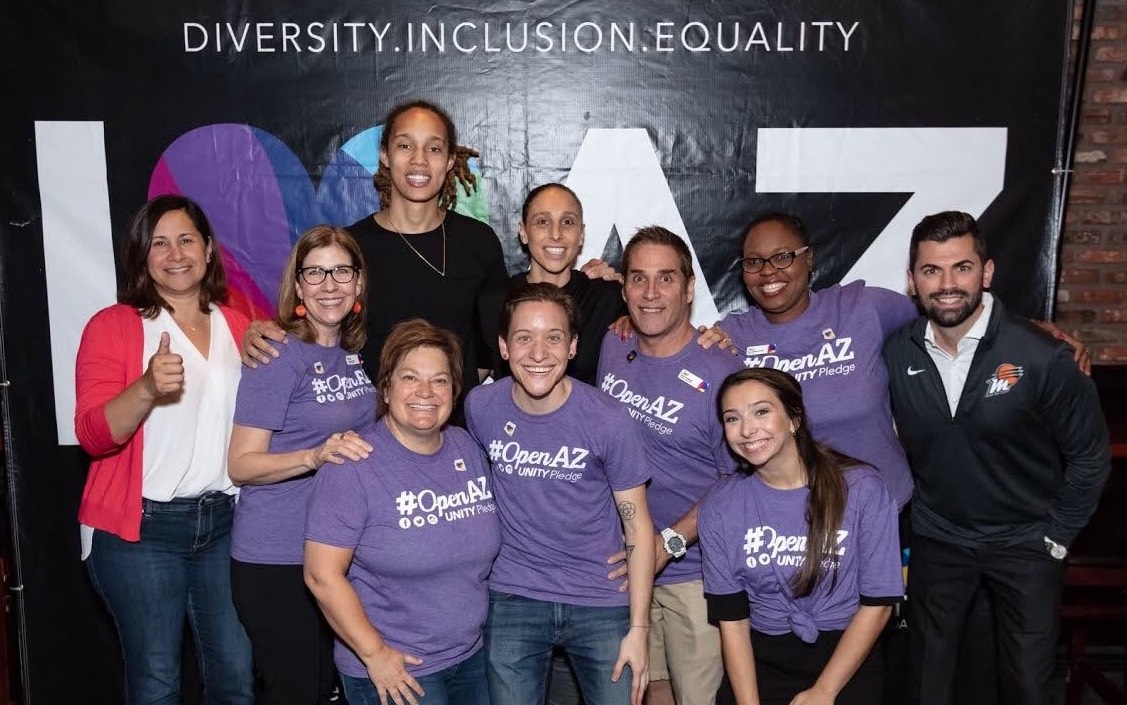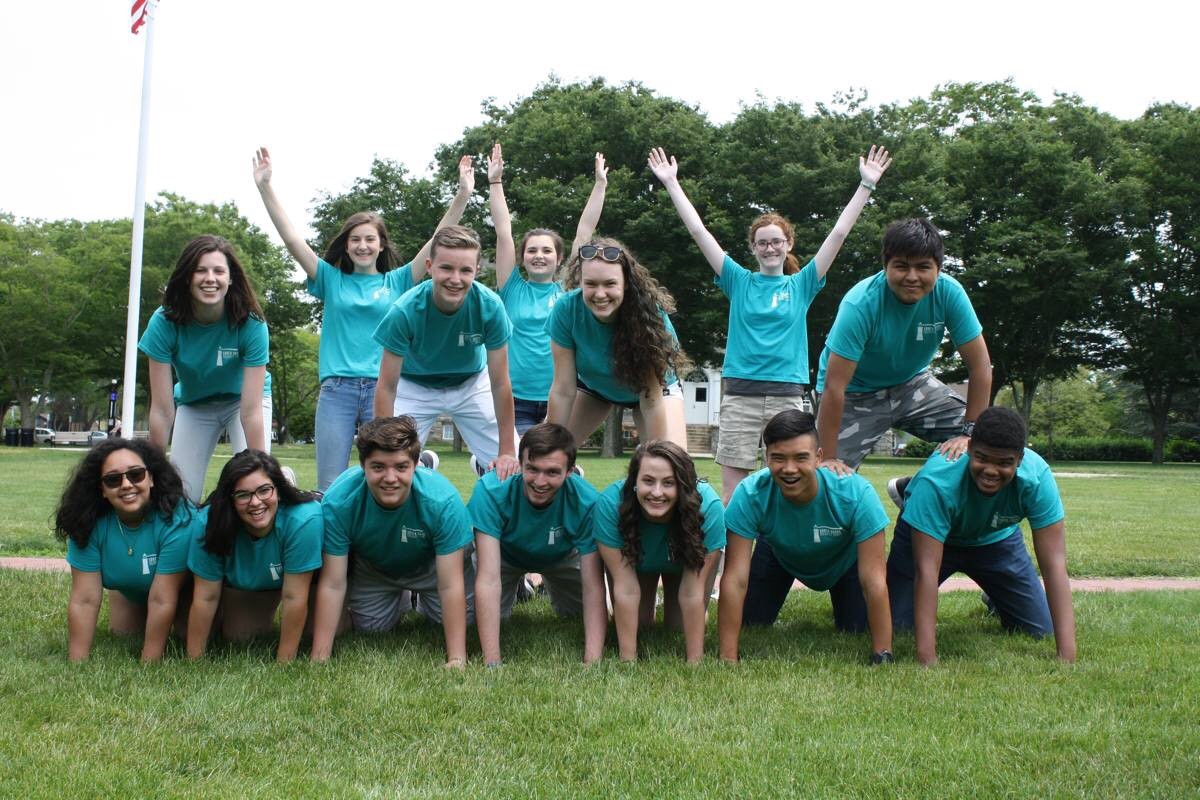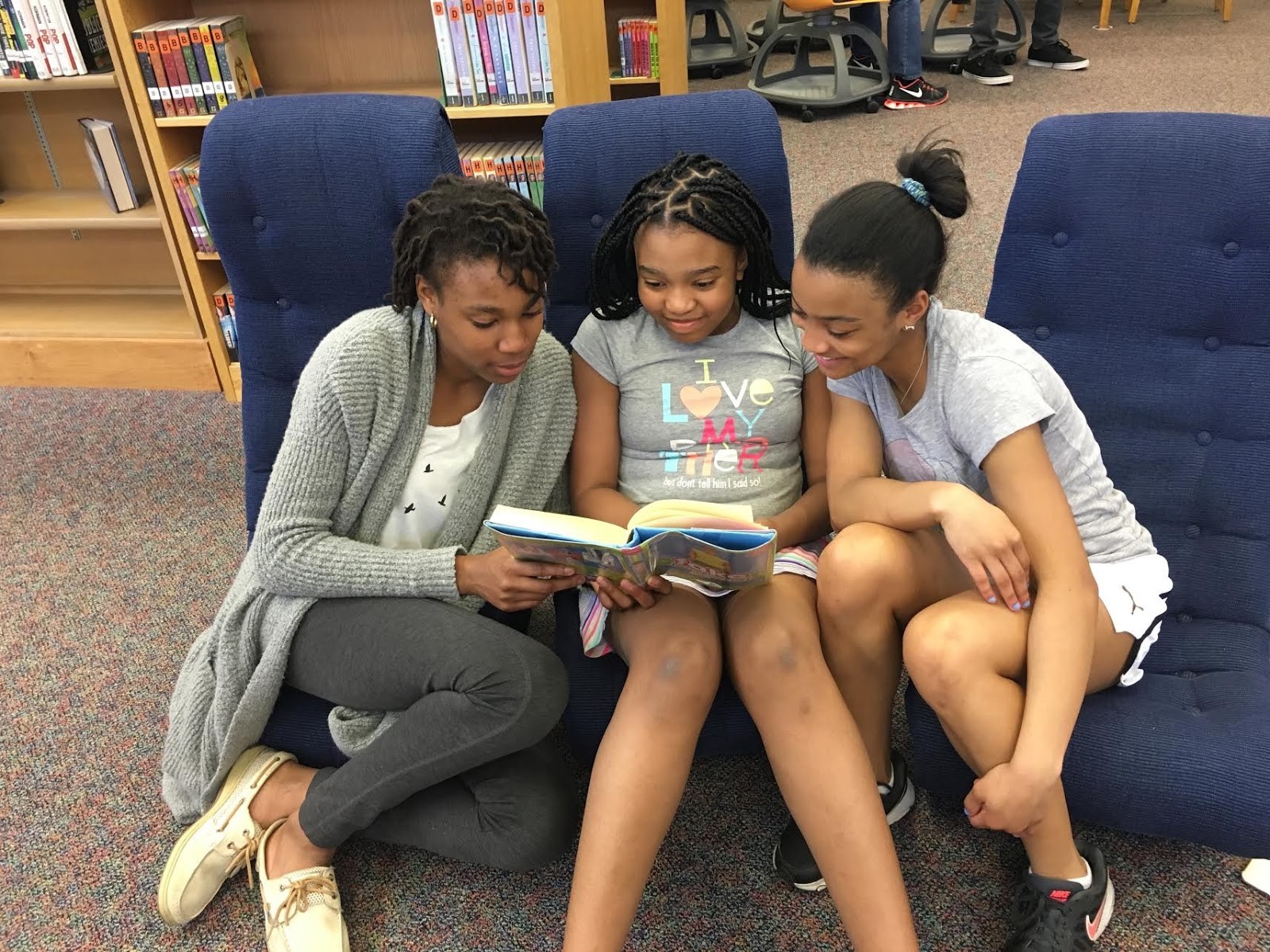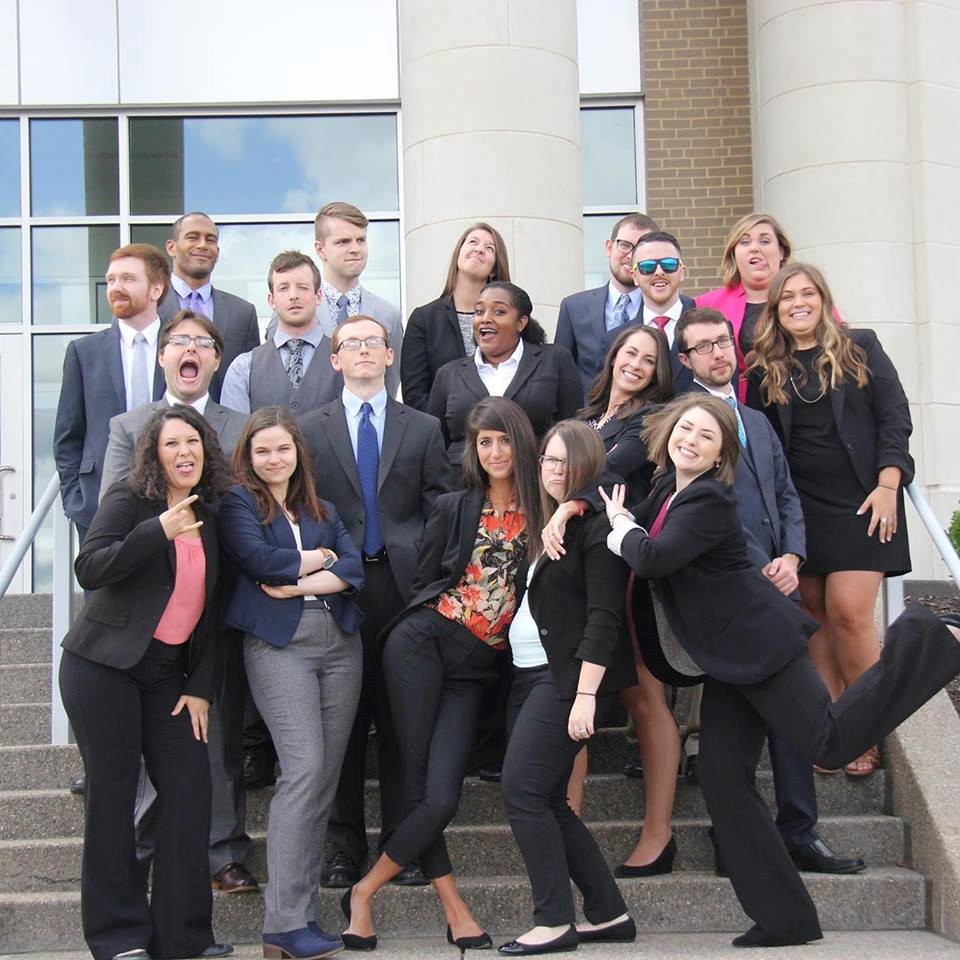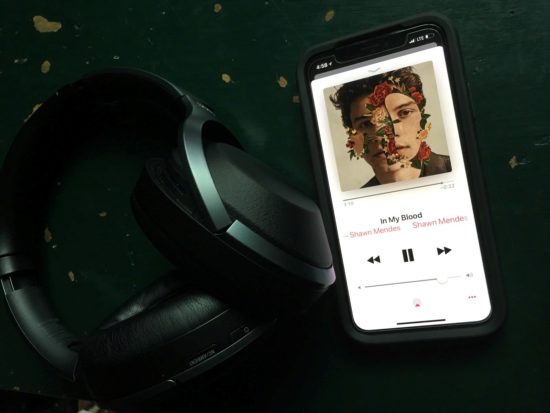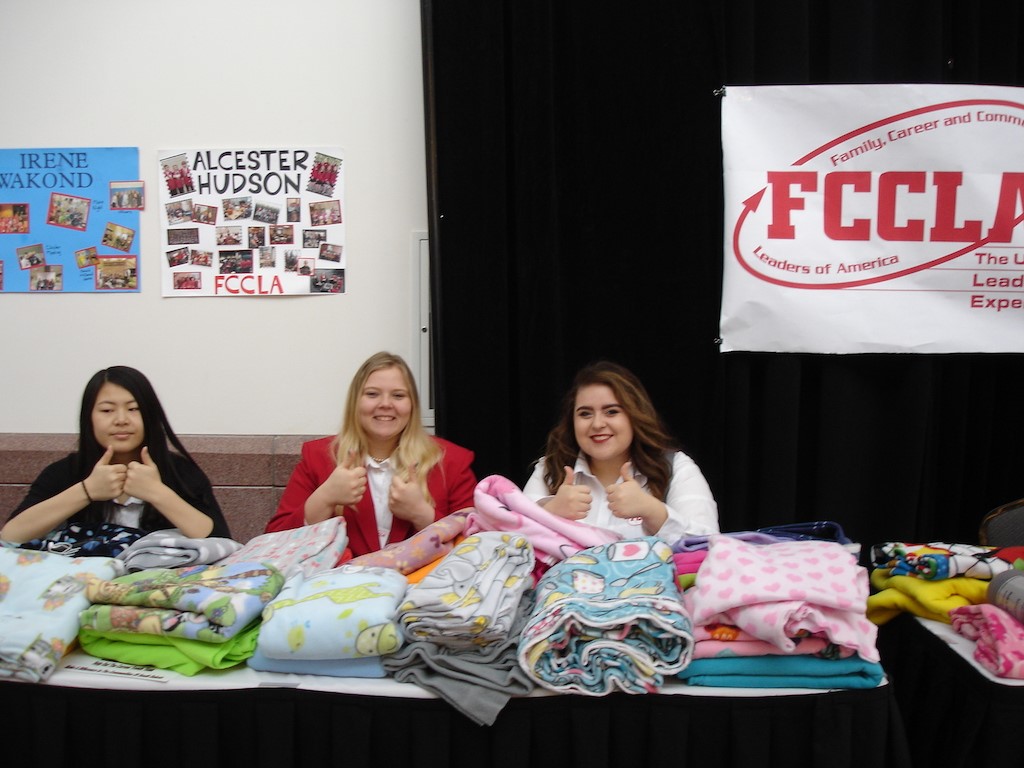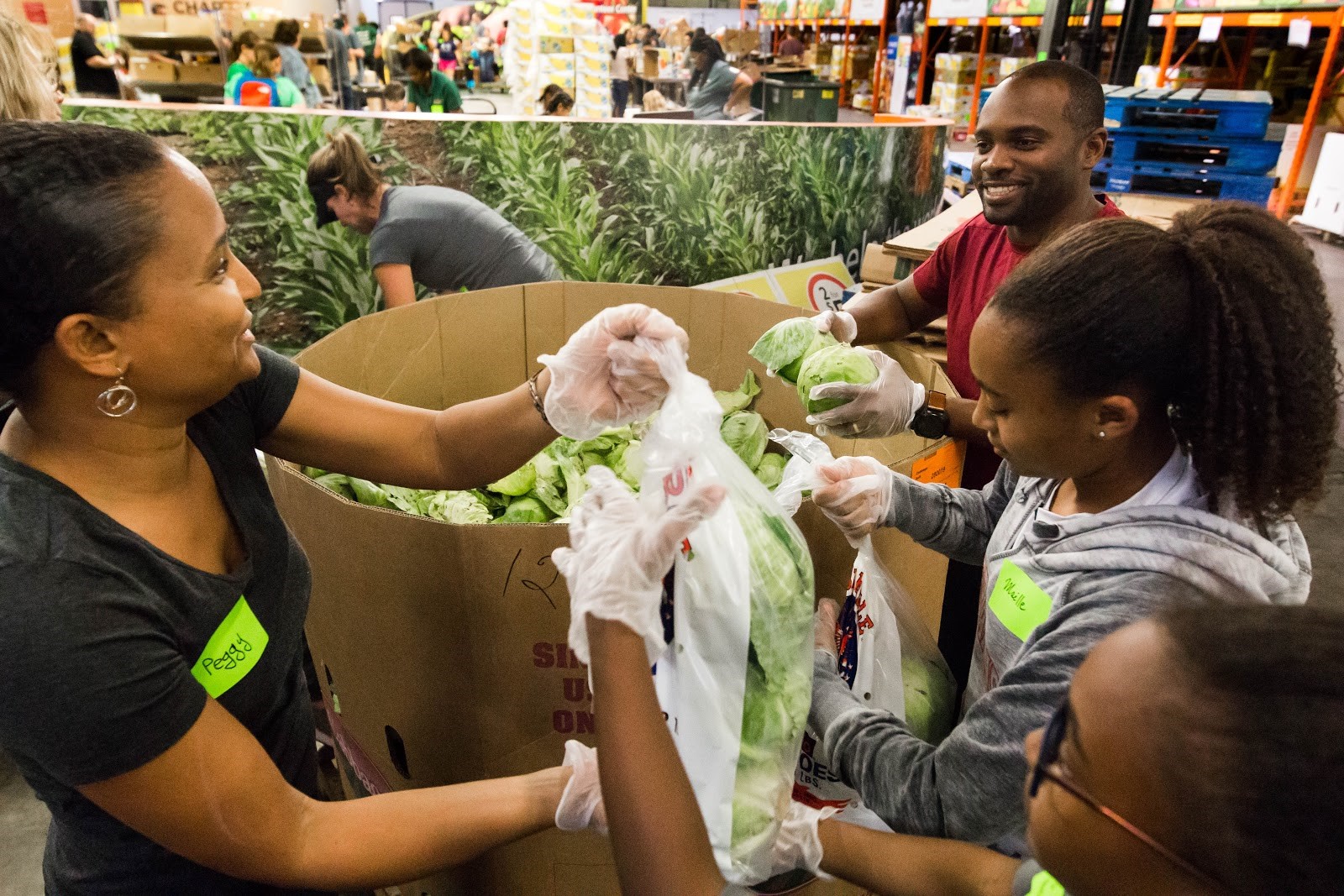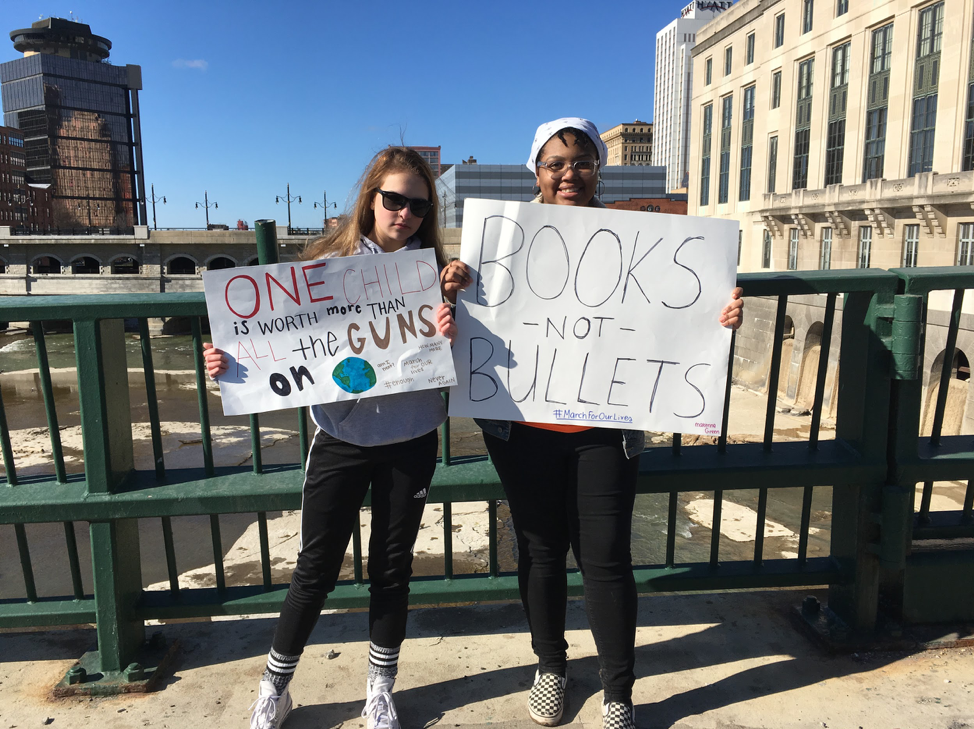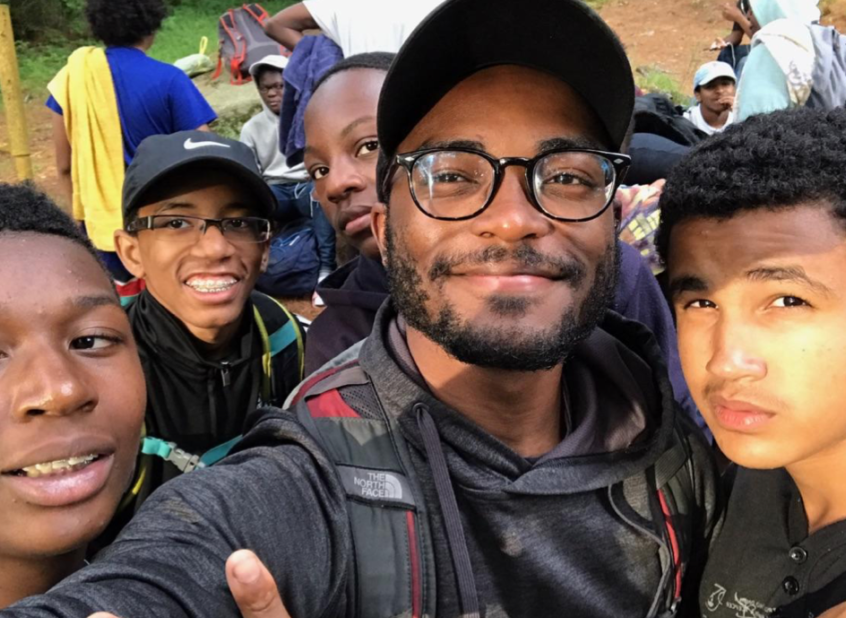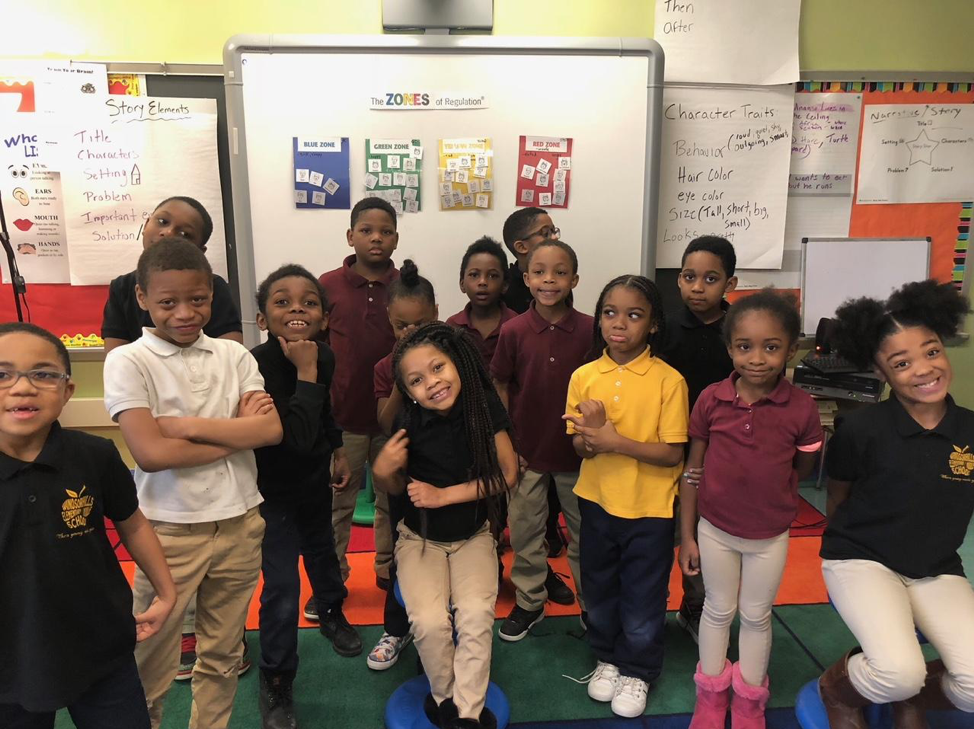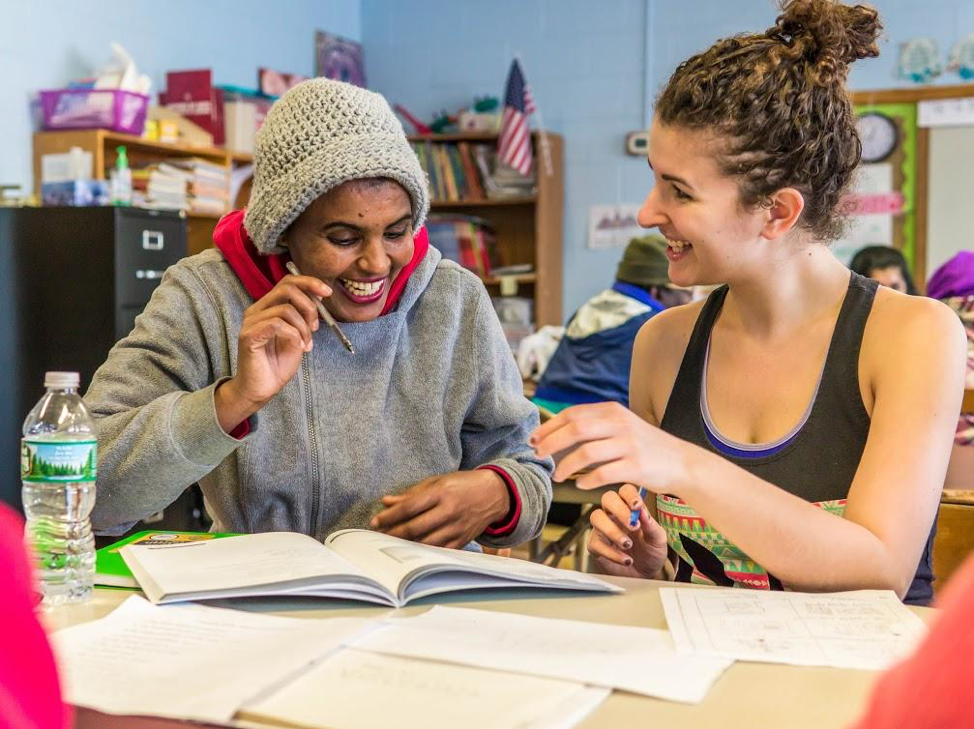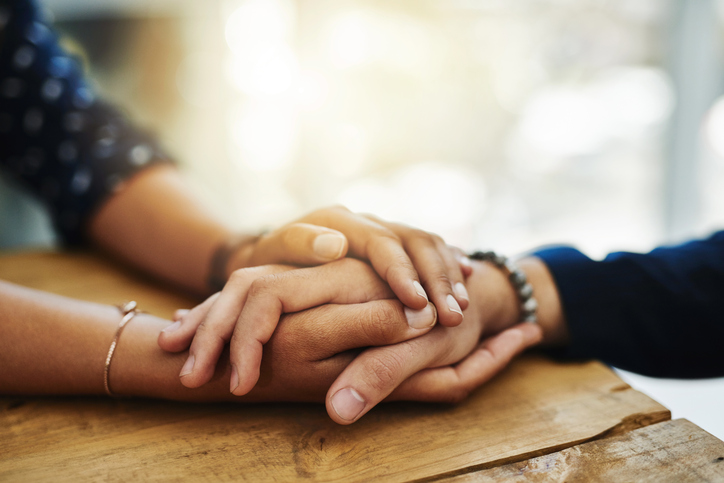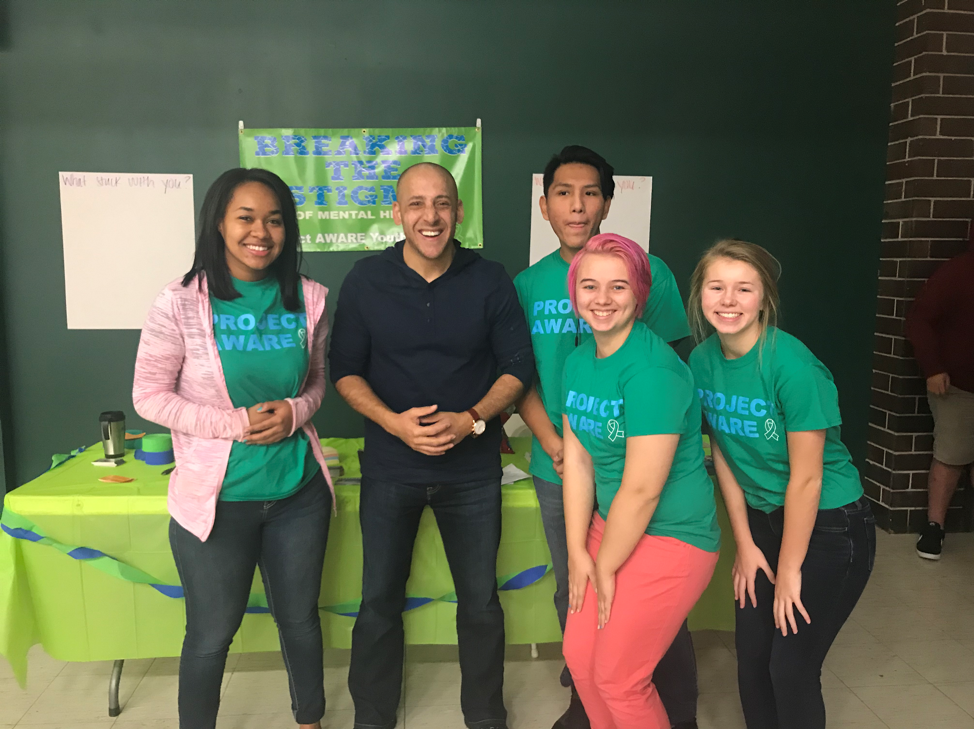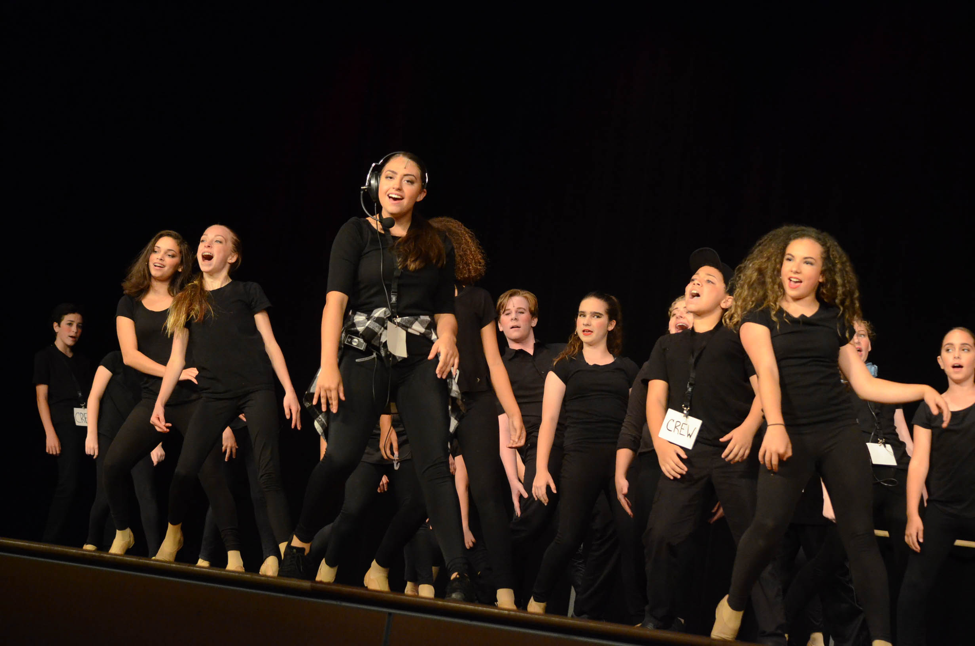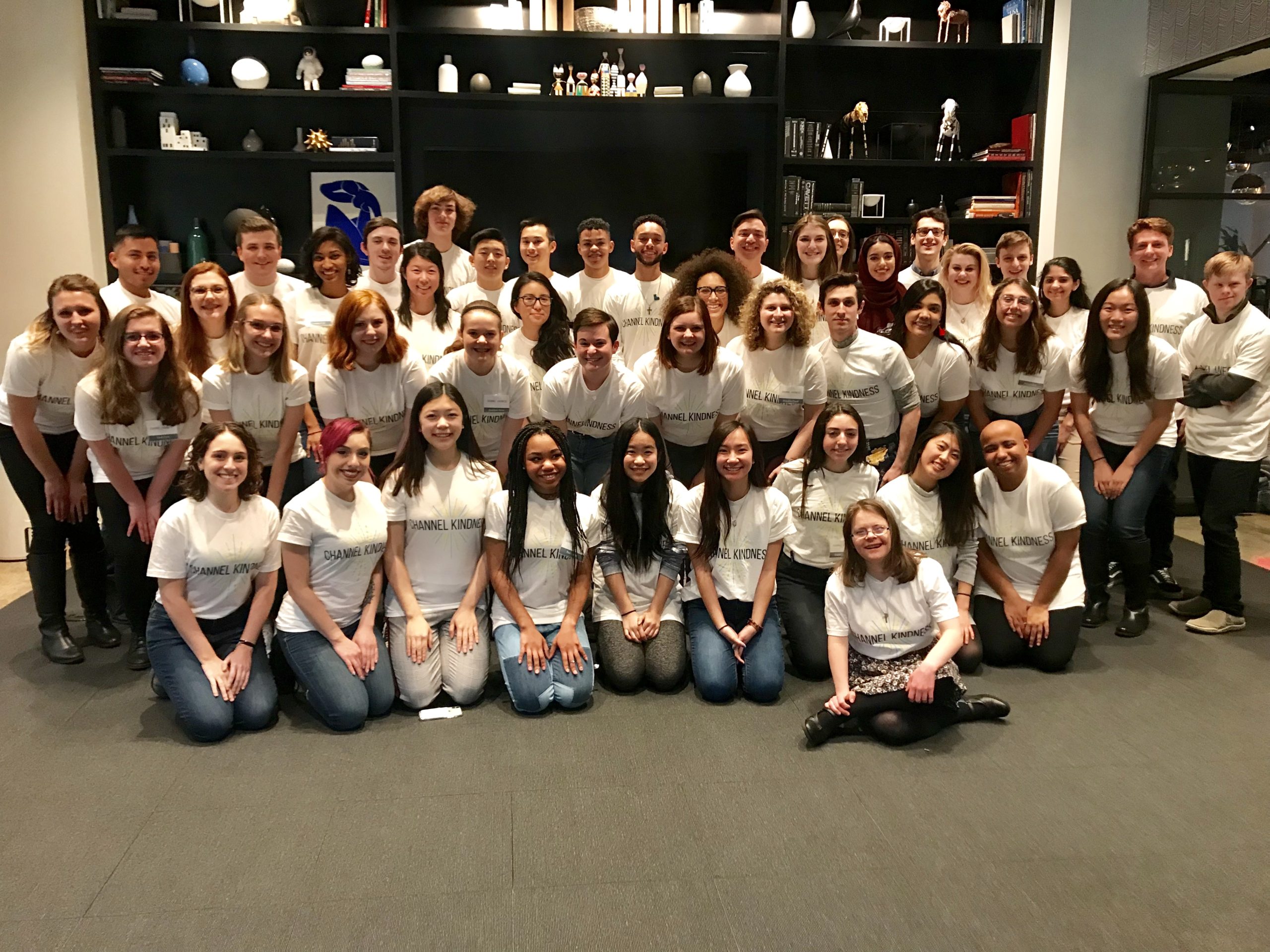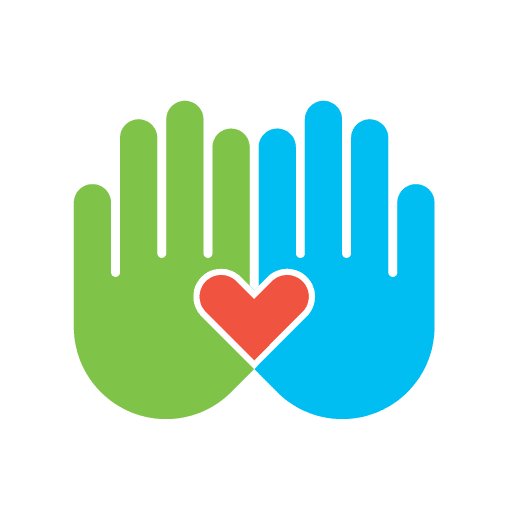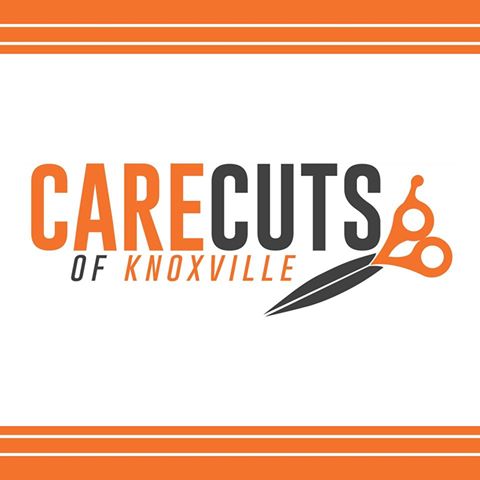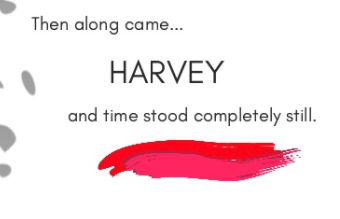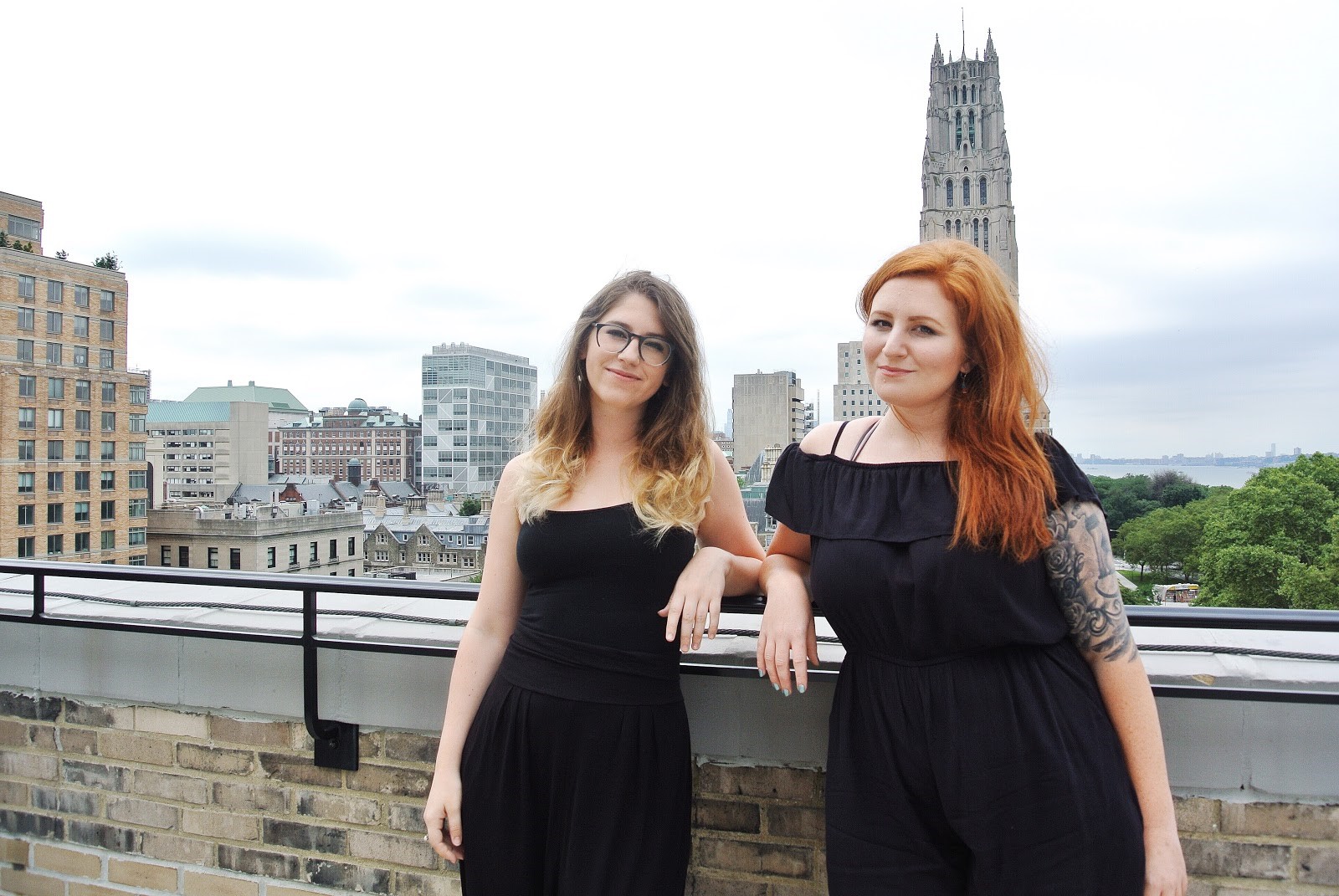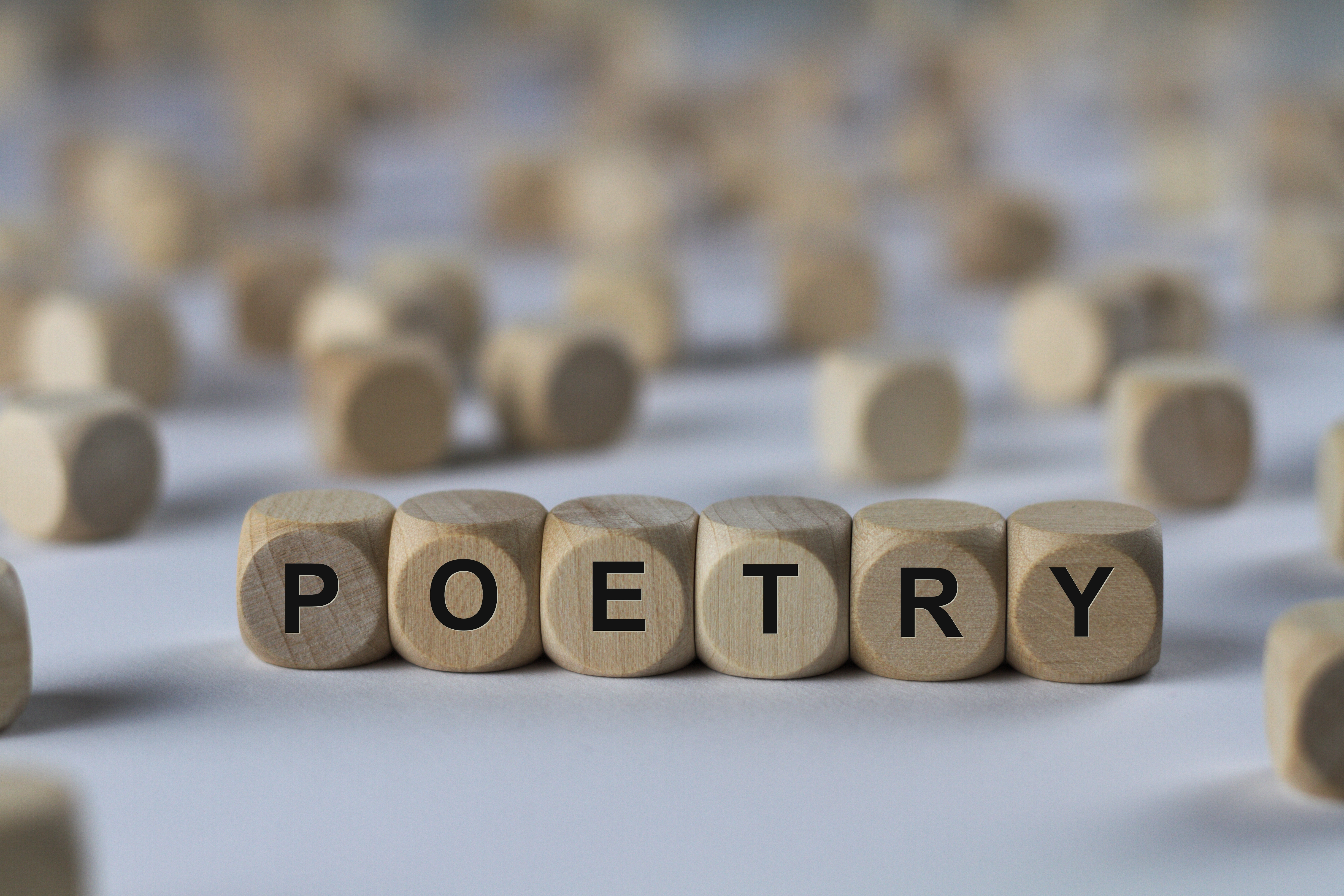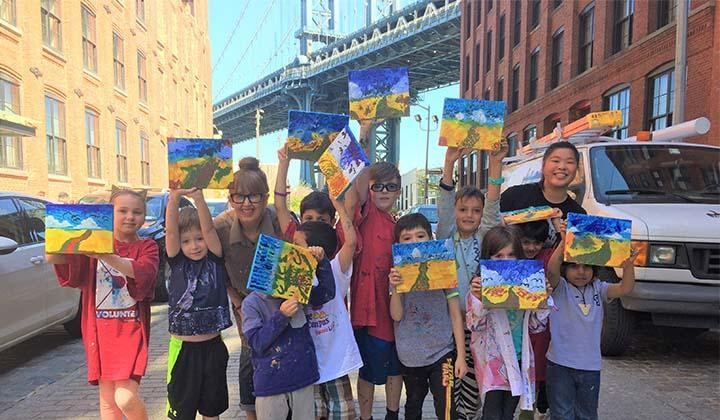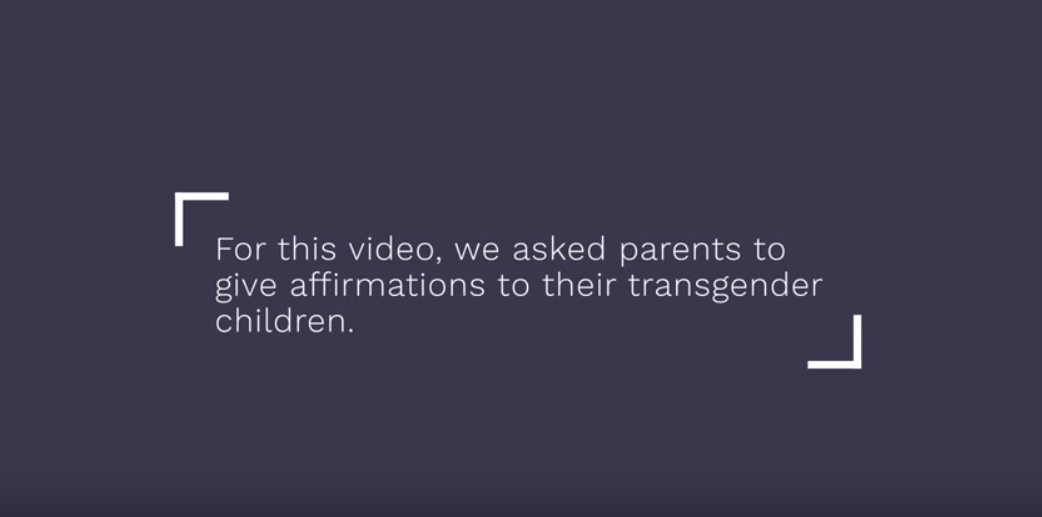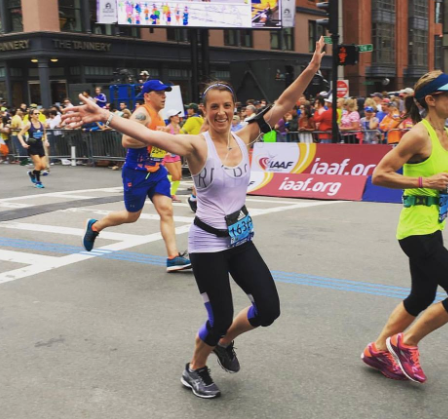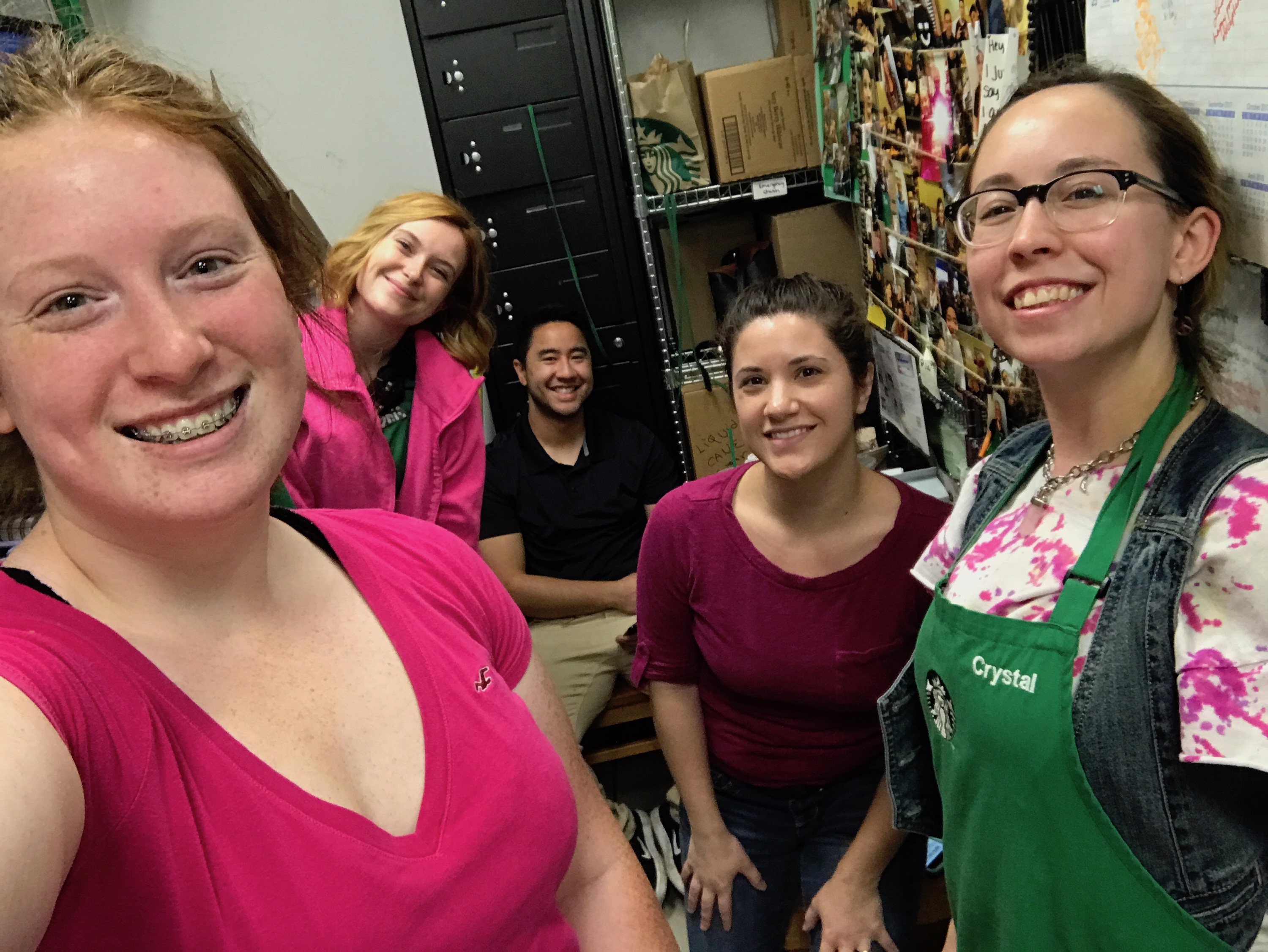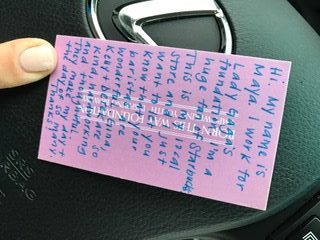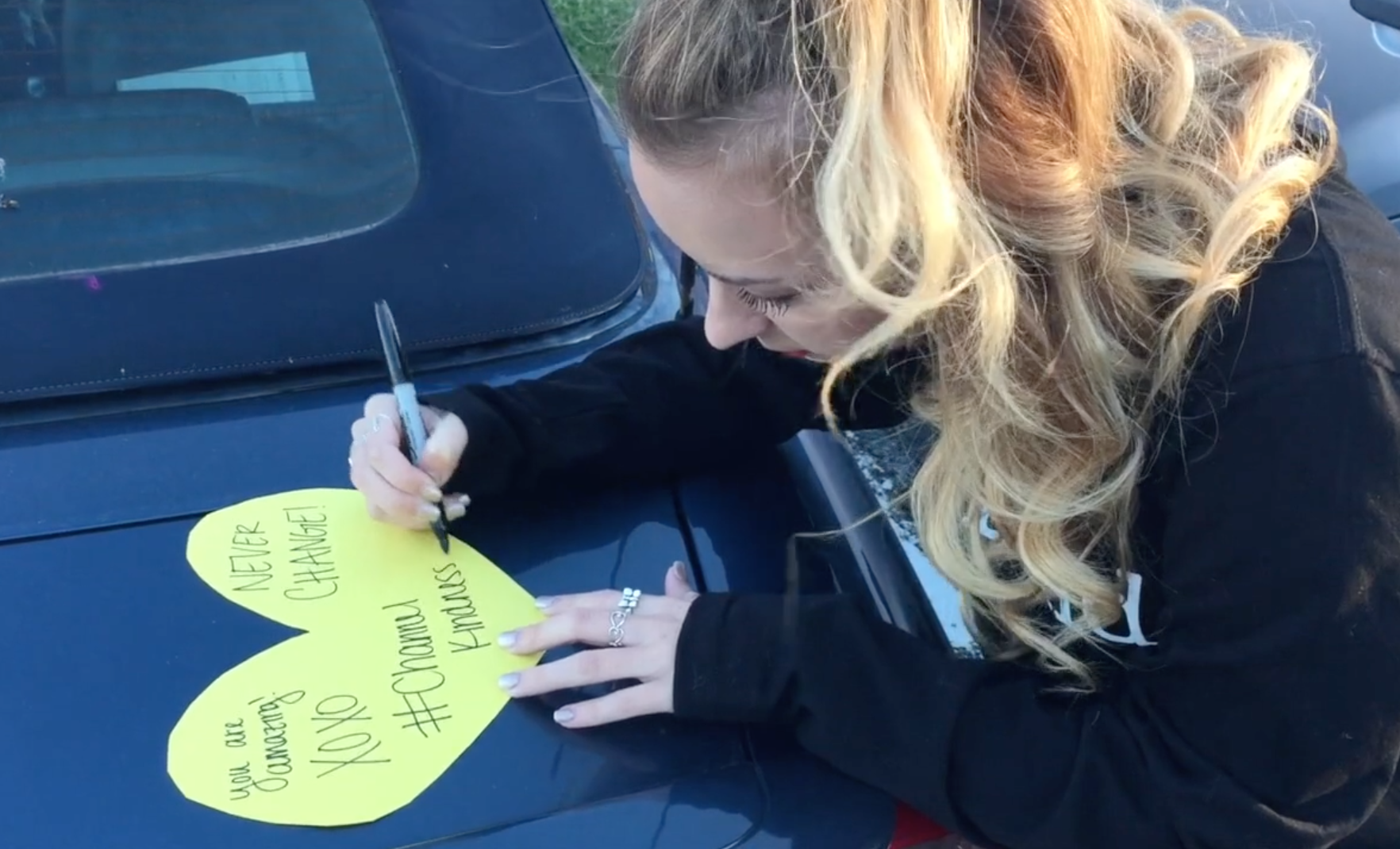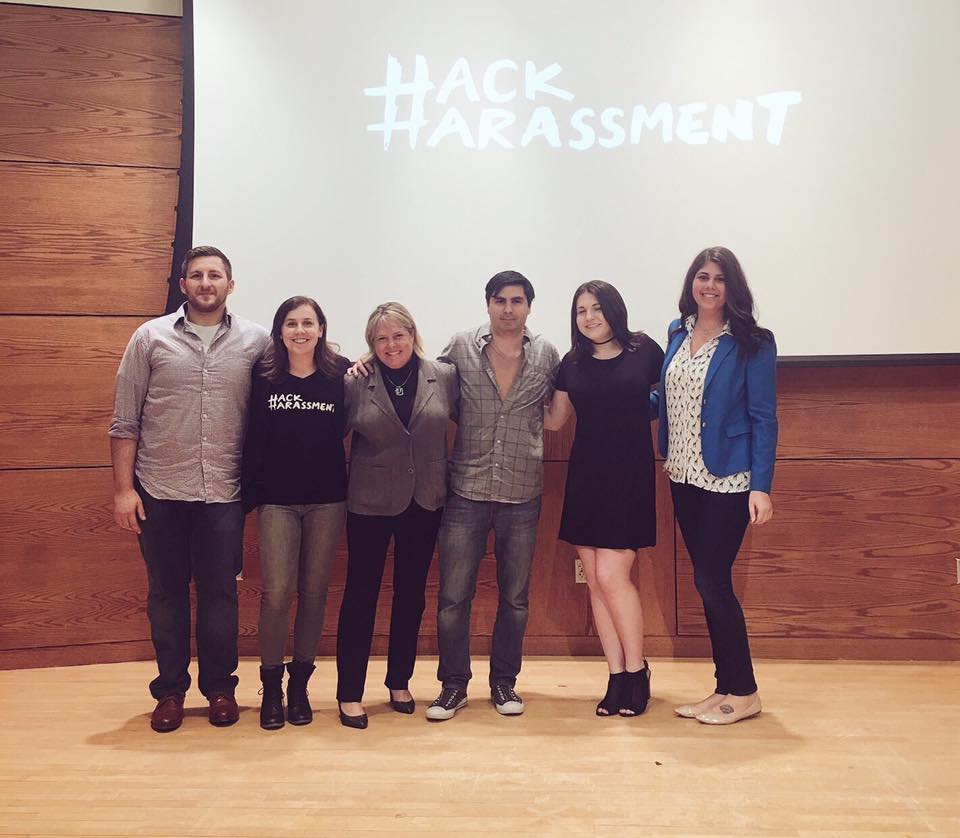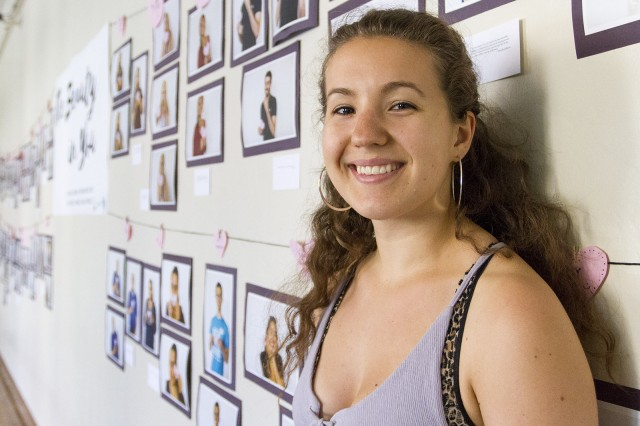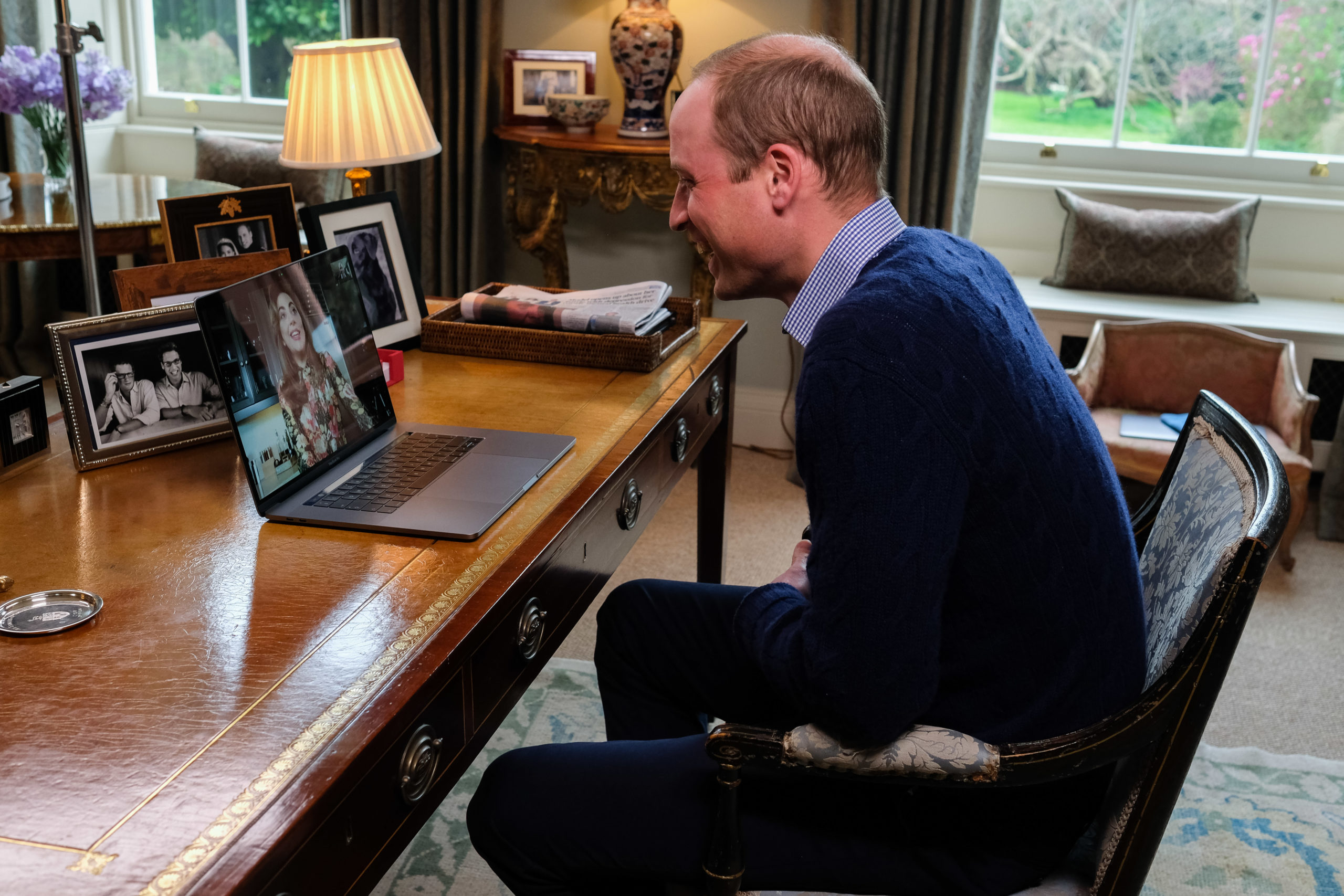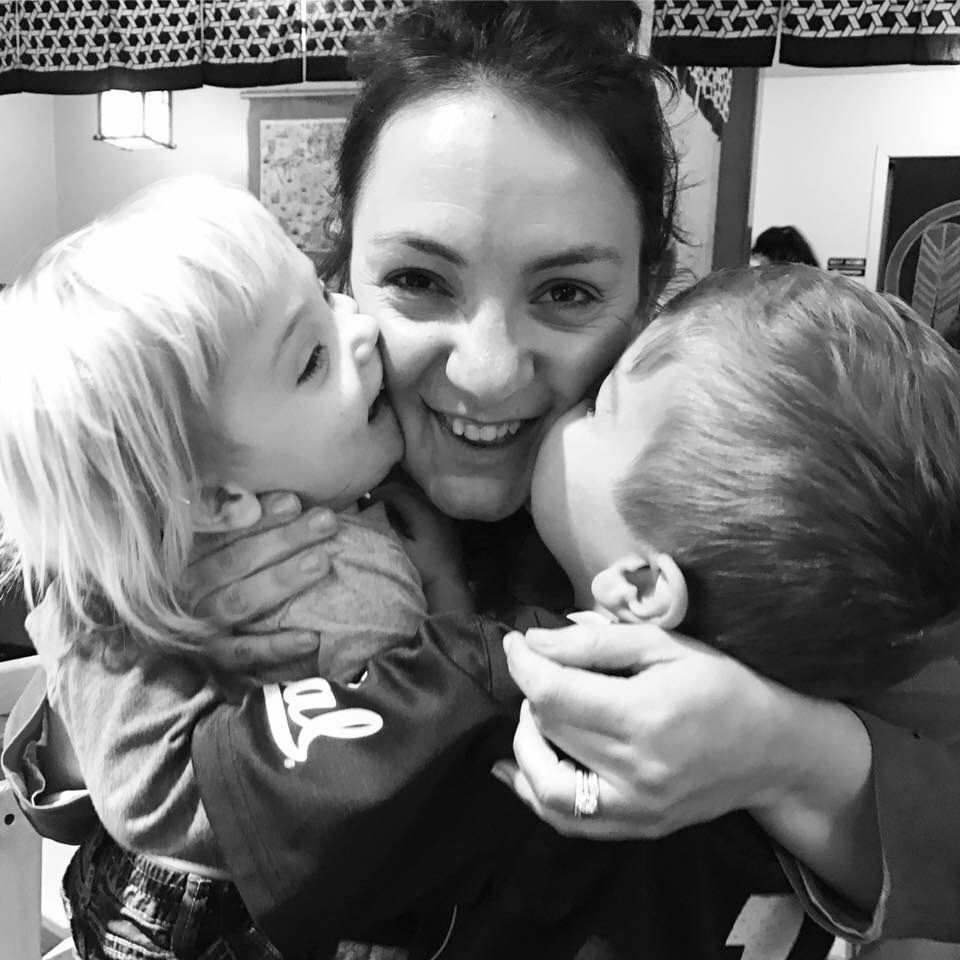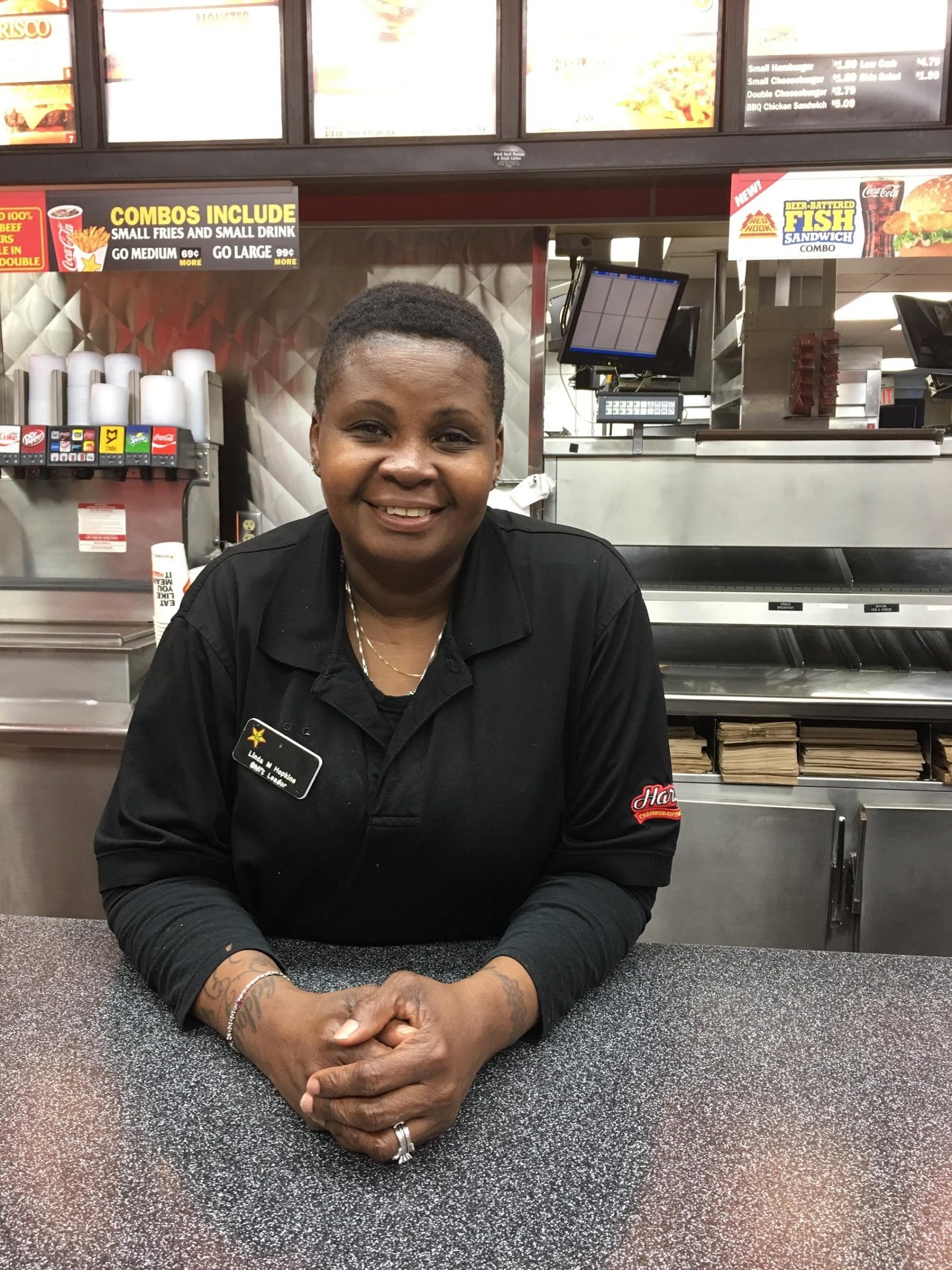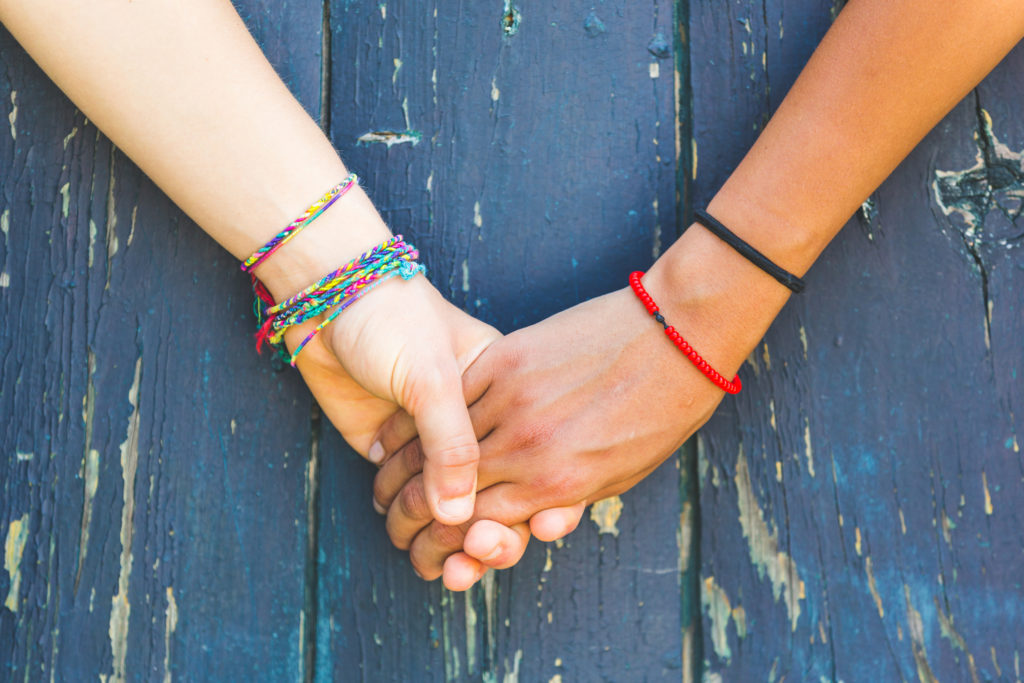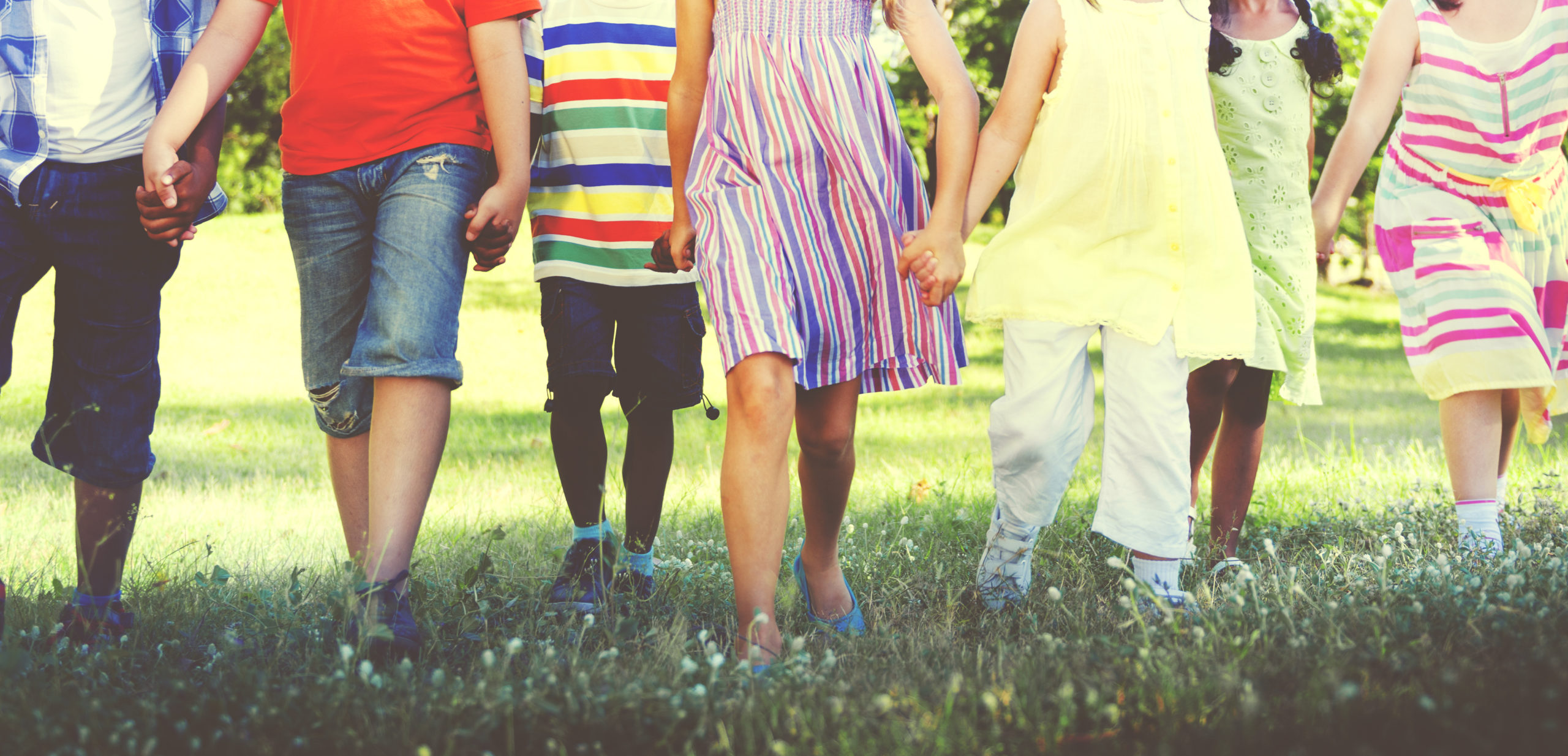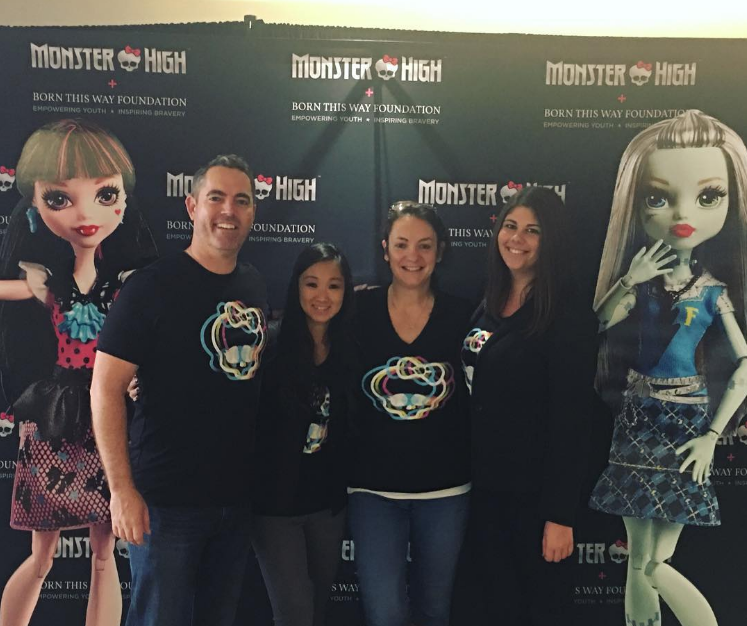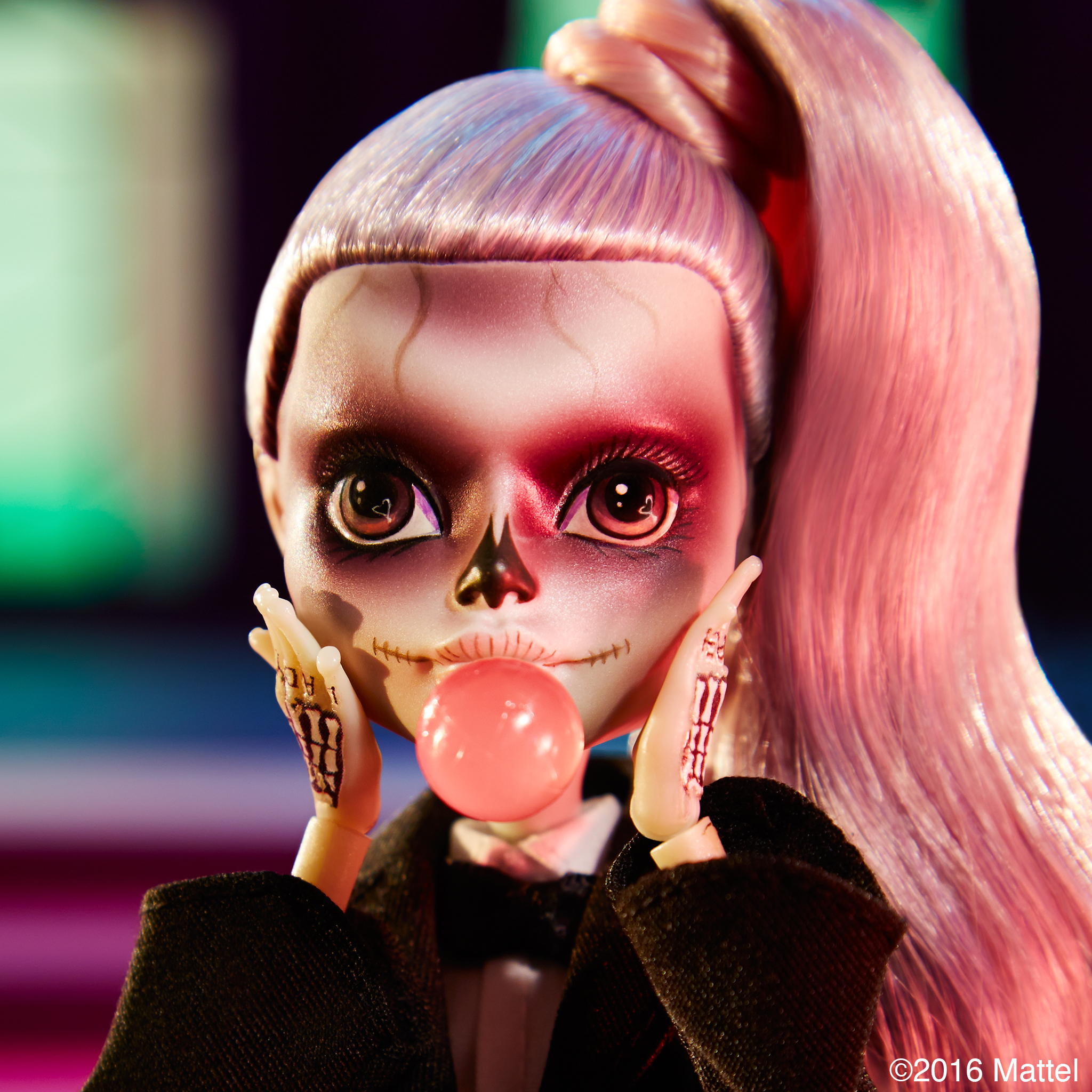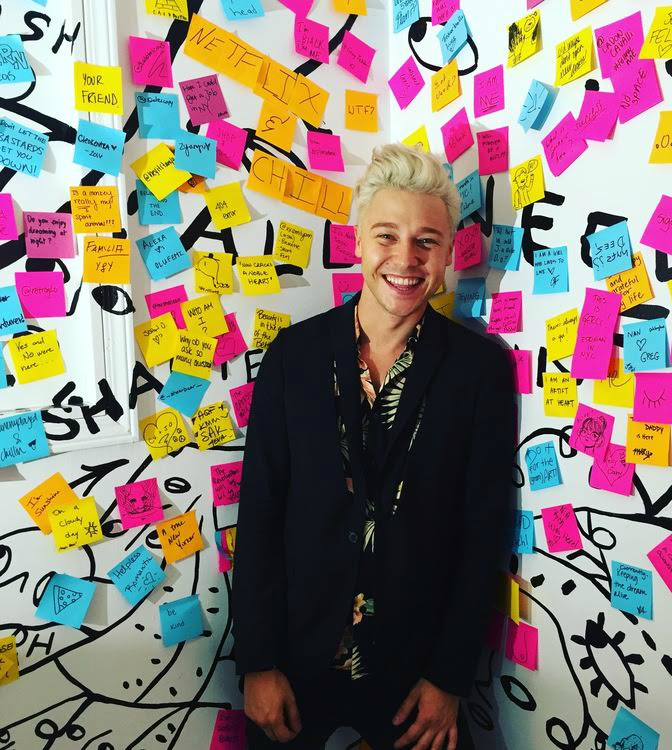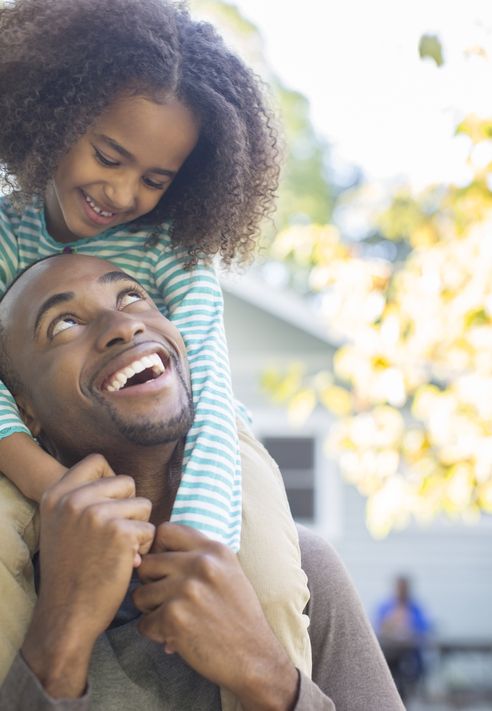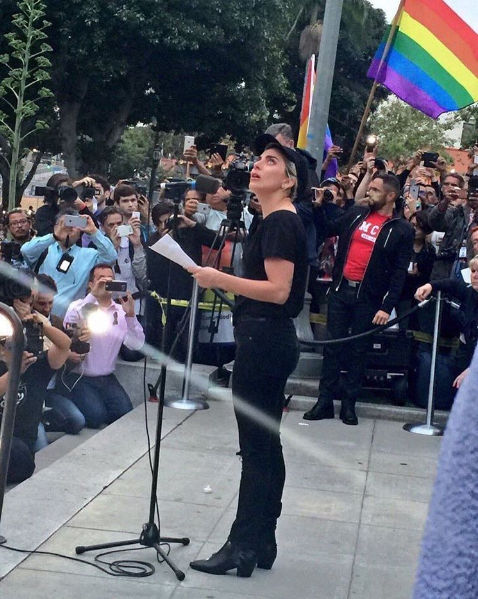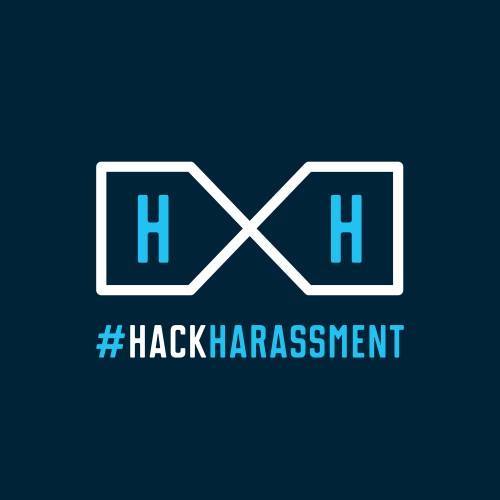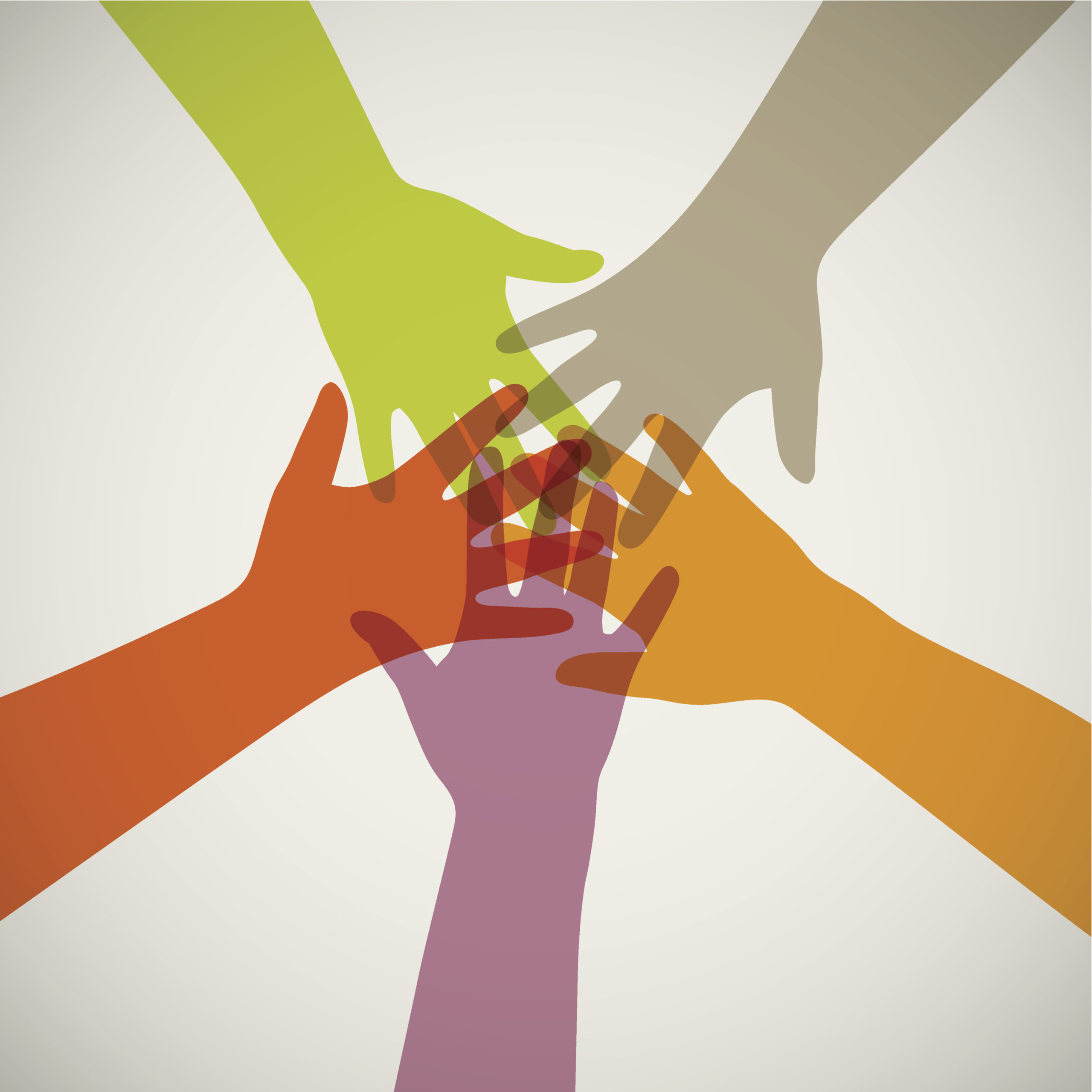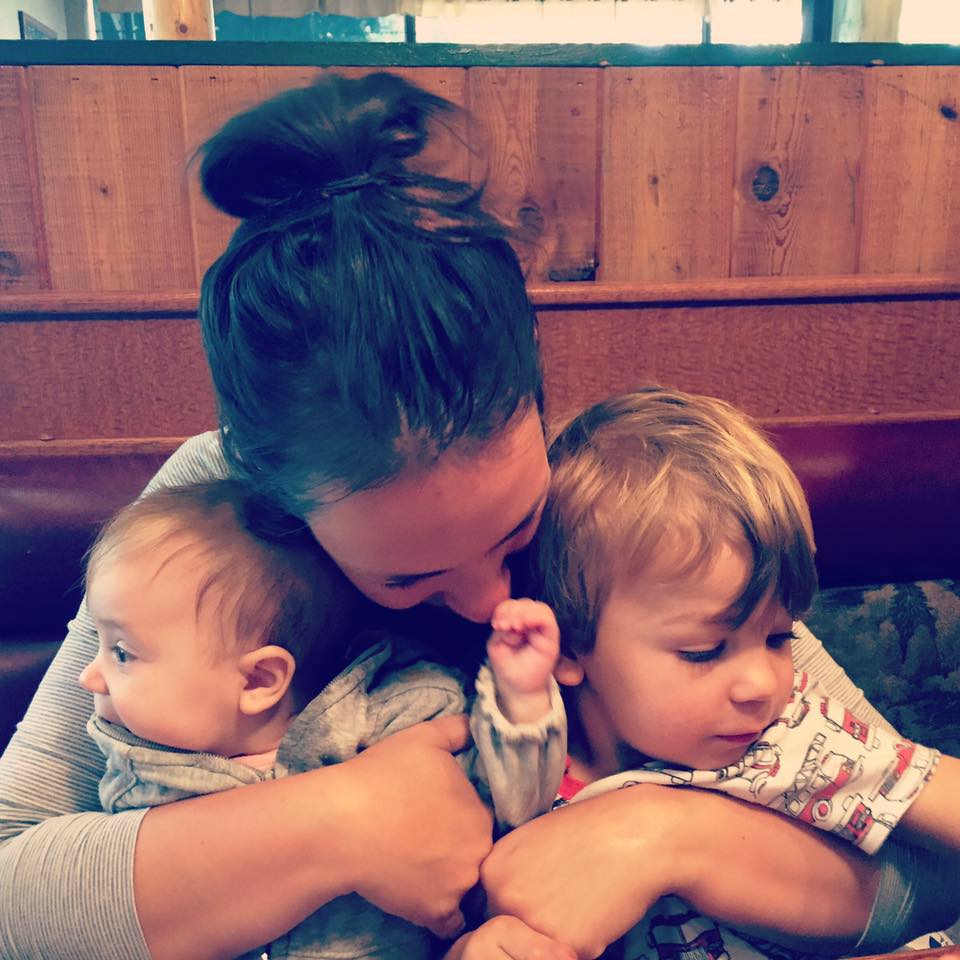As we wrap up Mental Health Awareness Month, we’re proud to feature a guest blog from Barbara Van Dahlen, founder and president of Give an Hour. Give an Hour is a non-profit that fights the stigma around mental health by providing services to our military service members and veterans. You can find out more about Give an Hour’s mission and their work here.

In 1975, my dad helped me get my first job. I bagged groceries at the local super market in our small town in rural California. It was the summer before my junior year in high school. I was 15 years old. Sunday, June 22nd, was a typical hot summer day. The store was packed with shoppers as I moved from register to register filling bags with cans and cartons.
Sometime that afternoon the store manager walked over to me and said that I was done for the day – my stepmother was picking me up. I was confused and thought I had done something wrong. A few minutes later Joyce appeared – she looked tense and upset. We started walking toward the car and I begin peppering her with questions. She finally turned to me and said, “David drowned – we’re going home now”.
For years, I blamed my stepmother – probably hated her – for delivering the news that shattered my life. My beloved older brother – the cool, hip, vegetarian, hippie who taught me about music, macramé, and incense – was gone. David was 21 and had just graduated from community college – our family didn’t have the money to send him to a four-year university. But David was smart and did very well in school. Just before graduation he was accepted into the University of California on a partial scholarship. He would start classes in the fall to become a veterinarian. David lived with his girlfriend in the mountains near us – they went swimming that day at one of their favorite watering holes. His girlfriend had gone in first and been sucked under by the current. David jumped in, pushed her to safety and was pulled under himself.
Sadly, this wasn’t the first tragedy in my life. My mother had a psychotic break soon after I was born and was later diagnosed with schizophrenia. After my father tried to help her for eight difficult years – my parents divorced, my mother disappeared and my dad was left with three boys and a little girl to raise. My dad soon married Audrey – a lovely woman who took good care of me. Tragically – Audrey’s 26 year-old daughter was killed in a car crash two years later. She and my father divorced soon after.
I remember feeling unbearable pain when David died. I was so angry – so afraid and so lost. I remember that I didn’t want to get out of bed – I’m sure I didn’t want to live. David had always been there – looking out for me, his tag-along little sister. And now he was gone.
Fortunately, my father – the World War II veteran – was a very good man who was devoted to us kids. I know that David’s death nearly killed him. I also know that he held himself – and our family – together as best he could because he knew how much I needed him to. I don’t know if I would have survived my brother’s death without him.
David’s death was not the last tragedy I would face. Six months after he drowned – Joyce’s 17-year-old son developed a rare illness and died. And then, when I was 27, I lost my dad to a heart attack.
Clearly, I suffered a great deal of emotional damage as I was growing up – but no one really acknowledged or talked about it. We didn’t have the language to talk about it and everyone in the family was just trying to survive.
But there were definitely signs had anyone been looking. I was angry much of the time and soon after David’s death, I started taking control over my eating and my body in ways that were not healthy. I was trying to get control over something, anything – as the world continued to deliver loss and pain on a regular basis.

Not surprisingly, I lost most of my friends after my brother died as they backed away from me. They were teenagers too – who were dealing with their own challenges and probably had no idea how to help me.
I was also a hard-working, smart and capable kid who got great grades, was a diver on the swim team and the head of our high school drill team. Indeed, it might have appeared to a casual observer that I was functioning well – resilient even – but I was hurting. I would have been so much healthier and happier if someone had recognized the signs and reached out to help me.
Needless to say, the rest of my adolescence and early adult years were challenging – relationships were chaotic and often resembled multi-car train wrecks. I continued to succeed in school – but I was guarded and felt like an outsider.
After finishing college, I moved east for graduate school. It’s not surprising that I wanted to be a psychologist. I wanted to understand mental health, mental illness and the impact of trauma on people who survive it. Fortunately, because of some great therapy I got while I was in grad school, I finally began to understand how my own tragic early life affected me.
I was living just outside of Washington DC on September 11, 2001 when our nation was attacked. It was such a frightening and uncertain time – so many people were suffering. As we moved toward war in Afghanistan and then Iraq, I began to think about harnessing mental health professionals to help service members, veterans and their families. My father suffered from undiagnosed post-traumatic stress after WWII – I wanted to do what I could to prevent others from experiencing the long-term consequences of war.
Building Give an Hour – the national nonprofit organization that I have led since 2005 – has been a privilege and an honor. Our generous volunteer mental health professionals have given over 220,000 hours, valued at over $22M to those who serve and their families. This free care has helped to heal countless families and save numerous lives.
But several years ago it occurred to me that we were overlooking a critical element in our effort. We were expecting service members – some of the bravest men and women in the world – to come home, raise their hand and say, “Excuse me, I’m struggling here. I need some help” when we don’t do that in our culture. We don’t talk about mental health the way we do physical health – we don’t talk about emotional well-being the way we talk about physical well-being. And we still treat people who have mental illness as if they somehow deserve their fate.
In 2015 – with First Lady Michelle Obama as our first champion – we launched the Campaign to Change Direction, a collective impact public health effort focused on changing the culture of mental health. In addition to our former first lady, we have been fortunate to have many other celebrities and influencers add their voices to this critical cause including Dr. Jill Biden, Prince Harry, Brian Wilson, Richard Gere and Chris Stapleton.
The Campaign focuses on creating a common language that helps everyone recognize the Five Signs that tell us someone we love may be suffering emotionally. Just like we know the signs of a heart attack, we can all learn these Five Signs – personality change, agitation, withdrawal, poor self-care and hopelessness – and if we see them, we reach out, connect and offer to help.
Recently, we added another key element to the Campaign – encouraging everyone to Learn the Healthy Habits of Emotional Well-being. We practice habits to keep us physically healthy. Isn’t it time we put at least the same energy into taking care of ourselves and our loved ones emotionally?
I have no way of knowing how my life might have been different if someone had noticed the signs of emotional suffering in me….but I have some ideas. And to be clear, this campaign is not about preventing people from hurting – because emotional pain and mental health challenges are part of the human condition.
I do know, however, that we can reduce emotional suffering, build healthier families and save lives if we learn to recognize and talk openly about what we see when we see it.
I do believe that together, we can Change Direction.
To learn more and to make a pledge to join us, visit www.changedirection.org


































































